The Old Money style is more than a fashion statement; it is a rich tapestry woven from the threads of history, culture, and an unspoken code of elegance and restraint.
Old Money embodies a lifestyle that depicts rich family heritage, traditional garments of high quality, and a nuanced understanding of luxury.
In this article, we’ll explore the depths of the Old Money style, from origins and aesthetics to the main garments, footwear, accessories, and the style’s image in modern times.
Old Money Origin
The concept of ‘Old Money’ refers to families that have maintained wealth over several generations, accumulating fortunes over centuries.
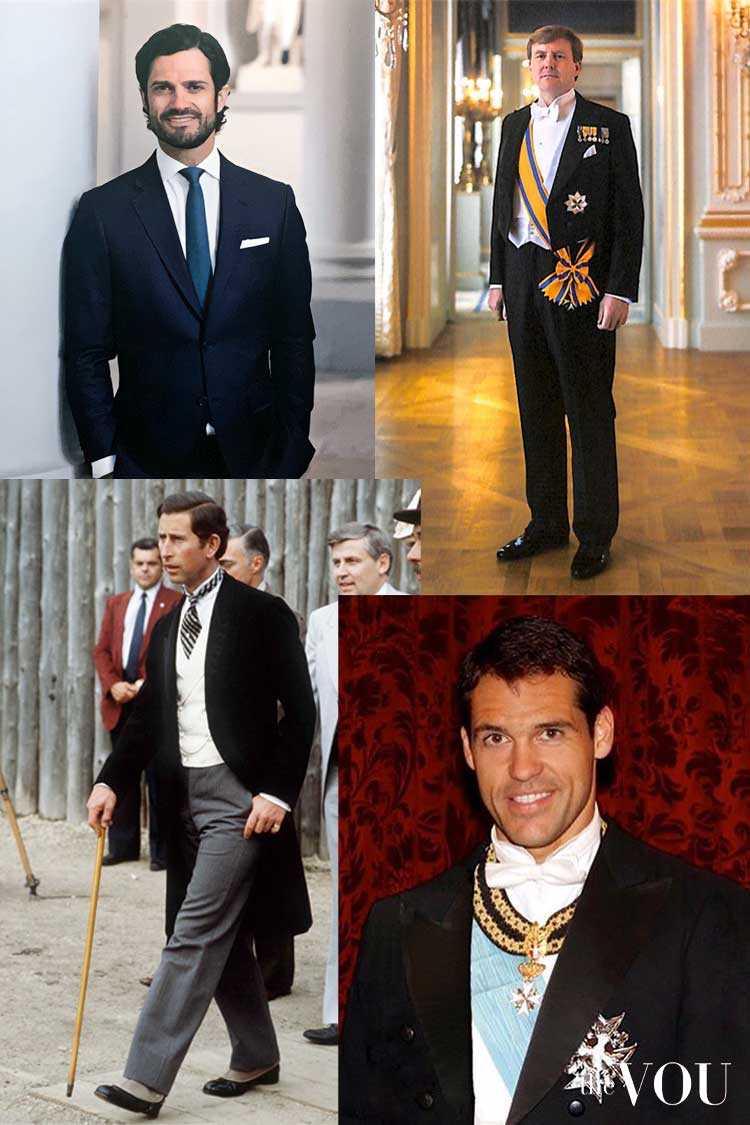
This wealth is not just financial but also cultural, passed down through traditions, such as family values and distinctive dressing styles that communicate status and class.
European Aristocracy to American Elite
The roots of the Old Money style can be traced back to the European aristocracy – the British and French royalty in particular – in times when garments reflected one’s social position and wealth.
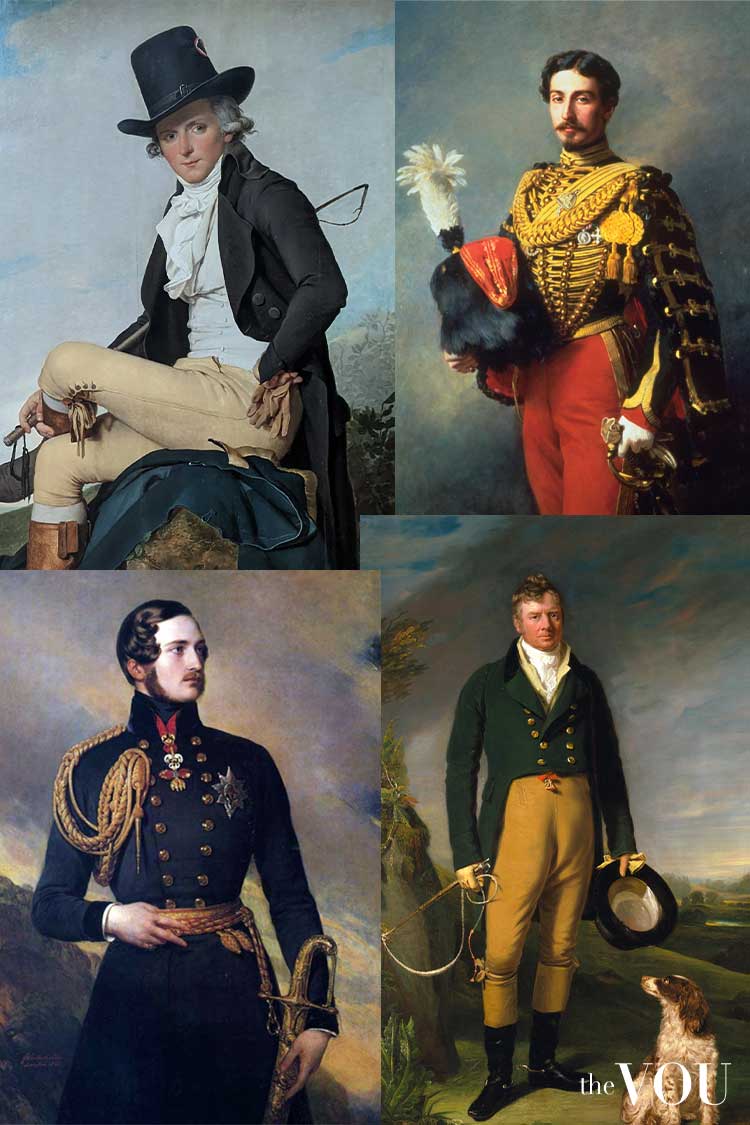
The British aristocratic dressing style influenced the American Preppy and is currently known as Sloane Ranger, while the French look evolved into what we know as the BCBG style.
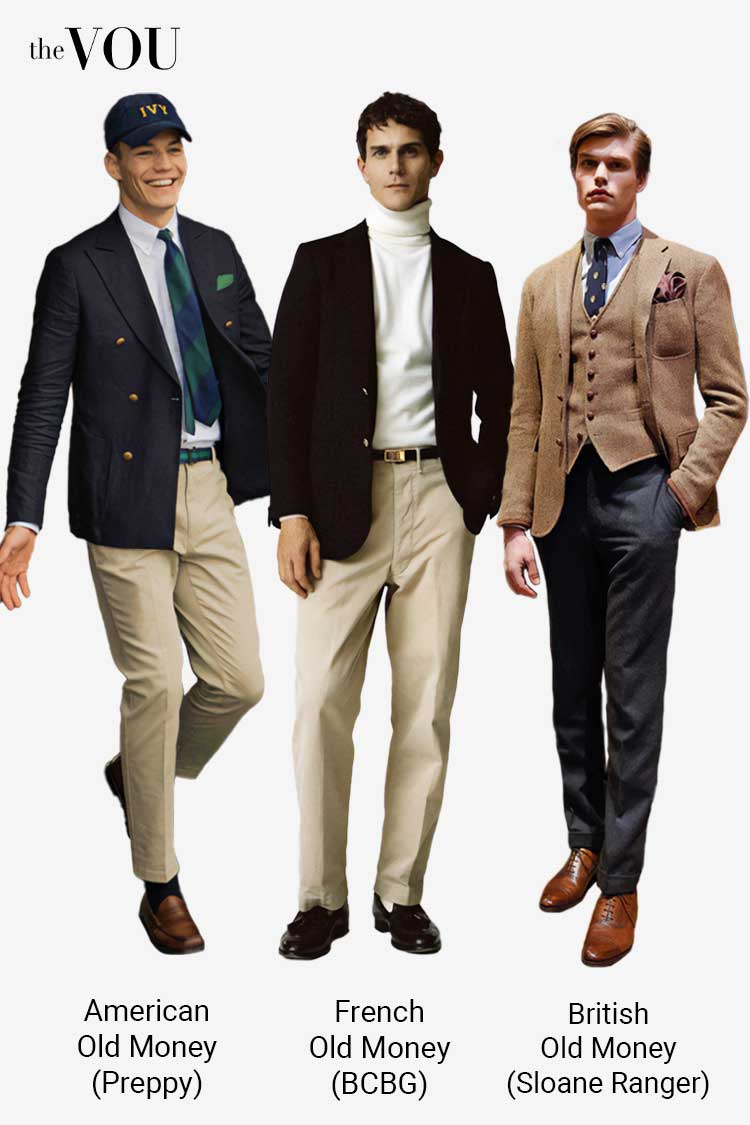
When the ethos crossed the Atlantic, it was adopted and adapted by the American elite, who sought to establish their version of the aristocracy.
Iconic families like the Astors, Vanderbilts, and Rockefellers embraced and developed the style, uniquely blending European taste with American pragmatism.
British Regency Period (Early 19th Century)
The British Regency period was marked by a departure from the elaborate and ornate fashions of the 18th century and a move toward a more refined and understated elegance.
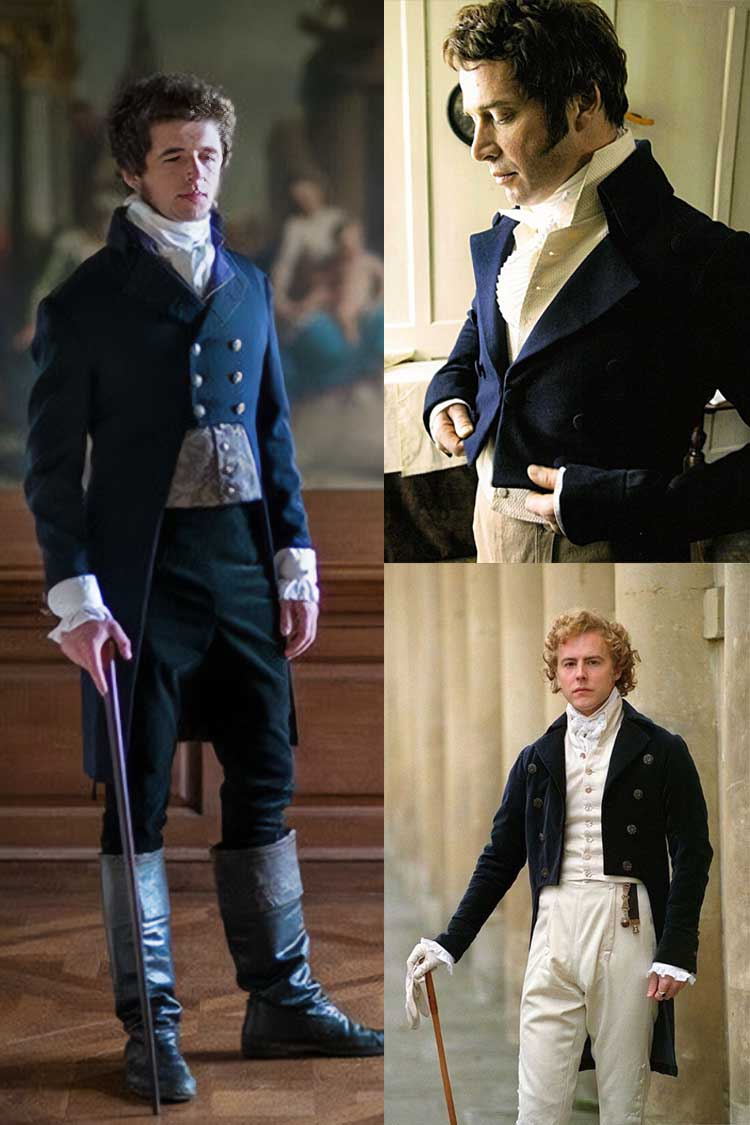
This era, under the influence of Beau Brummell, an arbiter of men’s fashion and a close friend of the Prince Regent, saw the rise of the tailored suit as a fashion staple.
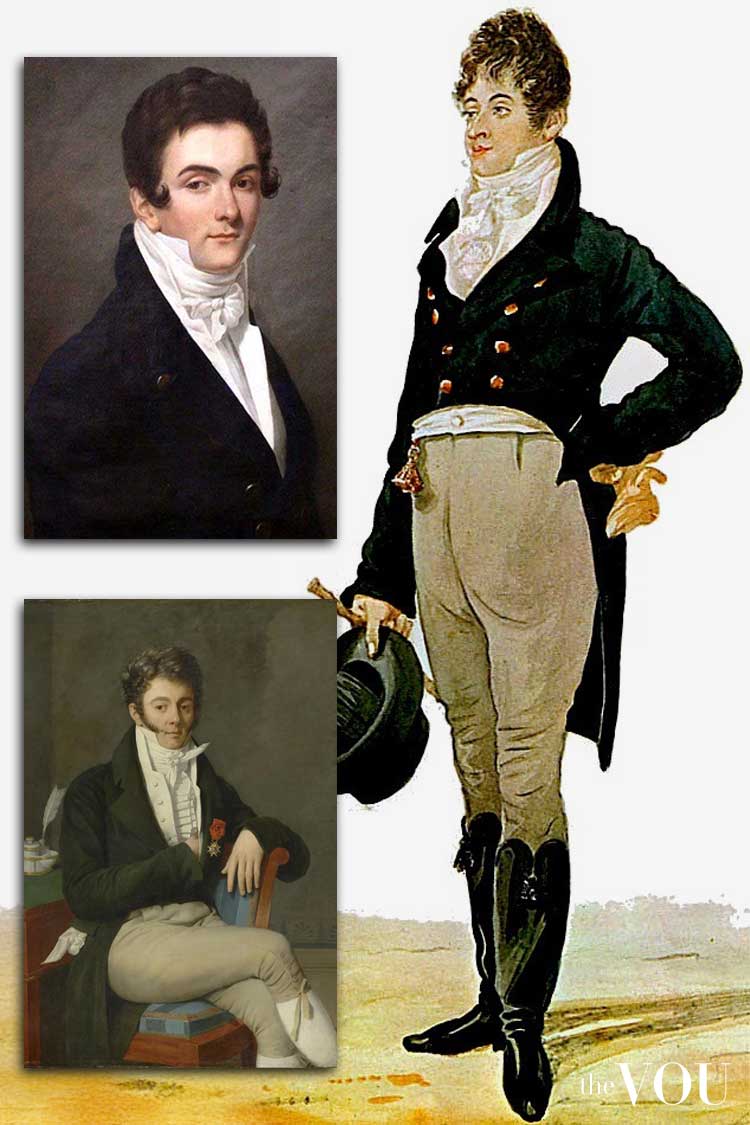
Brummell advocated for clean lines, fitted garments, and a muted colour palette, emphasising the importance of personal grooming and simplicity.
This approach laid the foundation for the Old Money style, emphasising quality and understated luxury.
Industrial Revolution
The Industrial Revolution brought about transformative changes in fabric production and garment construction.
The mechanisation of textile manufacturing made quality fabrics more accessible to a broader audience, democratising fashion to an extent.
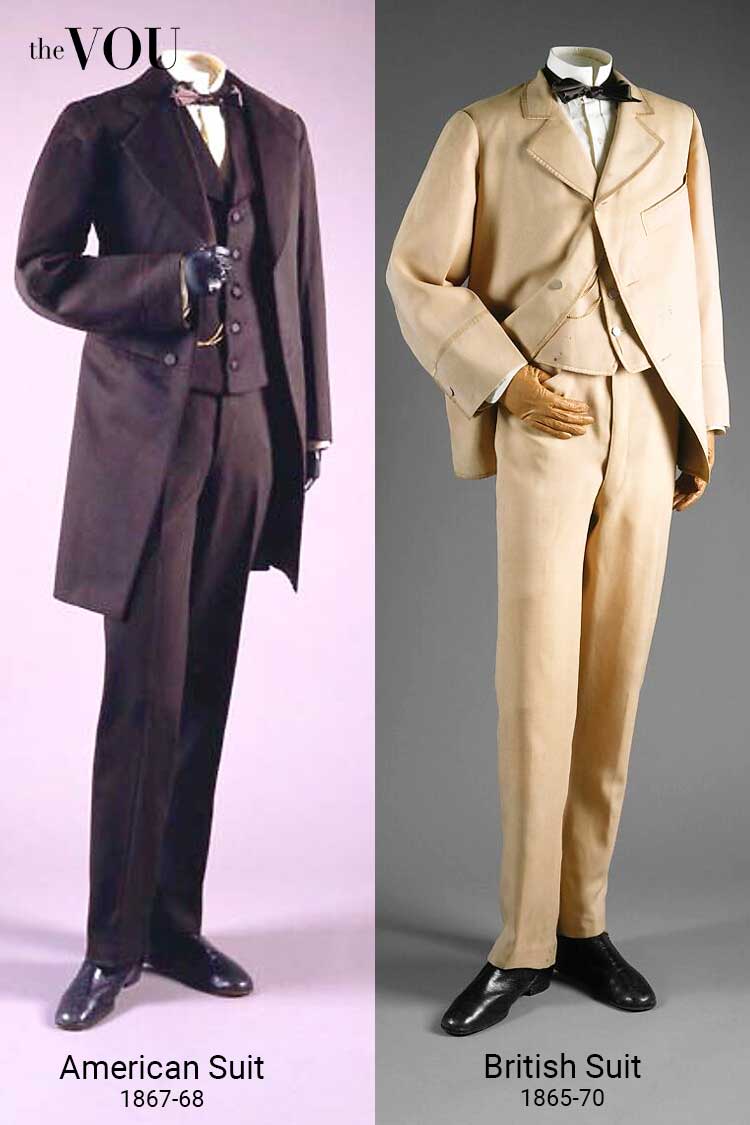
However, the Old Money elite maintained their distinctiveness through bespoke tailoring and the use of superior materials, such as silk and fine wool, which were still markers of wealth and status.
The advent of the sewing machine in the mid-19th century revolutionised garment construction, making clothing production more efficient and affordable.
This technological advancement contributed to the rise of ready-to-wear fashion in the late 19th and early 20th centuries, challenging the preference for bespoke tailoring.
In response, the Old Money style evolved to emphasise craftsmanship, quality, and timeless design over trend-following in the face of the ever-changing fashion landscapes.
Post-World War II Era
The post-World War II era was a time of significant social and economic change, impacting fashion and the Old Money style.
The war’s end brought a desire for simplicity and practicality in clothing, reflecting the broader societal shift towards more casual and functional attire.
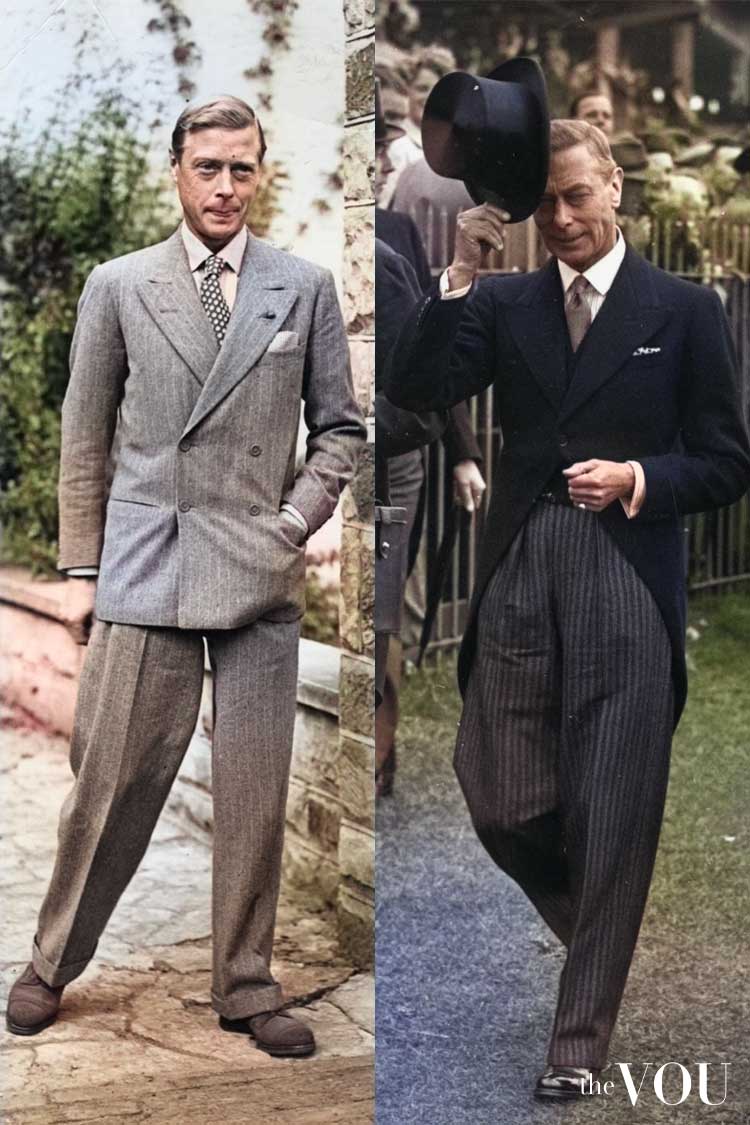
The post-war era necessitated a balance between maintaining traditional values of elegance and adapting to the more relaxed social codes of the time.
This was achieved through a continued focus on quality and craftsmanship while incorporating more casual elements, such as sportswear and leisurewear, into the old-money wardrobe.
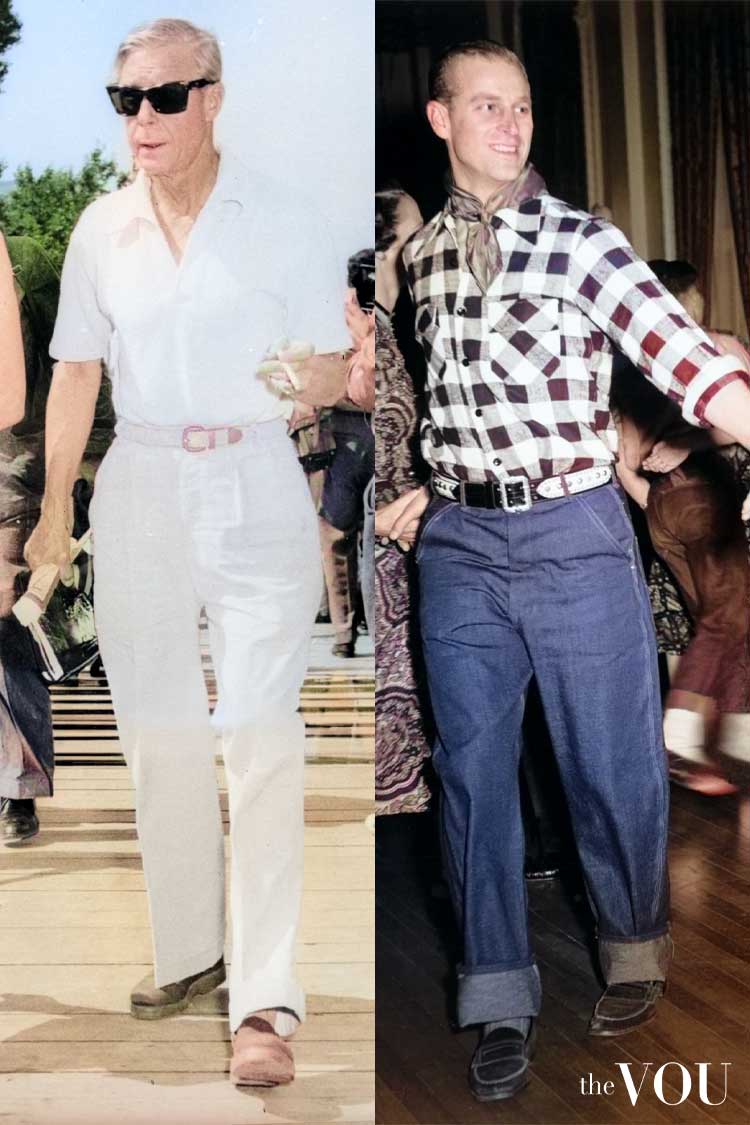
The popularity of sports like golf and tennis among the elite also influenced this casual yet refined approach to dressing, creating what we know today as the Country Club aesthetic.
The evolution of the Old Money style is deeply intertwined with historical developments that have shaped fashion and societal norms.
The Preppy Movement
At the beginning of the 20th century, old-money industrialist families that moved from the continent to the United States led to the rise of ‘Preppy fashion,’ a look associated with the Ivy League and East Coast private schools.
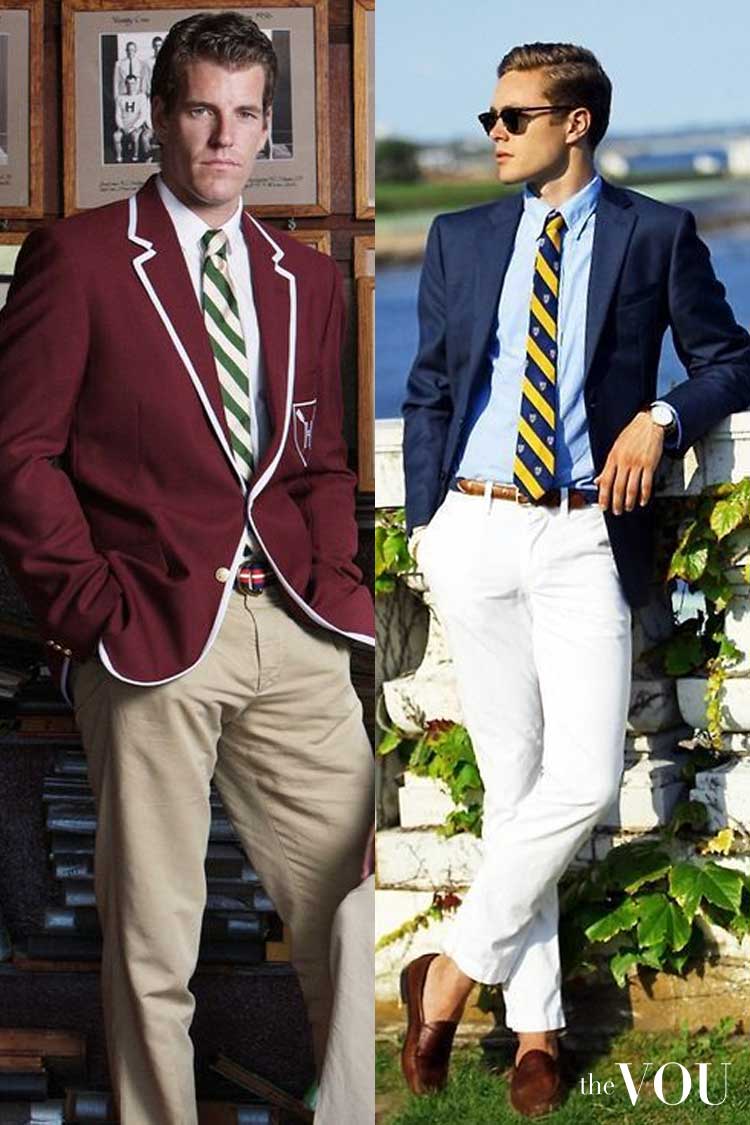
In a mix of traditional and casual garments, such as polo shirts, sport coats, blazers, and loafers, Preppies introduced the Old Money style to the general public, solidifying the style’s sophistication and understated luxury with high education.
The Role of Sprezzatura
Sprezzatura is an Italian term that describes a studied nonchalance paramount to the Old Money aesthetic.
Italian courtier Baldassare Castiglione coined Sprezzatura in his 1528 book “The Book of the Courtier,” as ‘the art of making the difficult appear effortless.’
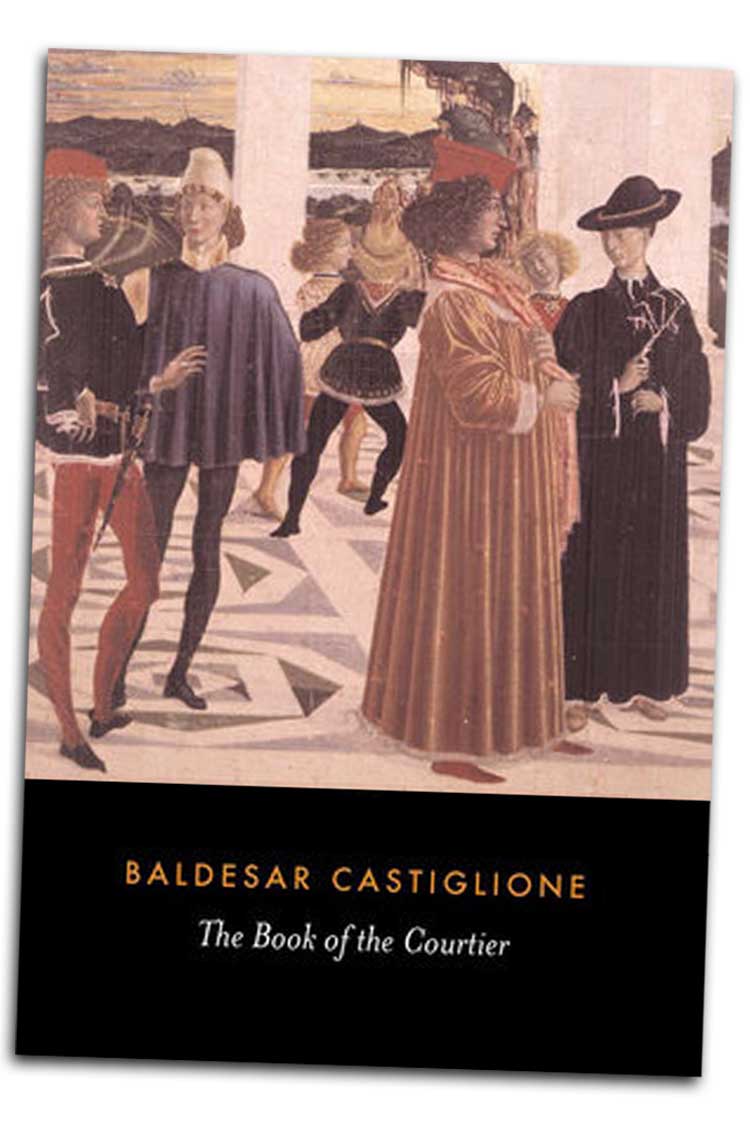
In the context of fashion, it describes the ability to look impeccably stylish and put-together without appearing to have tried too hard or spent too much time on one’s appearance.
This concept is at the heart of the Old Money style, which values a certain ease and naturalness in one’s dress and appearance.
One of the key elements of Sprezzatura in the Old Money style is the art of intentional imperfection.
This might manifest as a slightly rumpled pocket square, a casually undone button on a shirt cuff, or well-worn leather loafers.
These small, deliberate deviations from the “rules” of dressing create a sense of nonchalance and individuality, suggesting that one’s style is an extension of one’s personality rather than a slavish adherence to fashion dictates.
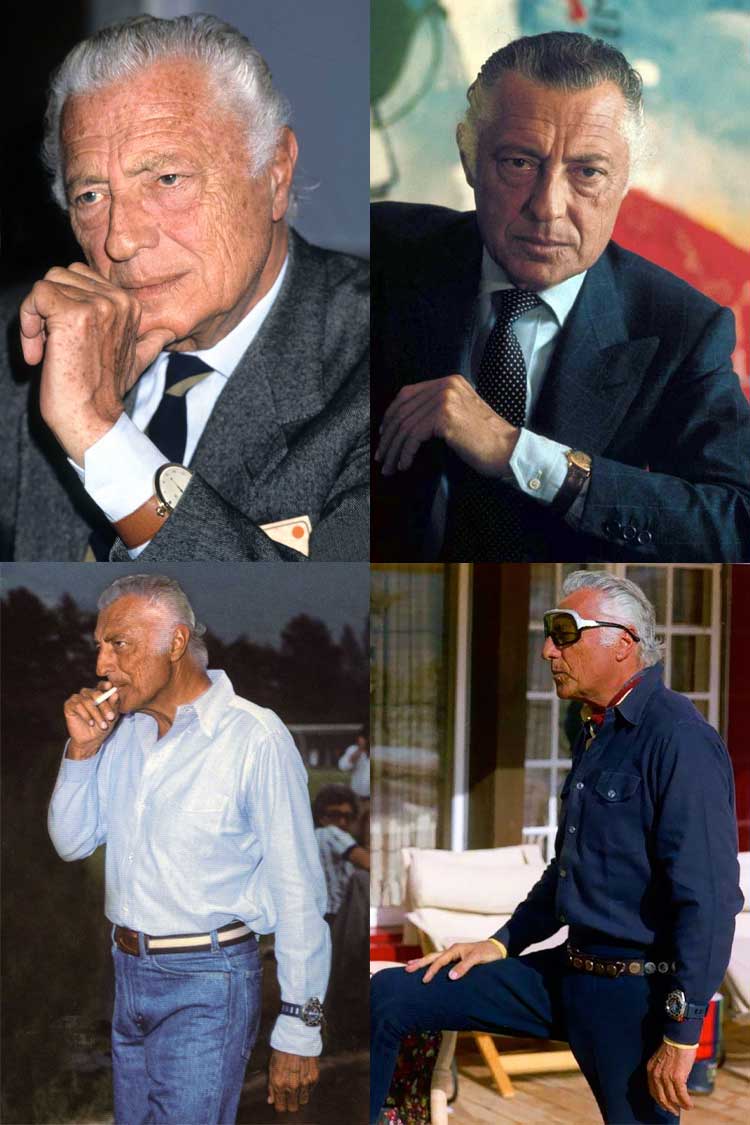
Iconic figures like Gianni Agnelli, the Italian industrialist and style icon, embodied the concept of Sprezzatura in their approach to dressing and living.
Agnelli was known for impeccable tailoring, classic navy blazers, button-down shirts, and a penchant for playful, unexpected details like wearing his watch over his shirt cuff.
His style was a perfect blend of refinement and insouciance, a testament to the power of Sprezzatura in creating a truly memorable and enduring sense of style.
Sprezzatura also extends to the way individuals carry themselves and interact with others.
The Old Money mindset brings a certain ease and confidence, a sense of being comfortable in one’s own skin and at home in any social situation.
This unique charm and poise result from a lifetime of exposure to the finer things and a deep-rooted understanding of etiquette, manners, and social graces.
Old Money in Modern Times
The Old Money style has seen a resurgence in reaction to the fast fashion industry’s artificial trends and growing demand for sustainable fashion, craftsmanship, and fewer but better-quality clothes.
One of the most iconic embodiments of the Old Money style in film is the character of Jay Gatsby in F. Scott Fitzgerald’s classic novel “The Great Gatsby,” as portrayed by Robert Redford in the 1974 and Leonardo DiCaprio in the 2013 film adaptations.
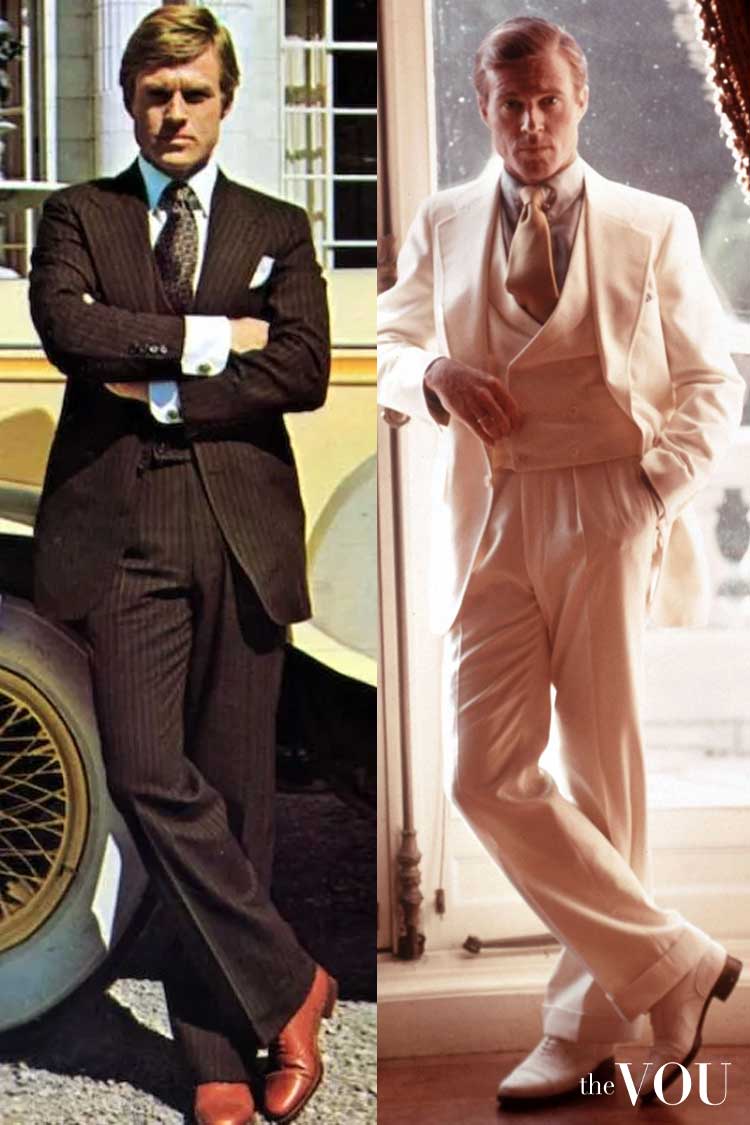
With tailored suits, crisp shirts, and elegant accessories, Gatsby’s wardrobe has become a touchstone for the Old Money style, representing the height of 1920s sophistication and refinement.
The character’s sartorial choices, from his iconic pink suit to his dapper tuxedos, have influenced countless fashion enthusiasts and solidified Gatsby’s place as a style icon for generations of men.
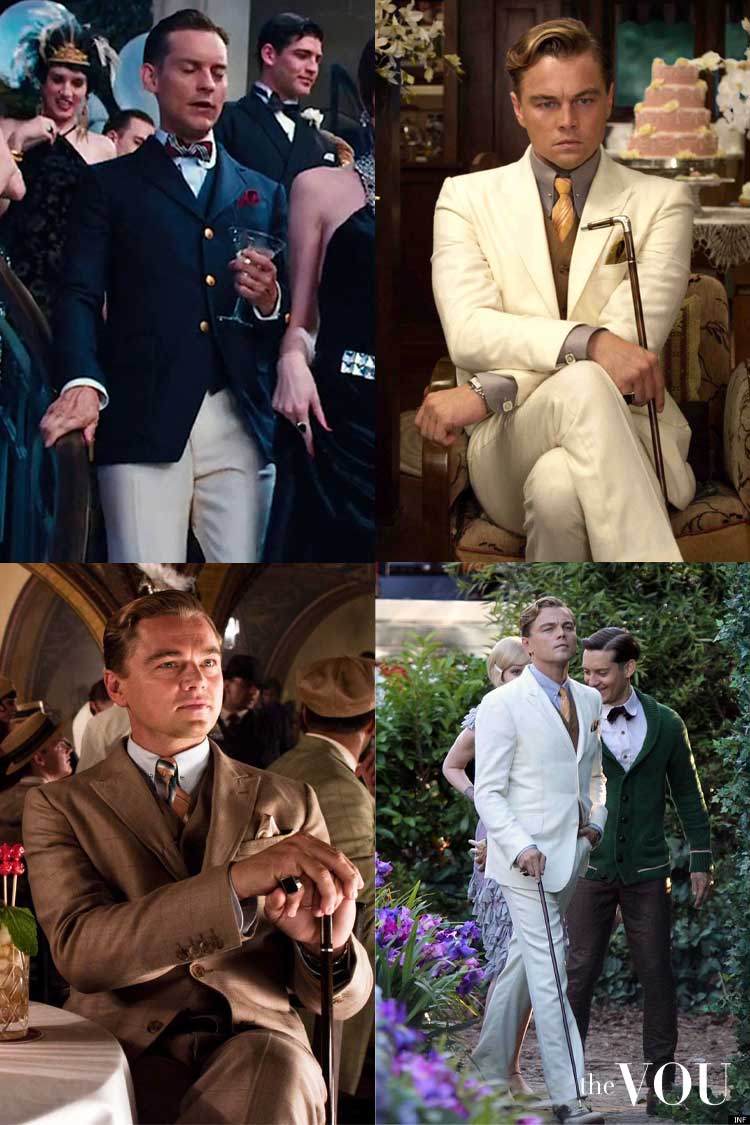
Another influential depiction of the Old Money style can be found in the character of Don Draper in the acclaimed television series “Mad Men.”
Set in the 1960s, the show follows employees’ lives at a prestigious New York advertising agency, with Jon Hamm’s portrayal of the suave and enigmatic Draper at its centre.
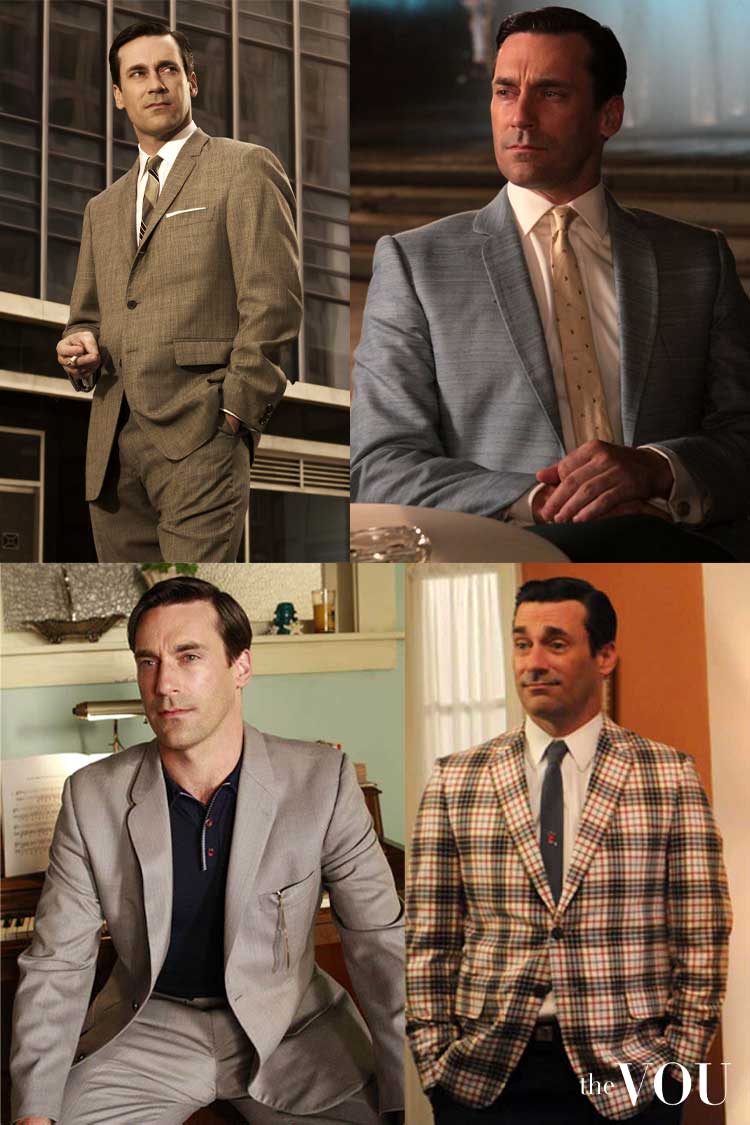
Draper’s wardrobe, with its impeccably tailored suits, crisp white shirts, and understated accessories, has become a model for modern interpretations of the Old Money style. It showcases the enduring appeal of classic American menswear.
In recent years, Chuck Bass, the character in the television series ‘Gossip Girl,’ has emerged as a younger, edgier embodiment of the Old Money style for men.
Played by Ed Westwick, Bass is known for his daring fashion choices, which blend traditional old-money elements like tailored suits and Preppy accessories with a more contemporary, fashion-forward sensibility.
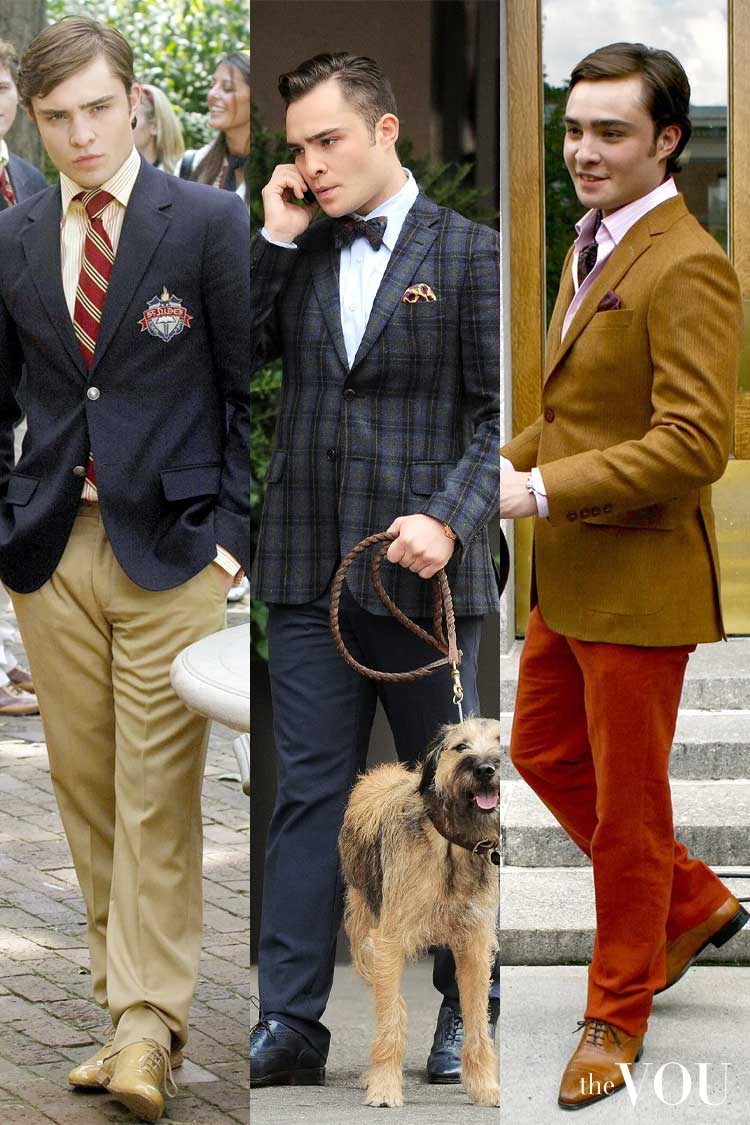
From his bold patterned ties to his statement-making overcoats, Bass’s wardrobe has inspired a new generation of fashion-conscious men to experiment with Old Money styles in fresh and innovative ways.
Beyond film and television, Old Money style has also been a recurring presence in men’s fashion magazines and style blogs, with publications like GQ, Esquire, and The Rake celebrating this iconic aesthetic’s timeless elegance and sophistication.
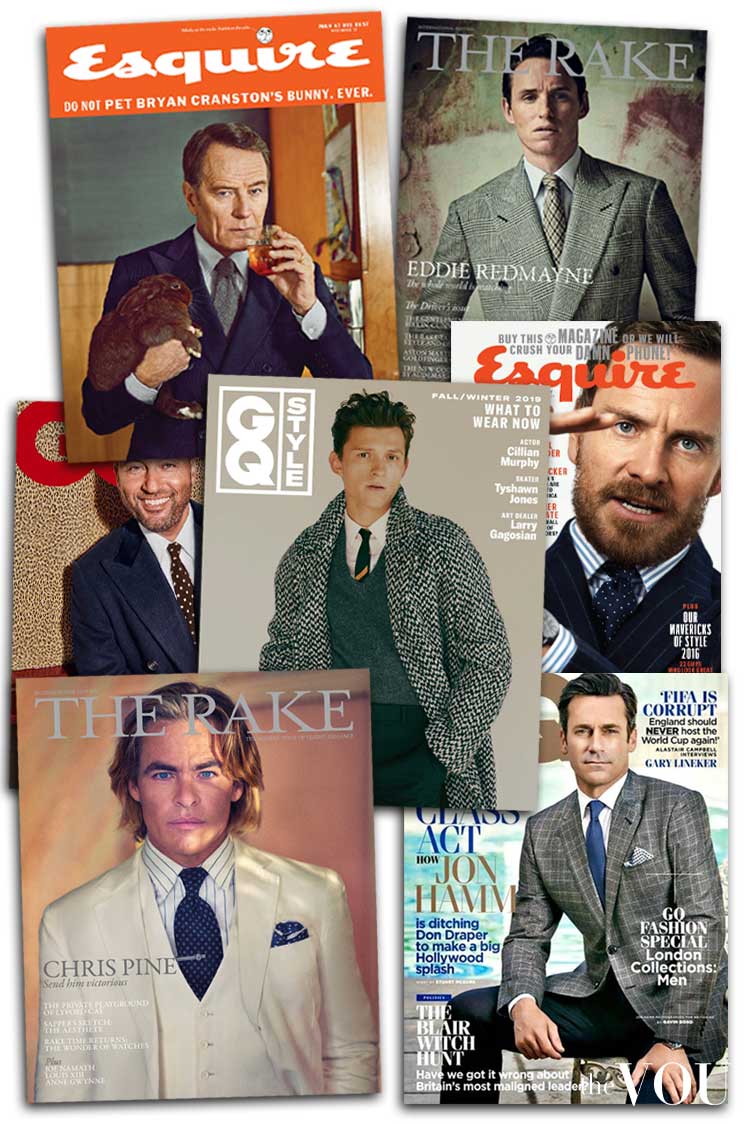
These outlets often feature photo spreads and articles showcasing modern interpretations of the Old Money style, from the classic tailoring of Savile Row to the Preppy essentials of American menswear brands like Brooks Brothers and Ralph Lauren.
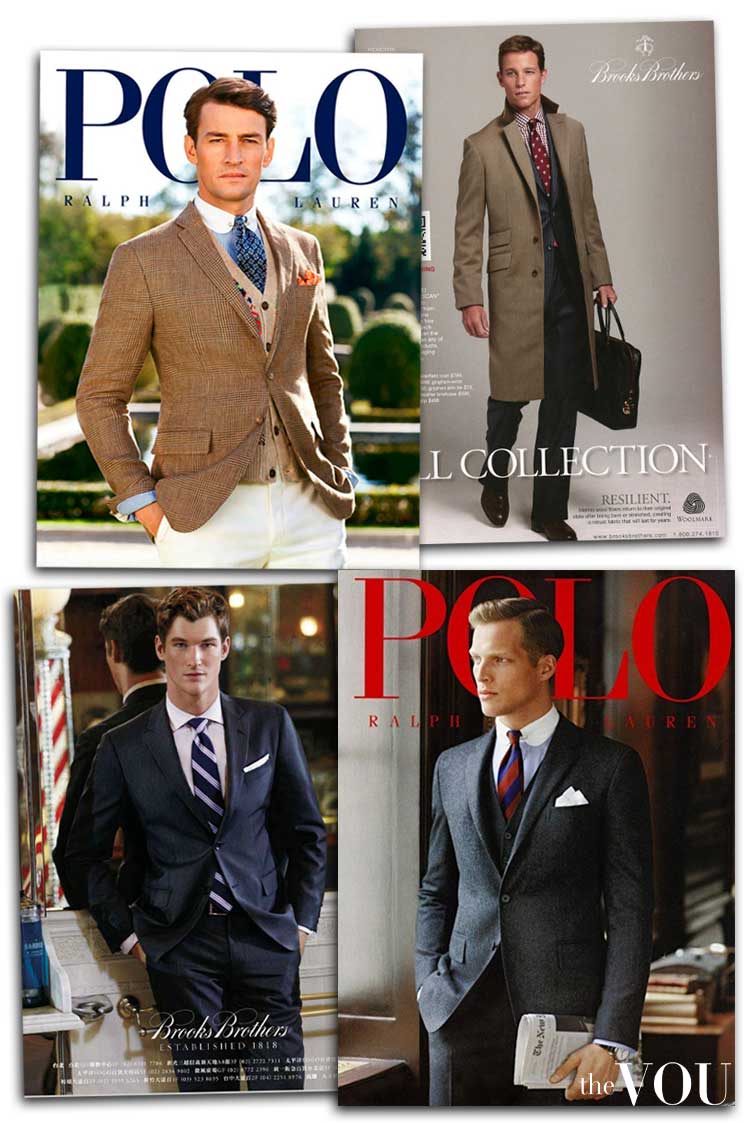
The influence of the Old Money style on men’s fashion can also be seen in the enduring popularity of specific iconic garments and accessories, such as the navy blazer, the Oxford button-down shirt, and the penny loafer.
These garments, rooted in the Old Money wardrobe, are staples of modern menswear, prized for versatility, quality, and ability to convey a sense of refined sophistication.
Ultimately, popular culture’s portrayal of the Old Money style has shaped contemporary men’s fashion and defined the parameters of masculine elegance and refinement.
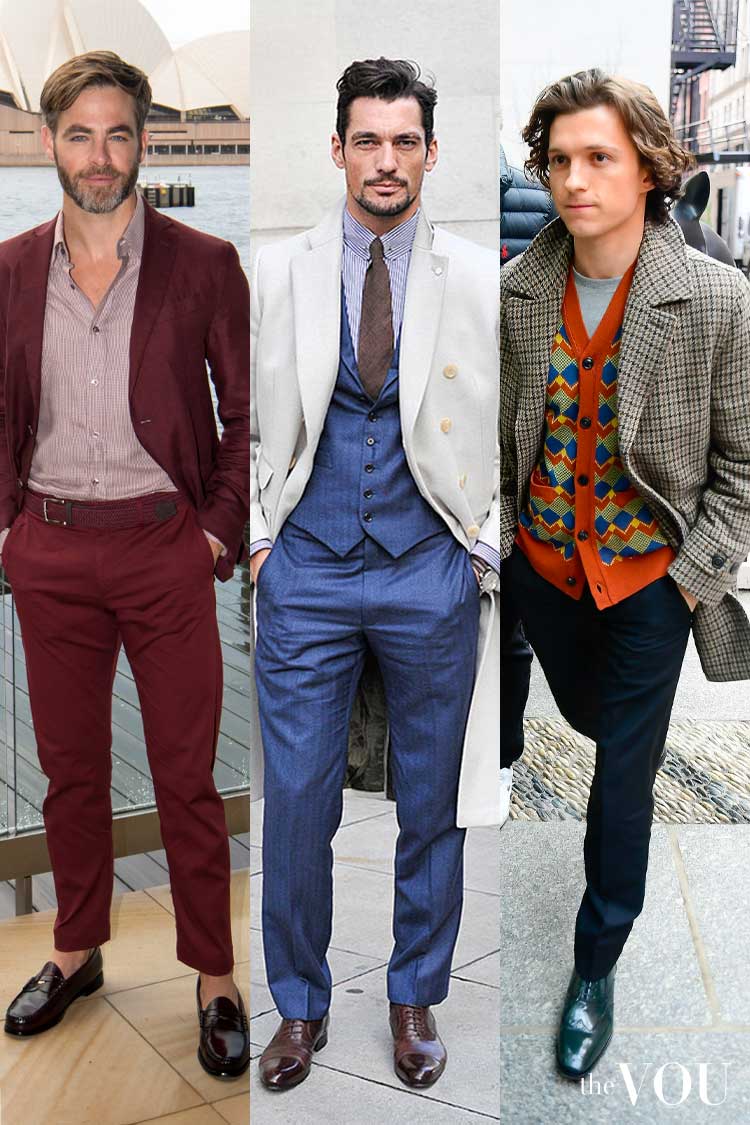
The contemporary facet of the Old Money style depicts the wearer’s love for classical values, family heritage and traditions, and a commitment to philanthropy and community service.
This style expresses quiet confidence and a deep-rooted sense of identity and belonging in contrast to the ostentatious displays of wealth associated with “new money” fashion.
Figures such as Ralph Lauren have built empires on the appeal of old-money aesthetics, democratising the look while maintaining its core principles.
Old Money Aesthetic
The Old Money aesthetic favours quiet luxury and subtlety rather than relying on loud patterns, flashy colours, or conspicuous branding.
This might mean choosing a beautifully tailored suit in a classic navy or charcoal paired with a simple white shirt and a muted silk tie.
The focus is on quality, fit, and timelessness rather than trendiness or ostentation.
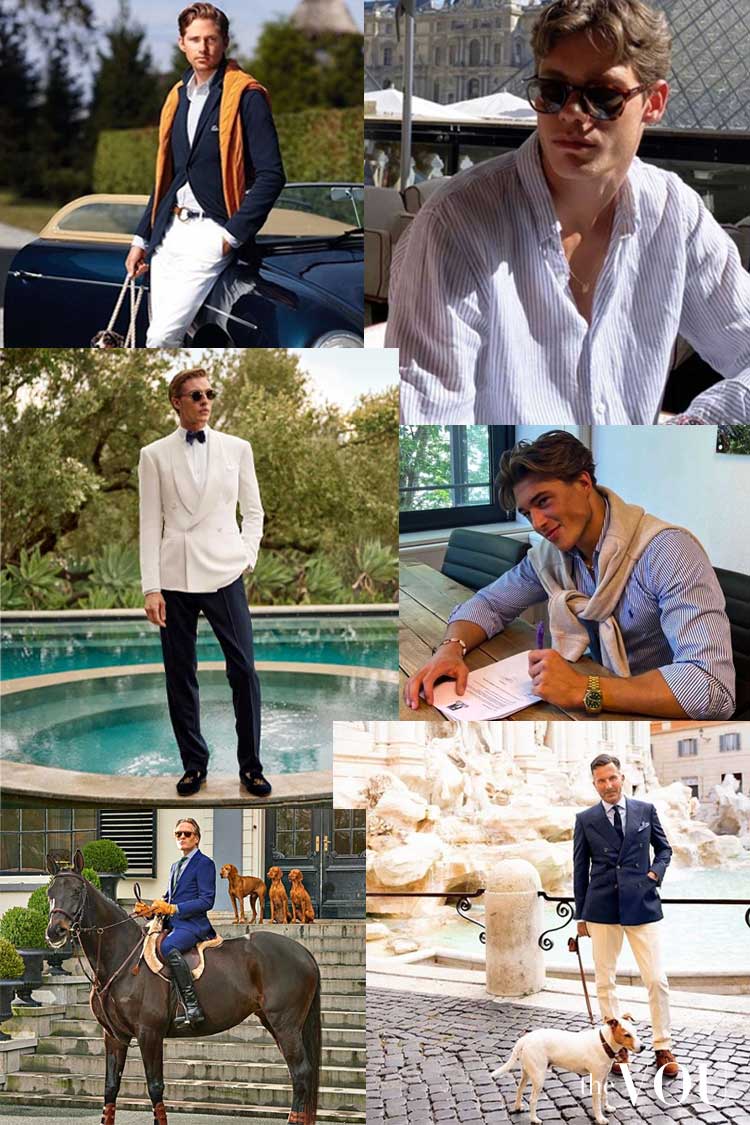
The Old Money aesthetic is not about being overly precious or fussy about one’s clothing but rather about embodying a sense of innate sophistication and grace.
The traditional Old Money aesthetic is defined by several key principles, such as:
- Quality over Quantity
Investments are made in high-quality, timeless pieces that can last a lifetime or be passed down as heirlooms. - Understated Elegance
Flashiness is eschewed in favour of subtlety. Logos are minimal, and the focus is on the craftsmanship and fabric. - Classic Silhouettes
Clothing adheres to classic lines and silhouettes that flatter but do not overtly draw attention. - Neutral Colours
The colour scheme is always neutral and earthy, with occasional accents provided by accessories like scarves, pocket squares, or socks. - Heritage Accents
Accessories and jewellery are often heritage articles imbued with personal or family history.
Old Money Wardrobe
Nowadays, the Old Money aesthetic is built around a well-defined capsule wardrobe that emphasises quality, timelessness, and understated elegance.
Below is a list of the most representative garments, footwear, and accessories of the Old Money style that embody these principles.
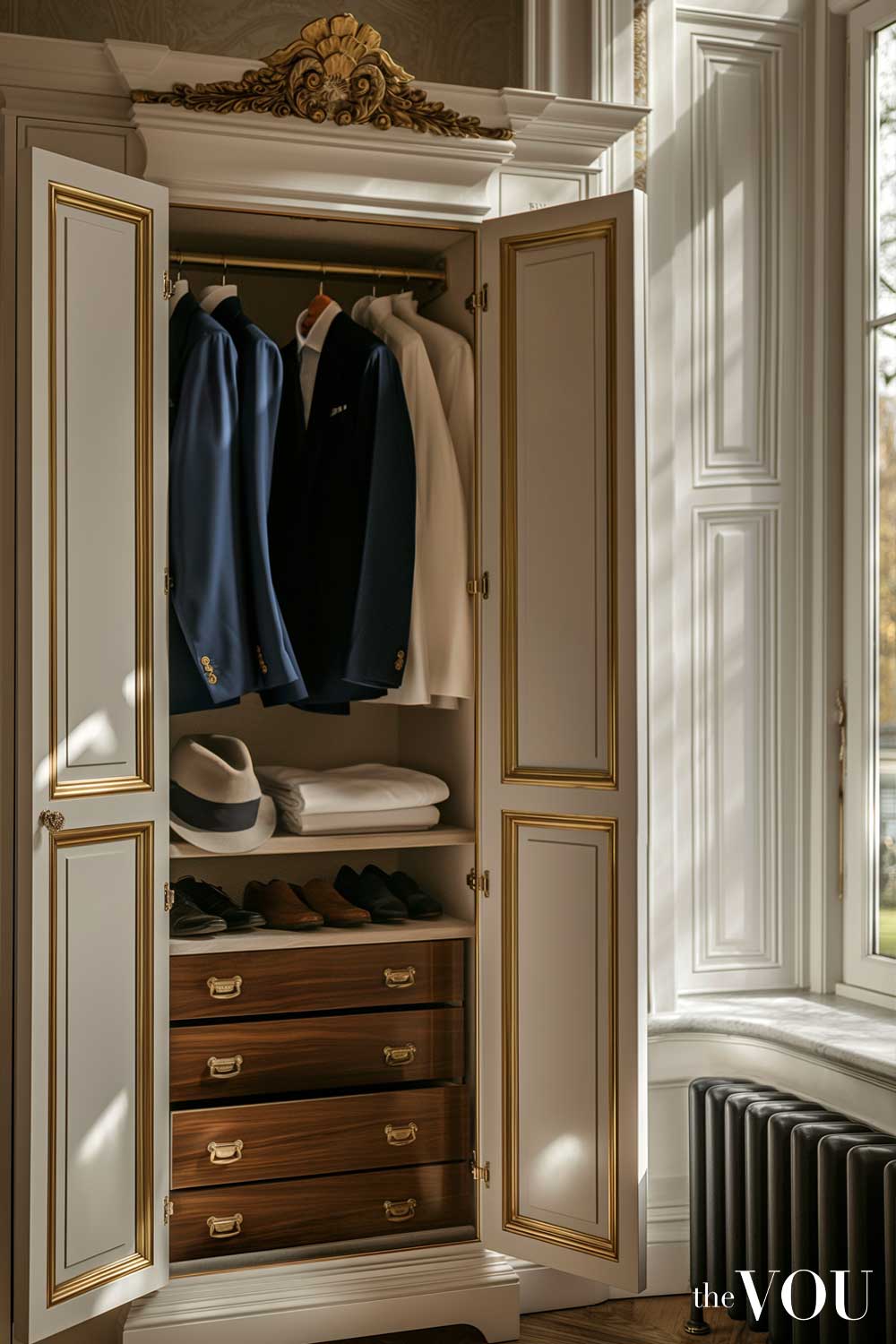
Key Garments
| Garment | Description |
|---|---|
| Tailored Suits | Formal and business occasions – navy, charcoal, and grey |
| Blazers and Sport Coats | Casual and semi-formal settings – navy blazers and tweed sport coats are particularly iconic |
| Cashmere Sweaters | V-neck or crewneck in camel, navy, and grey |
| Oxford Button-Down Shirts | For casual and formal wear – white or blue and sometimes with fine stripes |
| Chinos | For casual wear – in khaki, navy, or olive |
| Tweed Jackets | For the colder months |
| Overcoats | Wool or cashmere in natural colours for the winter season. |
| Polo Shirts | For a casual yet polished look – in pique cotton. |
| Flannel Trousers | For extra warmth in the colder months. |
Tailored Suits
The hallmark of an Old Money style suit is impeccable tailoring. Tailored suits are more than just attire but a classic statement of elegance, professionalism, and timeless style.
In the Old Money wardrobe, suits are selected for quality, fit, classic design, and an overall silhouette that remains in style for years, if not generations.
The suit should fit perfectly, with attention to the shoulders, neither be too tight nor too broad, and the waist should be cinched to create a flattering silhouette.
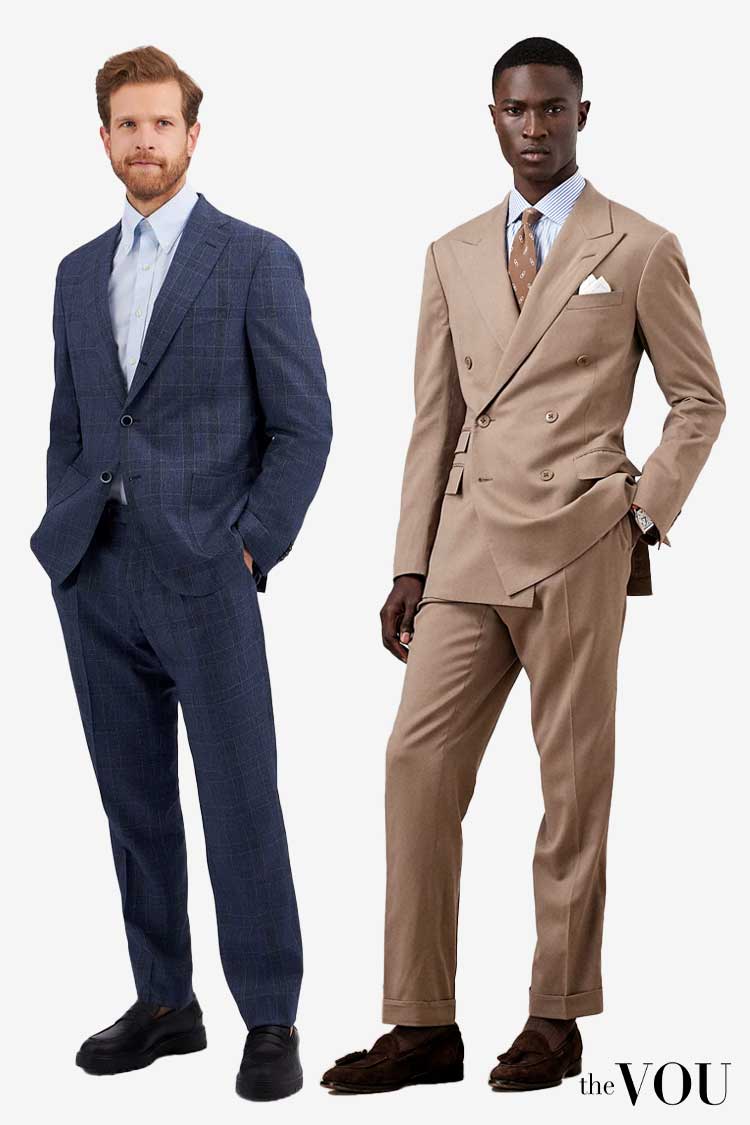
| Tailoring and Fit | |
|---|---|
| Jacket | Single-breasted with two or three buttons are most popular, while double-breasted suit jackets are suitable for more formal occasions. The length should cover the seat, and the sleeves should end just above the wrists, allowing a small amount of shirt cuff to show. |
| Trousers | Must have a clean line and break slightly on the shoe. The style can be flat-fronted for a modern, sleek look or pleated for a traditional silhouette. |
| Materials | |
| Wool | The most common and versatile fabric, offering durability, breathability, and ease of tailoring. Varieties include Super 100s to Super 150s for different levels of fineness and seasonality. |
| Cashmere and Wool Blends | For extra warmth in cooler climates. |
| Linen and Cotton | It is preferred in warmer climates for breathability, though it tends to wrinkle more easily. |
| Colours and Patterns | |
| Colours | Navy, charcoal, and dark grey are staples for versatility and ability to complement various shirt and tie combinations. |
| Patterns | Subtle pinstripes, herringbone, and checks are acceptable and not too bold. Patterns should add texture and depth without overwhelming. |
| Occasions | |
| Business and Formal | Dark, solid-coloured suits in navy or charcoal are preferred in the Old Money formalwear. Wear double-breasted jackets to elevate the formality. |
| Semi-Formal and Social Events | Single-breasted jackets in lighter greys, blues, and even with subtle patterns. |
| Summer Cocktail Events | Linen or light wool suits in lighter beige, light grey, or pale blue, suitable for outdoor events and warmer weather. |
Recommended Brands
- American Preppy Brands
American Preppy brands such as Brooks Brothers and Ralph Lauren are renowned for old-money aesthetic suits focused on traditional American tailoring. - Savile Row Tailors
British tailors such as Gieves & Hawkes, Henry Poole, and Huntsman offer bespoke services, epitomising the pinnacle of craftsmanship and personalised tailoring. - Italian Tailors
Brands like Canali, Brioni, and Ermenegildo Zegna are renowned for their luxurious fabrics, impeccable craftsmanship, and slightly more relaxed Italian approach to tailoring, blending tradition with a touch of modernity.
Blazers and Sport Coats
Highly versatile, blazers are a cornerstone of formal and casual money styles.
Blazers’ adaptability lies in their ability to elevate a casual outfit or add a relaxed sophistication to formal wear.
Unlike suit jackets, which are part of a matching set with trousers, blazers can be paired with various pants, from tailored trousers to chinos and even well-fitting jeans, making them suitable for numerous occasions.
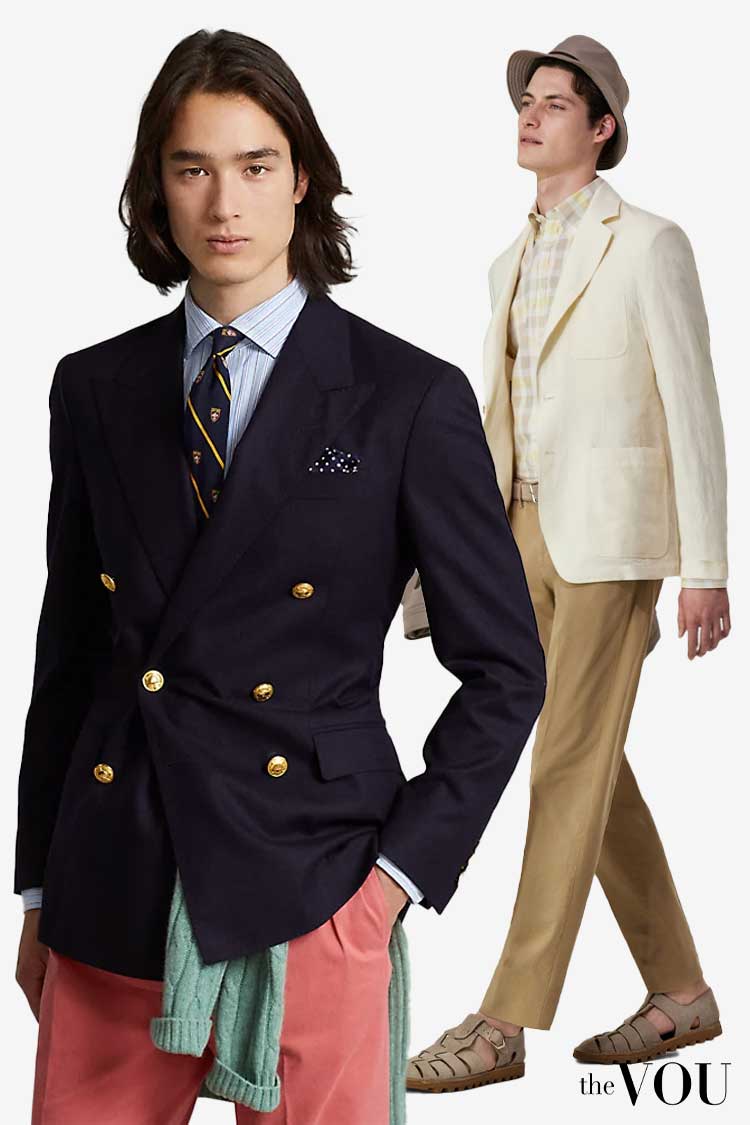
Styles
The blazer’s stylistic versatility in the context of Old Money looks is impressive.
For instance, a navy single-breasted blazer with gold or brass buttons is ideal for matching with grey wool trousers for a classic look, light chinos for a summer cocktail event, or even dark denim for a smart-casual affair.
On the other hand, the double-breasted blazer has a more structured look, so it can elevate fitted trousers and a crisp shirt to formal elegance, suitable for business or celebratory events.
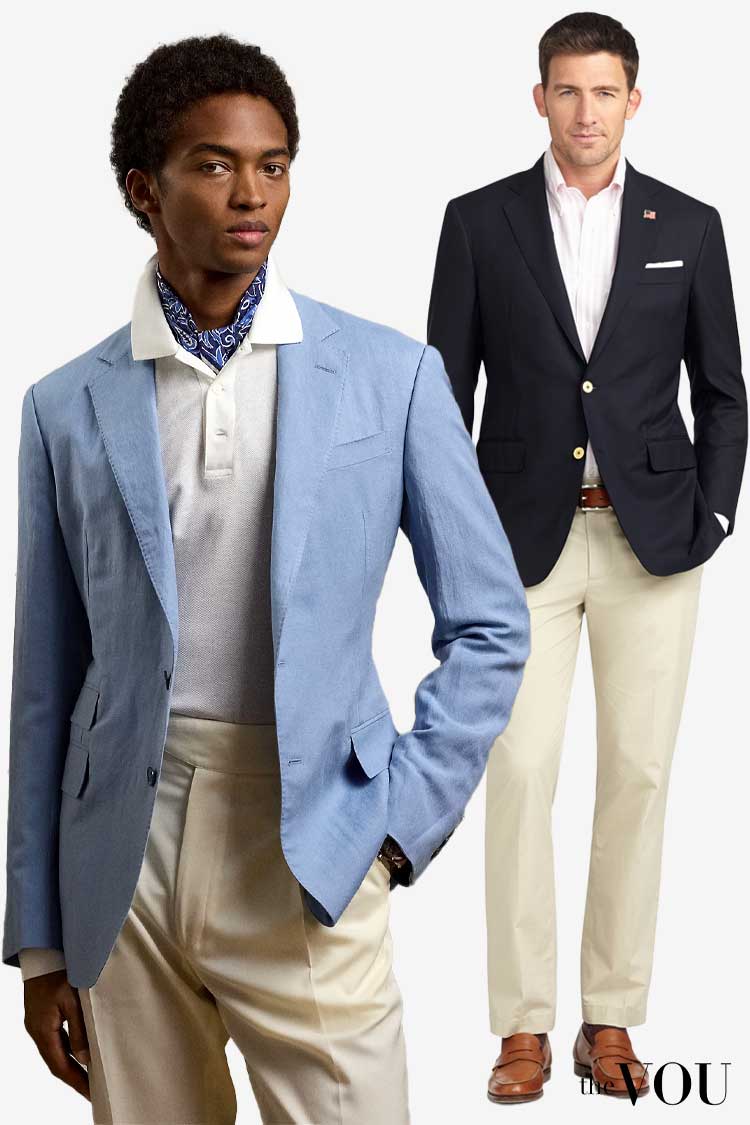
| Single-Breasted Blazers | |
|---|---|
| Single-breasted blazers, the most common type, feature a single row of two to three buttons. The style has a clean and streamlined look that flatters most body types. | |
| Lapels | Notched lapels are standard on single-breasted blazers, contributing to the versatile appeal. |
| Pockets | In general include a breast pocket and two flap pockets at the hips, though patch pockets are also common for a more casual look. |
| Materials and Colours | Wool, cotton, and linen blends are popular, with colours ranging from classic navy and charcoal to more vibrant hues for seasonal wear. |
| Occasions | Ideal for business casual environments, semi-formal events, or elevating everyday attire. |
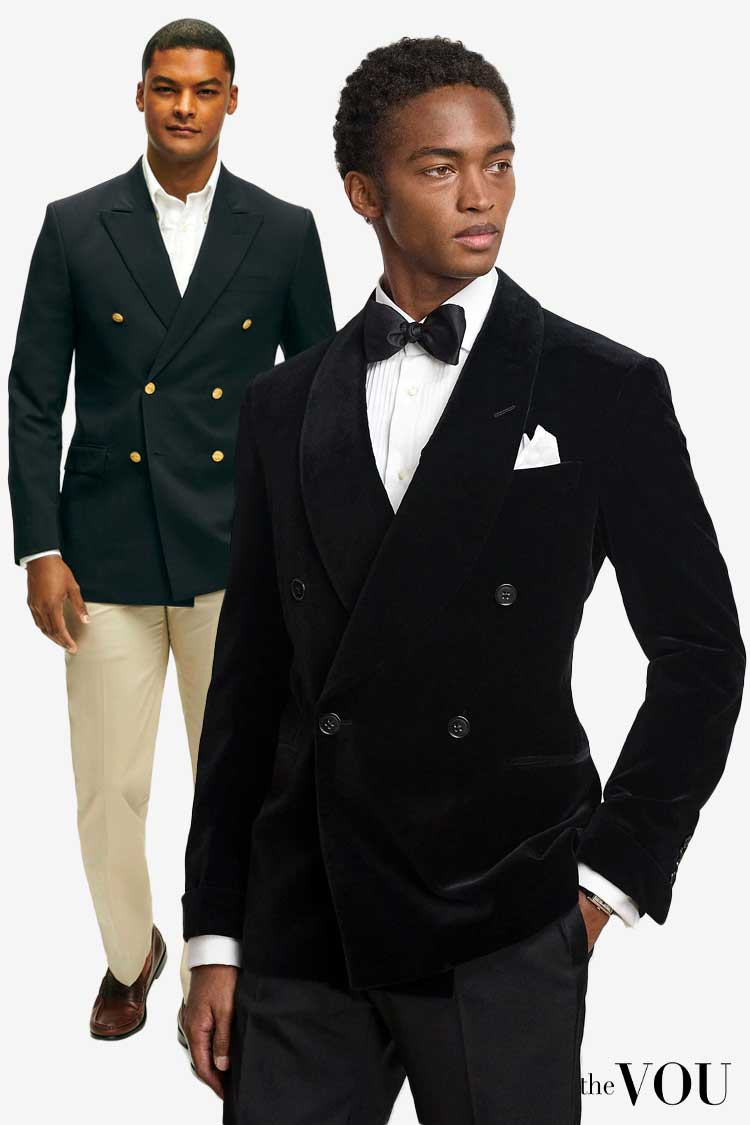
| Double-Breasted Blazers | |
|---|---|
| Double-breasted blazers feature a more pronounced silhouette with two parallel rows of buttons (usually four or six), where one side folds over the other. The style is considered more formal and traditional, with a nod to naval origins. | |
| Lapels | Peak lapels are common on double-breasted blazers, enhancing their formal appearance. |
| Pockets | Like single-breasted blazers, a breast pocket and two hip pockets flapped or jetted for a sleeker look. |
| Materials and Colours | Made from heavier fabrics like wool or wool blends for structure, in colours such as navy and dark green, and classic patterns like pinstripes. |
| Occasions | Suited for formal events, business settings, or when a more distinguished look is desired. |
Recommended Brands
- Ralph Lauren
Popular for classic and contemporary takes on the blazer, the brand’s old money offering suits various occasions. - Brooks Brothers
A staple in American wardrobe, offering timeless blazers that epitomise the old money aesthetic. - Canali
An Italian brand that brings a touch of Mediterranean flair to the blazer with impeccable tailoring and luxurious fabrics.
Cashmere Sweaters
Cashmere sweaters are a quintessential old-money fashion part, symbolising luxury, comfort, and timeless elegance.
In the old-money wardrobe, cashmere sweaters are some of the best garments for elevating the overall look.
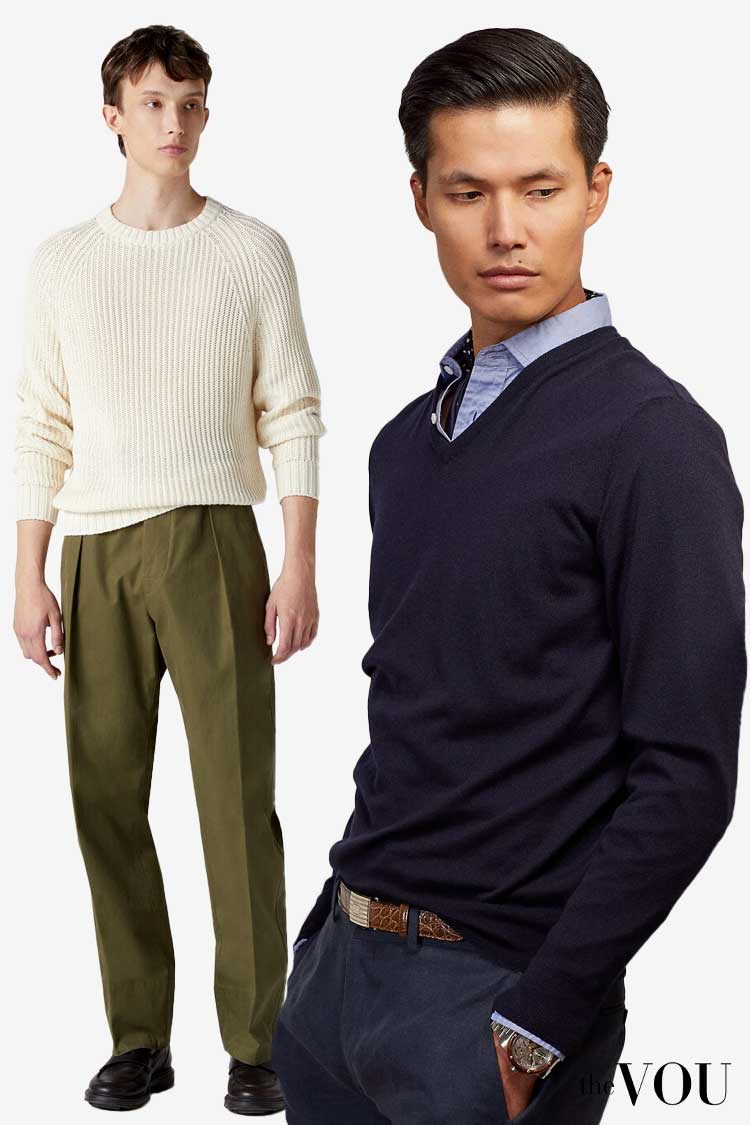
| Fit and Design | |
|---|---|
| It should hug the body without being too tight, allowing for layering over a collared shirt or under a blazer. | |
| Styles | |
| V-neck | V-neck and crewneck are the most classic styles, with the V-neck allowing for tie visibility in more formal settings. |
| Crewneck | The crewneck offers a clean look for casual occasions. |
| Ribbing | |
| Quality cashmere sweaters feature fine ribbing at the cuffs, neck, and hem, ensuring a snug fit that retains shape over time. | |
| Materials | |
| Pure Cashmere | Soft and lightweight material derived from the undercoat of cashmere goats. The best cashmere is long-fibre, minimising pilling and enhancing durability. |
| Cashmere, Wool, and Silk Blend | While pure cashmere is preferred, blends with silk or fine wool can offer additional strength and texture, though the percentage of cashmere should remain high to maintain the garment’s luxurious feel. |
| Colours | |
| Neutral tones such as camel, navy, charcoal, and light grey dominate the old money palette, offering versatility and elegance. These colours can seamlessly integrate with the rest of the wardrobe. | |
| Patterns | |
| While less common, subtle patterns like argyle or classic stripes can be appropriate, especially in settings where a touch of personality is welcomed without straying from the understated aesthetic. | |
| Occasions | |
| Casual and Everyday Wear | A cashmere sweater, especially in a crewneck style, can be the centrepiece of a casual outfit paired with chinos or well-fitting jeans. |
| Business Casual and Semi-Formal | Layered over an Oxford shirt and under a blazer, a dark, solid-coloured V-neck cashmere sweater complements business attire without sacrificing comfort. |
| Evening and Social Events | For cooler evenings or dressier social events, a cashmere sweater can add warmth and sophistication, especially when paired with tailored trousers and a statement watch. |
Recommended Brands
- Loro Piana
Renowned for luxurious cashmere, Loro Piana offers some of the finest sweaters, emphasising quality and timeless design. - Brunello Cucinelli
A brand that combines Italian craftsmanship with luxurious materials, offering cashmere sweaters that epitomise casual elegance. - Ralph Lauren
Offers a range of cashmere sweaters, from classic to contemporary, maintaining high standards of quality and style. - Brooks Brothers
Experts in American preppy aesthetics, Brooks Brothers’ high-quality cashmere sweaters fit well within the old-money style.
Oxford Button-Down Shirt
The Oxford shirt is a versatile, durable, and elegant staple in the old money wardrobe, bridging the gap between casual and formal attire.
The Oxford button-down shirt suits various occasions, from casual events to semi-formal meetings, and remains a beloved and indispensable part of the discerning gentleman’s wardrobe.

| Design and Fit | |
|---|---|
| The Oxford shirt offers a neat, polished look that maintains formality without needing constant adjustment. The shirt is comfortable and functional, designed for easy movement while still appearing tailored. | |
| Collar | The button-down collar is the defining feature. It is designed to stay in place and look sharp without a tie, adding a casual yet refined touch to the shirt. |
| Cuffs | Barrel cuffs with one or two buttons are standard, balancing casual and formal styling. |
| Back Pleats | Many Oxford shirts feature a box pleat or side pleats at the back, enhancing mobility and comfort. |
| Materials | |
| Oxford Cloth | The fabric is a cotton basketweave, which gives it a textured appearance and a durable yet soft feel. The weave is thicker than typical dress shirts, making it ideal for comfort and longevity. |
| Variants | While traditional Oxford cloth is the most common, variants like pinpoint Oxford and Royal Oxford offer finer textures, suitable for dressier occasions. |
| Colours | |
| White and light blue are the most classic and versatile colours, suitable for almost any occasion. Pink and lavender can add a touch of colour while remaining understated. | |
| Patterns | |
| Subtle stripes and muted colour checks are also acceptable for a slightly more casual look. | |
| Occasions | |
| Casual and Everyday Wear | Oxford shirts paired with chinos offer a clean, put-together, stylish look. |
| Business Casual | Layered under a cashmere sweater or a blazer, the Oxford shirt elevates business casual attire with a polished appearance. |
| Semi-Formal | For events that don’t require a full suit, an Oxford shirt paired with tailored trousers and a sport coat strikes the perfect balance between formal and casual. |
Recommended Brands
- Brooks Brothers
Credited with introducing the button-down polo shirt to the American market, Brooks Brothers offers high-quality Oxford shirts that embody the preppy, old-money aesthetic. - Ralph Lauren
With a focus on quality and classic American styling, Ralph Lauren’s Oxford shirts are a staple for those seeking a blend of casual elegance and durability. - J. Press
A brand steeped in Ivy League tradition, J. Press offers Oxford shirts that are true to the heritage and style of old-money fashion. - Thom Browne
Known for adding a contemporary twist to classic cuts, Thom Browne is a designer brand with a modern take on the Old Money Aesthetic. The Label’s Oxford shirts have distinctive details, such as grosgrain placket trim, appealing to the modern gentleman who appreciates old money style with a fresh touch.
Chinos
Originating as military pants, chinos have become a well-dressed gentleman’s wardrobe staple.
Embodying casual sophistication, comfort, and a smart alternative to denim for casual and semi-formal occasions, Chino pants are essential to the Old Money style.
Chinos allow the discerning gentleman to enjoy a wardrobe staple beyond seasons and trends, ideal for the timeless sophist.
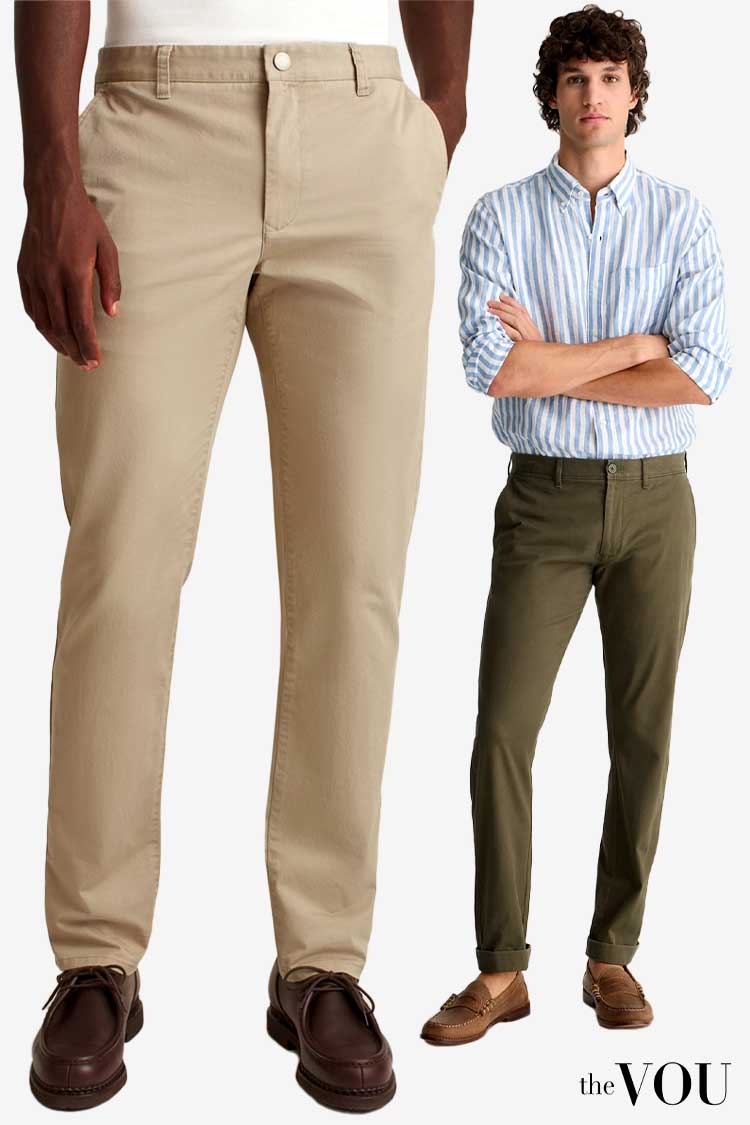
| Design and Fit | |
|---|---|
| Characterised by lightweight cotton twill fabric, Chinos have a straight-leg design that balances relaxed and tailored. The fit should be neither too tight nor too baggy, allowing for a refined silhouette that complements a variety of upper attire. | |
| Waist and Rise | A mid-rise waist is standard, providing comfort and a classic look. The waist should fit snugly without needing a belt, though many prefer to wear one for style. |
| Pockets | Traditional chinos have slanted side pockets and two welt back pockets, contributing to their streamlined appearance. |
| Materials | |
| Cotton Twill | The hallmark of chinos is that cotton twill is durable, breathable, and softens with wear, making them comfortable over time. |
| Stretch Fabrics | Some modern chinos incorporate a small percentage of elastane for added comfort and flexibility, catering to a more active lifestyle without compromising style. |
| Colours | |
| Classic chino colours include khaki, navy, olive, and stone. These neutral shades offer maximum versatility, pairing well with casual and more formal attire. | |
| Patterns | |
| While less common, subtle patterns like pinstripes or houndstooth can be found and are best reserved for casual settings. | |
| Occasions | |
| Casual and Everyday Wear | Paired with a polo shirt or a casual button-down, chinos offer a step up from jeans while maintaining a relaxed vibe. |
| Business Casual | Chinos can be dressed up with an Oxford shirt, a blazer, and leather loafers for a smart business casual look that is comfortable yet polished. |
| Semi-Formal | For events that don’t require a suit, chinos paired with a tailored shirt, a cashmere sweater, or a sport coat can achieve a sophisticated yet not overly formal appearance. |
Recommended Brands
- Brooks Brothers
Known for their classic American styling, Brooks Brothers offers high-quality chinos that fit well within the old-money aesthetic. - Ralph Lauren
Provides a range of chinos that embody casual elegance, emphasising quality fabrics and timeless design. - J.Crew
Offers various styles of chinos, including their well-regarded 484 and 770 fits, designed for those seeking a blend of modern and traditional cuts. - Bonobos
Known for their extensive range of sizes and fits, Bonobos ensures that every gentleman can find the perfect pair of chinos, combining comfort with classic style.
Tweed Jackets
Originating from Scotland and Ireland, tweed has a distinctive, textured appearance.
A tweed jacket is not just a piece of clothing; it’s a statement of style, tradition, and an appreciation for craftsmanship.
Tweed jackets symbolise rugged elegance, connecting the wearer to a rich heritage of craftsmanship and the great outdoors.
The distinctive texture, warmth, and durability make them a favoured choice for various occasions, from casual outdoor activities to more refined social engagements.
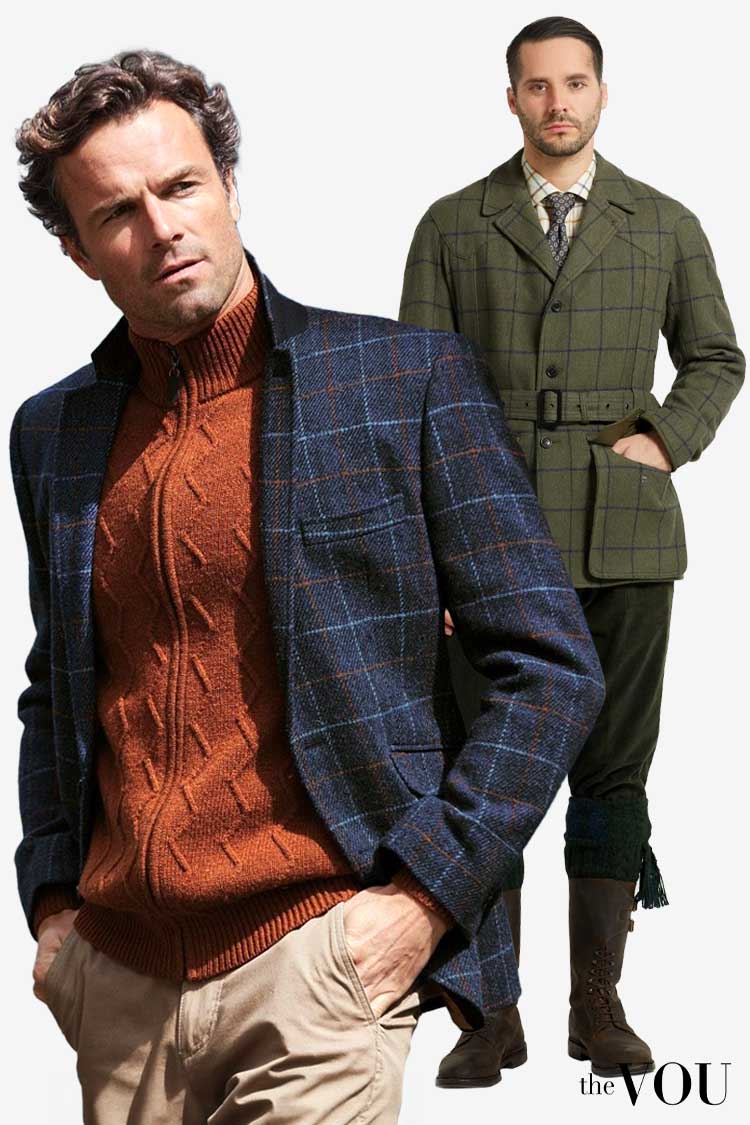
| Design and Fit | |
|---|---|
| Tweed jackets feature a structured yet comfortable fit that allows for layering. The classic design includes a single-breasted front with two or three buttons, though double-breasted variants are also appreciated for their formal appeal. | |
| Lapels | Notched lapels are standard, but peak lapels can be found in more formal or double-breasted styles. |
| Pockets | Flap pockets are standard, often with an additional ticket pocket on the right side for a traditional British look. Many tweed jackets also feature a single breast pocket, suitable for a pocket square. |
| Elbow Patches | Some styles include suede or leather elbow patches, adding durability and a touch of academic or country flair. |
| Materials | |
| Tweed | This woollen fabric has a rough, open texture and unique colour mixtures. Harris Tweed, from Scotland, is world-renowned for quality and warmth. |
| Weaves and Patterns | Herringbone and check patterns are iconic, offering visual interest and depth to the fabric. Plain weaves in muted colours are also popular for their versatility. |
| Colours | |
| Earth tones dominate, with shades of green, brown, grey, and blue reflecting tweed’s outdoor heritage. | |
| Patterns | |
| Besides the classic herringbone and checks, tweed jackets can feature windowpane patterns and subtle plaids, each adding a unique character to the garment. | |
| Occasions | |
| Casual and Everyday Outdoor Events | Perfect for country outings, hunting, or a walk in the park, tweed jackets blend with the natural environment. |
| Business Casual and Smart Casual | A tweed jacket elevates a simple shirt and trousers ensemble, ideal for office settings that express personal style. |
| Social Gatherings | For gatherings that call for smart yet not overly formal attire, a tweed jacket paired with a turtleneck or a crisp Oxford shirt offers a sophisticated look. |
Recommended Brands
- Harris Tweed Hebrides
Renowned for producing some of the finest Harris Tweed, their jackets are a testament to traditional craftsmanship and Scottish heritage. - Barbour
Known for their outdoor and country wear, Barbour offers tweed jackets that balance functionality with style. - Ralph Lauren
Offers a range of tweed jackets that reflect a classic American interpretation of this traditionally British garment. - Purdey
Specialising in shooting attire, Purdey’s tweed jackets are designed with both style and the practicalities of outdoor sports in mind.
Overcoats
Functional garments designed to protect against the cold, overcoats are a statement of sophistication, elegance, and an appreciation for timeless fashion.
In the old-money wardrobe, overcoats are chosen for their impeccable tailoring and classic silhouette that withstand the fleeting trends of fashion.
Whether for formal, professional, or casual occasions, the overcoat remains a central pillar of the old money wardrobe, embodying an elegance and sophistication that transcends time and trends.
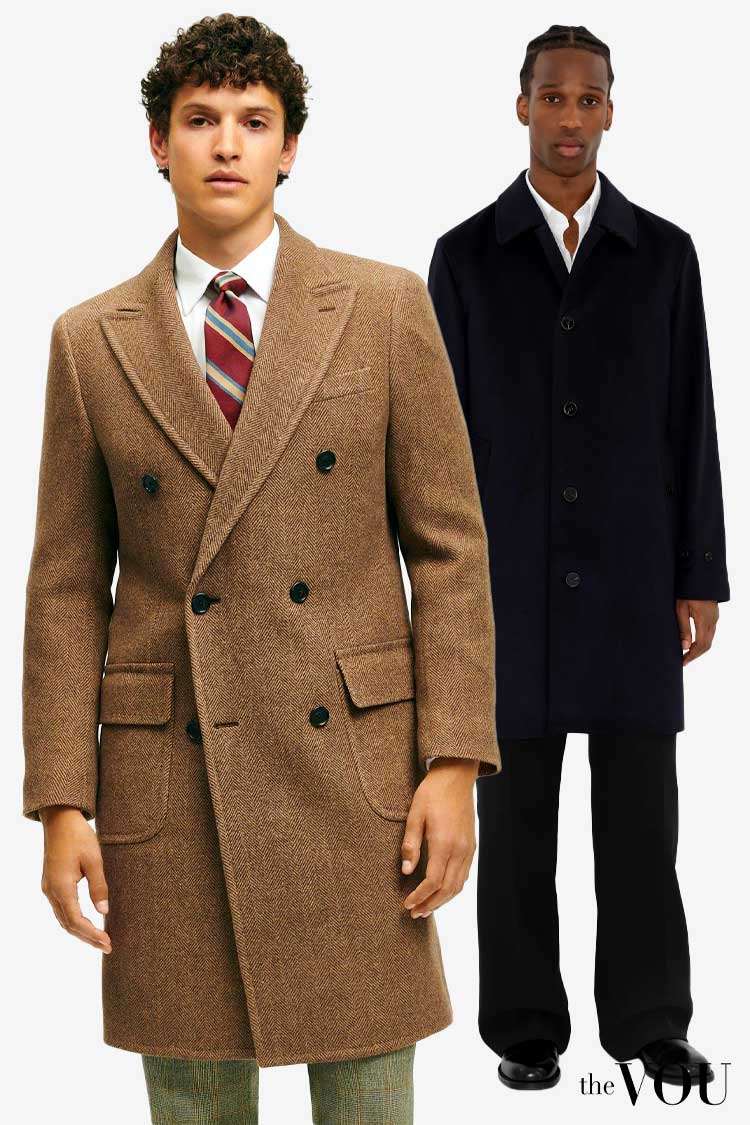
| Tailoring and Fit | |
|---|---|
| The overcoat should offer a comfortable fit over suits or blazers, tailored to flatter the wearer’s form without restricting movement. | |
| Length | Traditionally, overcoats are cut to knee-length or longer, ensuring adequate protection against the elements while maintaining an elegant silhouette. |
| Collar | A wide, notched collar is standard, capable of being turned up against the wind or worn down for a classic look. |
| Closure | Single-breasted overcoats with three to four buttons offer a streamlined look, while double-breasted styles provide extra warmth and a more formal appearance. |
| Materials | |
| Wool | Wool is the cornerstone of overcoat fabrics. It provides excellent warmth, durability, and resistance to moisture. Varieties such as melton or tweed are popular for their texture and insulating properties. |
| Cashmere | Luxurious and soft, cashmere overcoats are lighter and offer superior warmth, ideal for those seeking comfort and elegance. |
| Wool Blends | Combining wool with other fibres can enhance the overcoat’s properties, such as adding strength or reducing weight while maintaining warmth and style. |
| Colours | |
| Classic colours like navy, charcoal, camel, and black are staples within the old-money aesthetic, offering versatility and timeless elegance. | |
| Patterns | |
| While solid colours are predominant, subtle patterns such as herringbone or a very restrained check can add depth and interest to the overcoat without compromising its classic appeal. | |
| Occasions | |
| Casual Outings | When paired with casual wear, the overcoat elevates the entire ensemble, blending comfort with sophistication for everyday elegance. |
| Business and Professional | It is an essential piece for the winter wardrobe, offering a polished appearance on the commute or in professional settings. |
| Formal Events | A well-tailored, dark-coloured overcoat adds a layer of refinement to formal attire, perfect for opera nights, gala events, or upscale dining. |
Recommended Brands
- Burberry
With a rich heritage in outerwear, Burberry’s overcoats are synonymous with British elegance and craftsmanship. - Canali
Reflecting the finest in Italian tailoring, Canali’s overcoats are noted for their luxurious materials and impeccable cuts. - Brooks Brothers
An American classic, offering a range of overcoats that combine traditional styling with modern craftsmanship. - Crombie
Known for luxurious overcoats, Crombie remains a benchmark for quality and timeless style in outerwear.
Polo Shirts
Polo shirts are a versatile staple in old money style and ideal for creating an elegant yet comfortable look.
In the old-money wardrobe, polo shirts are selected for their quality, fit, classic design, and enduring appeal that remains stylish across decades.
Whether for casual outings, sporting events, or smart casual occasions, the polo shirt remains an essential component of the old-money wardrobe, embodying a blend of comfort, elegance, and versatility.
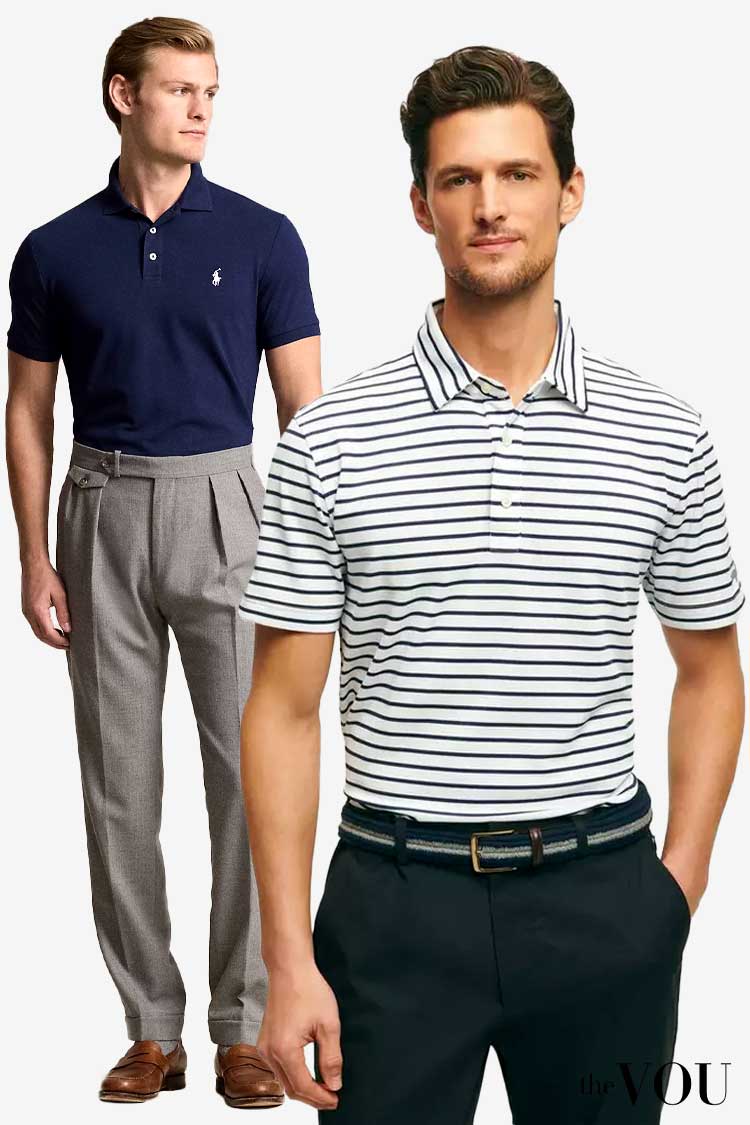
| Design and Fit | |
|---|---|
| The shirt should offer a comfortable fit, not too snug or loose, allowing for ease of movement and a silhouette that flatters the body’s shape. | |
| Collar | A classic polo collar is distinctive, designed to be worn up or down, adapting to the formality required. |
| Sleeves | Short sleeves that end around the mid-bicep offer a clean and tailored look. |
| Placket | A two to three-button placket is standard, allowing for adjustability in fit and neckline. |
| Hem | The hem is longer in the back than in the front, known as a tennis tail, which helps the shirt stay tucked in if desired. |
| Materials | |
| Pique Cotton | The most traditional fabric for polo shirts is known for its durability and breathability. The textured weave adds depth to the garment. |
| Jersey | Offers a smoother feel and a more fitted look, suitable for various settings. |
| Performance Fabrics | Modern polo shirts may utilise technical, moisture-wicking fabrics that maintain the classic look while offering additional comfort for active wear. |
| Colours | |
| Classic colours include navy, white, black, and hunter green to ensure versatility and a timeless appeal. | |
| Patterns | |
| Subtle stripes or a discreet logo are acceptable and can add a personal touch without detracting from the overall elegance. | |
| Occasions | |
| Casual and Everyday Wear | Perfect for a day out in the city or a casual gathering, polo shirts pair well with chinos or shorts. |
| Sporting Events | Designed for tennis and golf, polo shirts are ideal for attending or participating in sports events. |
| Smart Casual | A well-fitted polo shirt can be paired with a blazer and trousers for occasions requiring a smart, yet not overly formal, look. |
Recommended Brands
- Ralph Lauren
Synonymous with the polo shirt, Ralph Lauren embodies the quintessential preppy, old-money aesthetic with a focus on quality and classic style. - Lacoste
Known for the iconic crocodile logo, Lacoste offers high-quality, classic polo shirts that have been appreciated in upscale casual events for decades. - Brooks Brothers
Offers a range of polo shirts that cater to traditional tastes, emphasising quality, comfort, and timeless design. - Fred Perry
Blends sportswear with streetwear, offering polo shirts that are both classic and contemporary, appealing to a broad audience.
Flannel Trousers
Flannel trousers are not just a garment for the colder months but also a statement of style and a subtle nod to timeless, understated elegance.
In the old money wardrobe, flannel trousers are a staple for the autumn and winter seasons, and they are chosen for their soft texture, warmth, and classic silhouette.
Whether for business, casual, or semi-formal occasions, flannel trousers remain essential to the old money wardrobe, embodying a blend of comfort, warmth, and timeless style.
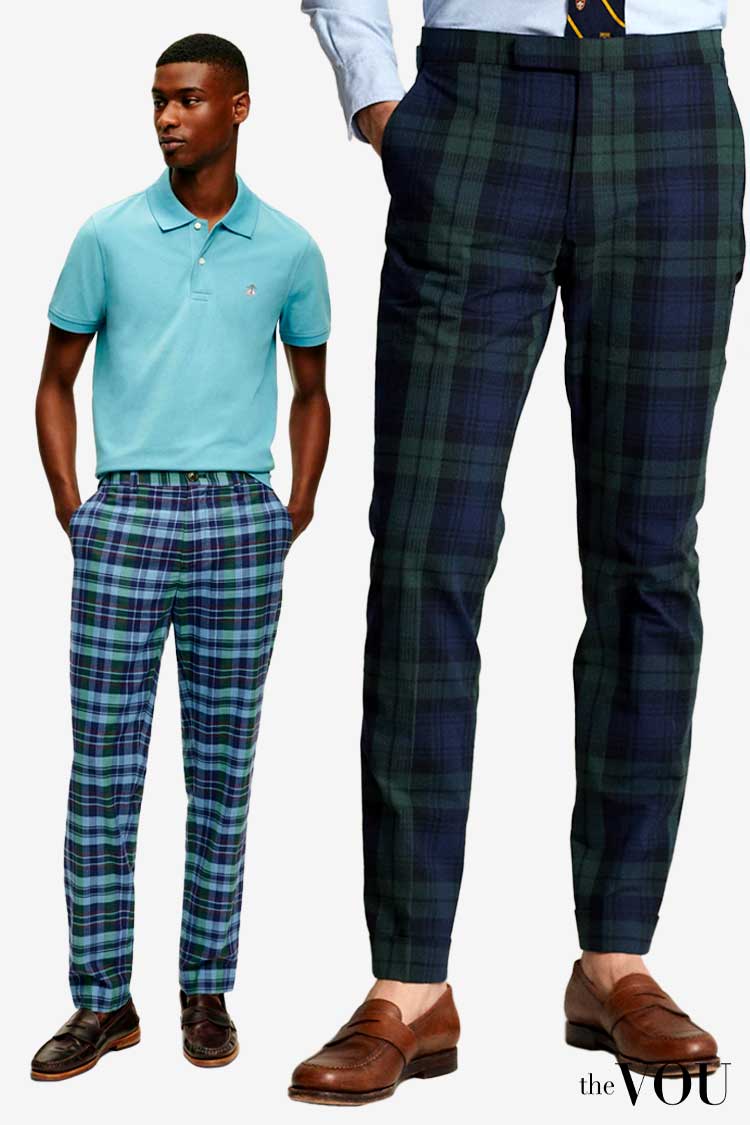
| Tailoring and Fit | |
|---|---|
| Designed to offer comfort and a flattering line, these trousers should sit comfortably at the waist and extend to a slight break over the shoe. | |
| Waist | A higher waist is common, echoing traditional styles and enhancing the garment’s classic appeal. |
| Pleats | Single or double pleats can add comfort and ease of movement, while flat-front designs offer a more modern, streamlined look. |
| Cuffs | Cuffed hems are a traditional feature that adds weight to the trousers, ensuring a clean drape over the shoe. |
| Materials | |
| Wool Flannel | Wool flannel is the quintessential material for flannel trousers. It is prized for its softness, warmth, and natural breathability. The napped texture provides a unique feel and appearance. |
| Weight | Flannel comes in various weights, allowing for versatility from early fall through to the depths of winter. Heavier weights offer more warmth and a richer texture. |
| Colours | |
| Traditional colours for flannel trousers include neutral colours like grey, navy, and charcoal. | |
| Patterns | |
| Subtle patterns such as herringbone or checks can add visual interest and depth to the trousers without detracting from their classic appeal. | |
| Occasions | |
| Business and Professional | Paired with a crisp shirt and a wool blazer, flannel trousers can form the backbone of a smart winter business ensemble. |
| Casual Events | For a more relaxed look, flannel trousers can be combined with a turtleneck sweater and leather boots, offering extra warmth and style. |
| Semi-Formal Events | Matched with a tailored jacket and polished shoes, flannel trousers work wonders at semi-formal evening events. |
Recommended Brands
- Brooks Brothers
Known for their classic American styling, Brooks Brothers offers high-quality flannel trousers that cater to traditional tastes. - Ralph Lauren
Provides a range of flannel trousers that embody casual elegance, emphasising quality fabrics and timeless design. - Canali
Canali’s flannel trousers reflect the finest in Italian tailoring. They are noted for their luxurious materials and impeccable cuts. - J.Crew
Offers a variety of flannel trousers, including contemporary fits, catering to those seeking both modern and classic styles.
Bespoke Tailoring in Old Money Style
Before I move to footwear and accessories, I must emphasise the importance of bespoke tailoring in Old Money style and how it contributes to the aesthetic’s emphasis on quality, craftsmanship, and attention to detail.
Bespoke tailoring is the pinnacle of sartorial craftsmanship, involving the creation of custom garments that are cut, fitted, and sewn to the exact specifications of the individual wearer.
The process ensures a level of fit, comfort, and quality that cannot be achieved with off-the-rack clothing.
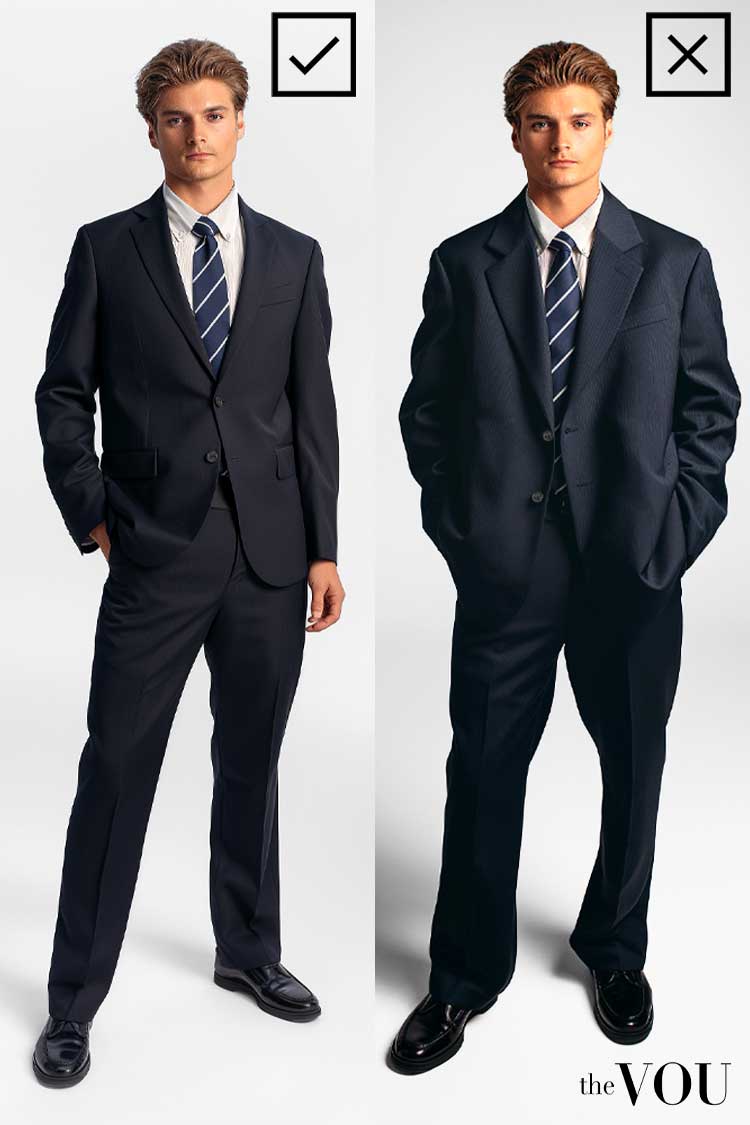
The bespoke process begins with a consultation between the client and the tailor, during which measurements are taken, fabric options are discussed, and style preferences are considered.
The tailor then creates a unique pattern for the garment, uses it to cut the fabric, and constructs the piece by hand.
Throughout the process, the client will attend multiple fittings, allowing the tailor to adjust the garment’s fit and proportions.
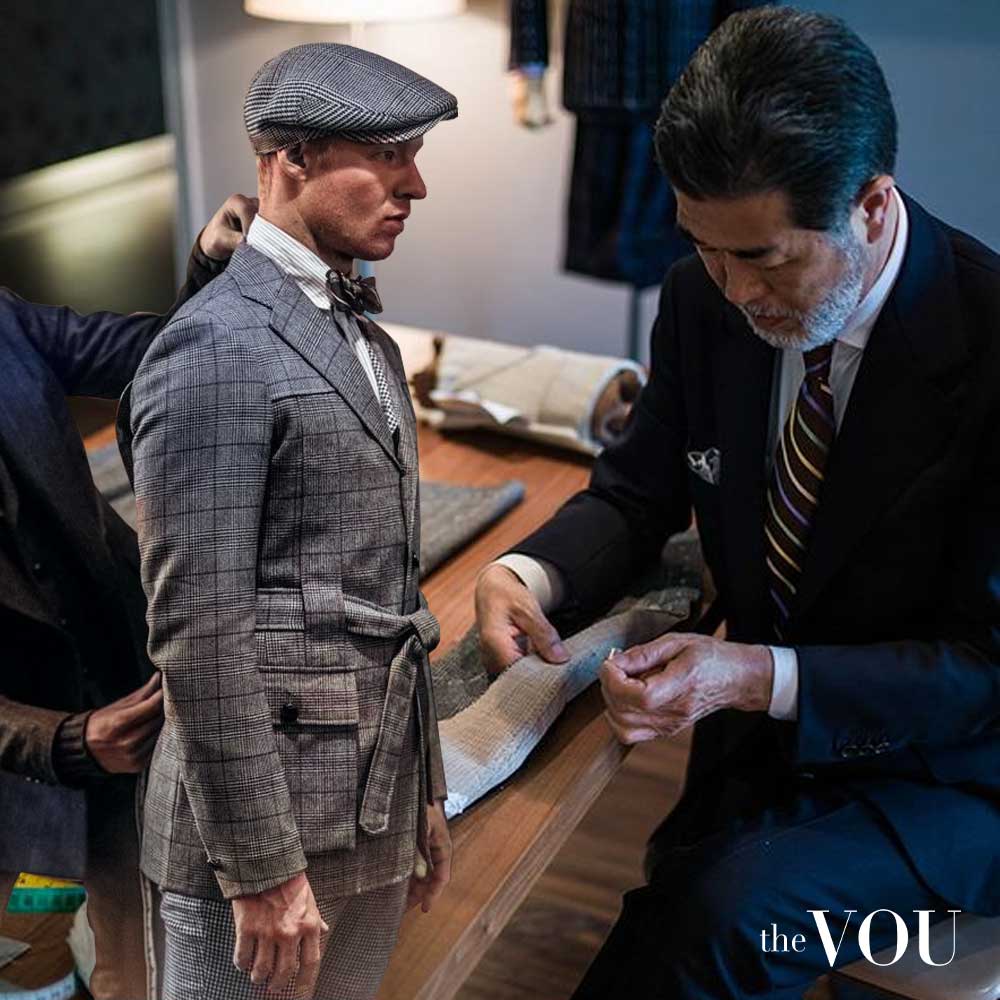
This level of customisation ensures that the final product fits perfectly, flatters the wearer’s unique physique, and complements their personal style.
However, the benefits of bespoke tailoring extend beyond just the perfect fit.
Bespoke garments are crafted from the finest materials, with skill and attention to detail that mass-produced clothing cannot match.
From the hand-stitched buttonholes to the carefully rolled lapels, every element of a bespoke garment is a testament to the artistry and expertise of the tailor.
This commitment to craftsmanship is a crucial tenet of the Old Money style, reflecting a deep appreciation for the time, skill, and knowledge required to create an exceptional garment.
Footwear
| Type | Occasion |
|---|---|
| Oxfords | The quintessential dress shoe, in black or brown – for formal occasions. |
| Brogues | More detailed than Oxfords – suitable for formal and semi-formal occasions. |
| Loafers | Penny or tassel, in leather or suede – for casual and smart-casual settings. |
| Chelsea Boots | Suitable for business casual wear in the fall and winter. |
| Driving Moccasins | For casual wear in warmer climates. |
Oxford Shoes
Oxford shoes stand as the epitome of classic footwear, embodying elegance, professionalism, and a timeless style that has graced gentlemen’s feet for centuries.
Oxfords are preferred in the old-money wardrobe for their sleek design, quality craftsmanship, and the ability to complement formal attire, making them the quintessential dress shoes for many occasions.
Whether for formal (white tie, black tie, morning dress, etc.) business, or semi-formal occasions, Oxford shoes remain an indispensable component of the old-money wardrobe, showcasing tradition and elegance.
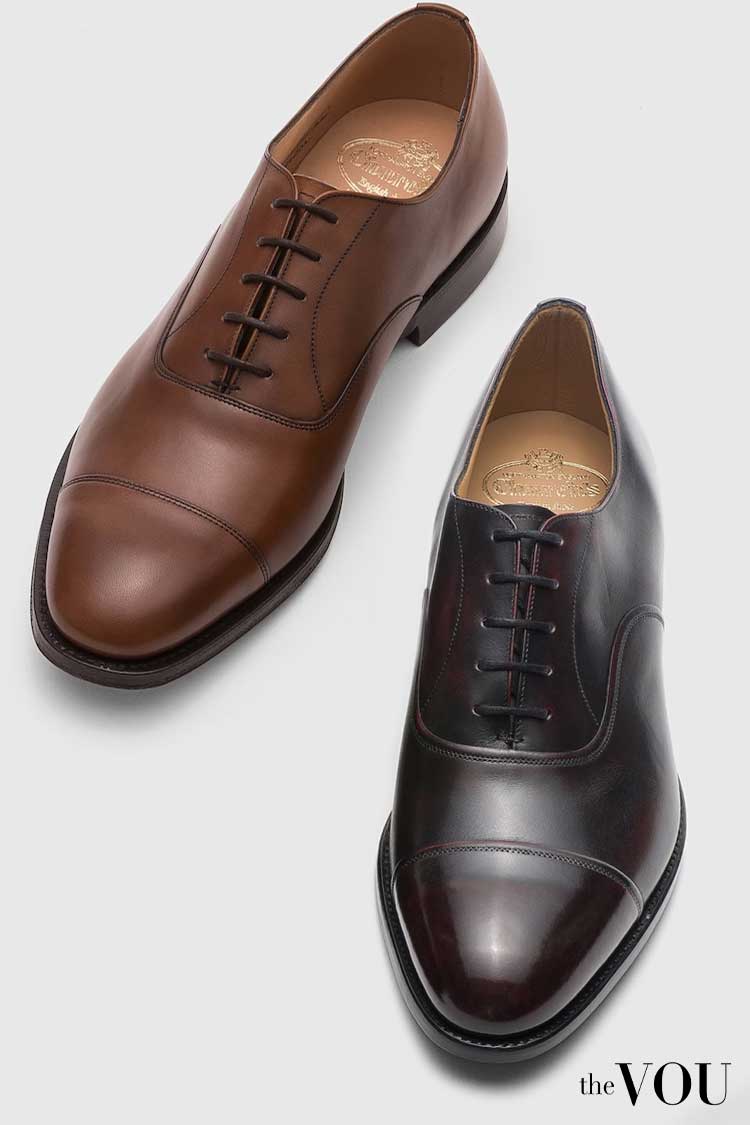
| Design and Features | |
|---|---|
| Characterised by a closed lacing system, Oxford shoes offer a slim, neat, sophisticated, and understated appearance. | |
| Toe Cap | The classic Oxford features a toe cap with or without perforations, providing a polished look suitable for formal events. |
| Plain Toe | For a minimalist and sleek design, plain-toe Oxfords are preferred, offering versatility and elegance. |
| Balmoral | Named after Balmoral Castle, this style represents the height of Oxford sophistication, often chosen for the most formal occasions. |
| Materials | |
| Leather | High-quality leather is preferred for Oxford shoes – ideal for its durability, breathability, and ability to age gracefully. Black or dark brown leather Oxfords are staples in a gentleman’s wardrobe. |
| Patent Leather | For black-tie events and occasions that demand a higher degree of formality, patent leather Oxfords provide a glossy, distinguished finish. |
| Colours | |
| Black | The most formal option, black Oxfords are essential for business, formal events, and occasions that require a suit and tie. |
| Dark Brown | Offering slightly more versatility, dark brown Oxfords can transition from formal to semi-formal settings, complementing a wide range of suit colours. |
| Occasions | |
| Business and Formal | Black leather Oxfords are the gold standard for business meetings, formal dinners, and weddings. |
| Semi-Formal Events | Dark brown Oxfords pair well with lighter suits and blazers, suitable for semi-formal gatherings and daytime events. |
Recommended Brands
- Allen Edmonds
Known for their handcrafted quality and comfort, Allen Edmonds offers a range of Oxford shoes that cater to traditional tastes. - Church’s
With a rich heritage in English shoemaking, Church’s Oxfords are synonymous with luxury, durability, and timeless style. - John Lobb
Offering bespoke and ready-to-wear Oxfords, John Lobb represents the pinnacle of craftsmanship and elegance in footwear. - Crockett & Jones
Renowned for their attention to detail and use of premium materials, Crockett & Jones crafts stylish and enduring Oxfords.
Brogues
Brogues are a distinguished type of footwear that blends functionality, style, and a touch of heritage, making them a versatile choice for formal and semi-formal occasions.
In the Old Money wardrobe, brogues are cherished for their decorative perforations and serrations along the shoe’s visible edges, offering a balance between elegance and a rugged sophistication that suits a variety of settings.
Whether for formal business settings, semi-formal events, or casual outings, brogues are essential to the old-money wardrobe, offering a perfect blend of sophistication, tradition, and versatile style.
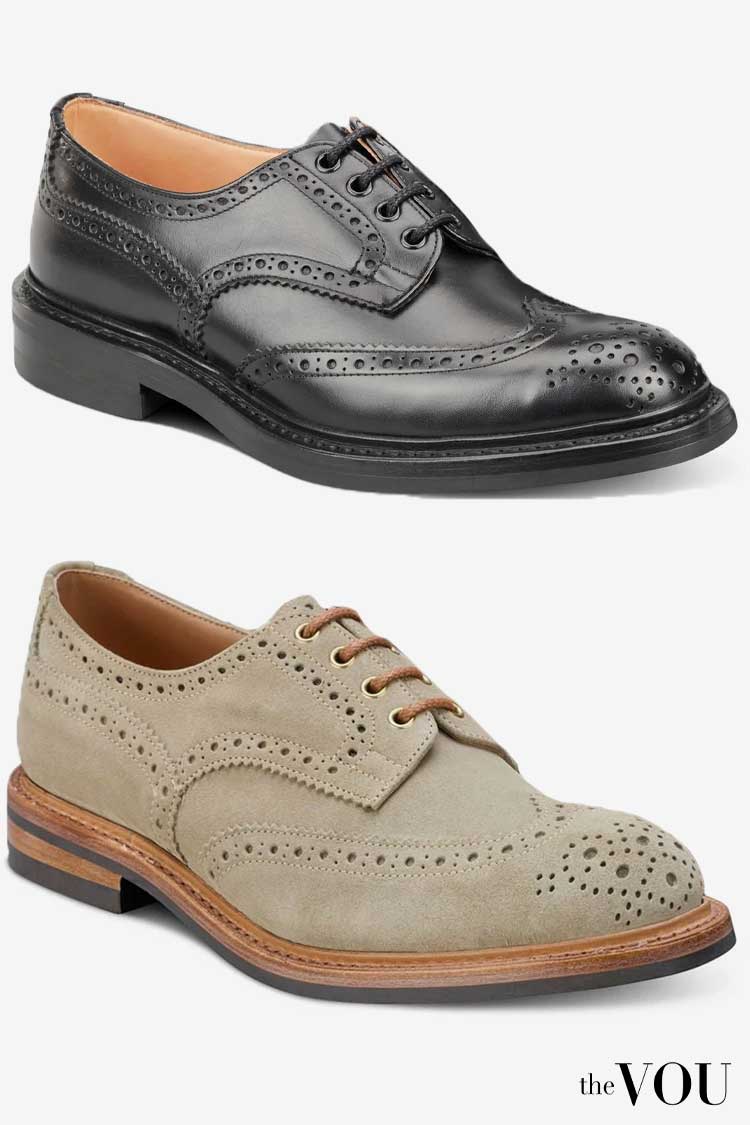
| Design and Features | |
|---|---|
| The essence of brogues lies in their detailed craftsmanship and distinctive design elements. Featuring a series of decorative perforations and serrations (broguing), these shoes are available in several styles. | |
| Full Brogues (Wingtips) | Characterised by a W-shaped toe cap extending along the shoe’s sides, full Brogues are versatile and suitable for formal and casual wear. |
| Half Brogues | Offering a more restrained design with broguing along the toe cap seam and on the top of the toe cap, half brogues strike a balance between formal and informal. |
| Quarter Brogues | The most subtle of the brogue styles, with perforations only along the edge of the toe cap, making them suitable for more formal occasions. |
| Materials | |
| Leather | Premium leather is the most common material for brogues, offering durability, comfort, and a refined appearance that ages well over time. |
| Suede | Suede brogues provide a softer, more casual look, are perfect for less formal occasions, and offer various styling options. |
| Colours | |
| Classic Colours | Black, shades of brown, and tan are the most traditional colours for brogues, allowing for easy coordination with a wide range of outfits. |
| Bolder Choices | Burgundy or navy can offer a pop of colour for those looking to make a bolder statement while maintaining an air of sophistication. |
| Occasions | |
| Formal and Business | Quarter brogues in darker leathers are appropriate for business and formal settings, complementing suits and tailored trousers. |
| Semi-Formal Events | Half and full brogues in lighter colours or suede are ideal for semi-formal events and smart casual dress codes – you can even dress down a suit. |
Recommended Brands
- Tricker’s
Known for their rugged durability and classic designs, Tricker’s offers a wide range of brogues epitomising the British shoemaking tradition. - Grenson
With a history of quality craftsmanship, Grenson brogues are celebrated for their style, comfort, and ability to transition between formal and casual wear. - Loake
Specialists in traditional English brogues, Loake crafts shoes that are stylish, built to last, and suitable for various occasions. - Church’s
Offering a luxurious take on the classic brogue, Church’s combines meticulous craftsmanship with timeless designs for the discerning gentleman.
Loafers
Loafers epitomise the blend of comfort, ease, and timeless style, making them a favoured choice for casual and smart-casual settings within the old-money wardrobe.
Cherished for their slip-on design and versatility, loafers come in various styles, including the classic penny loafer and the tassel loafer.
Each offers a unique aesthetic that can elevate any outfit.
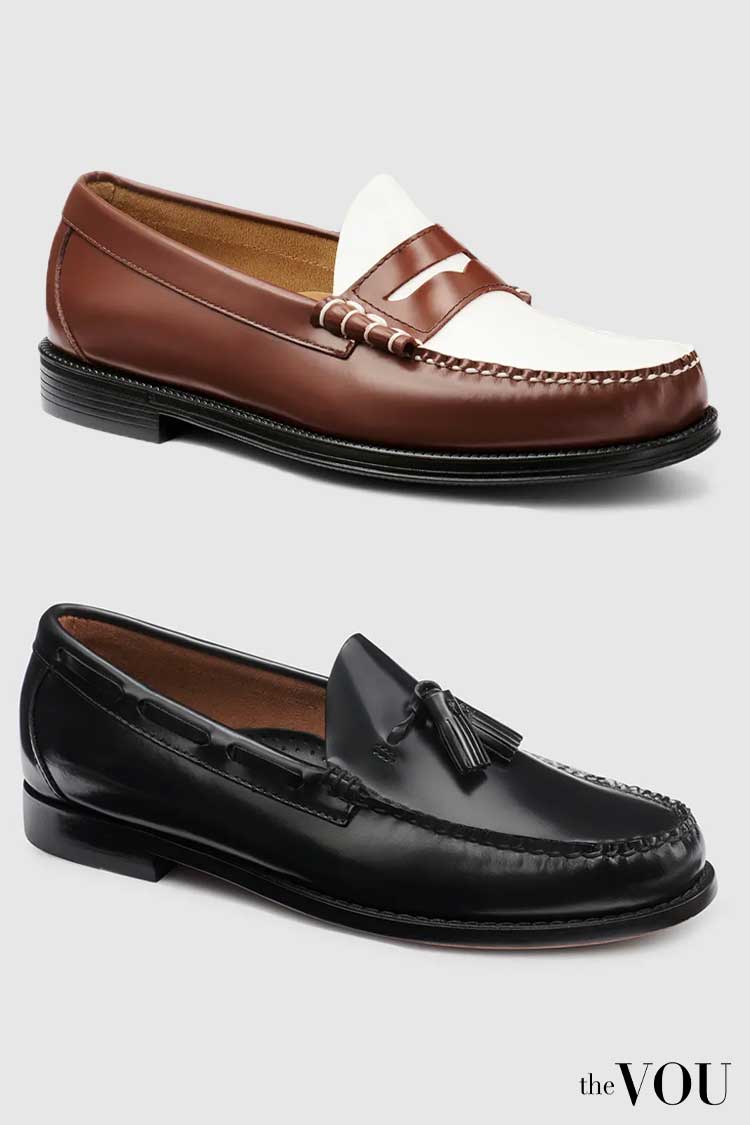
| Design and Features | |
|---|---|
| The allure of loafers lies in their elegant simplicity and functional design. Without the need for laces, loafers offer a sleek profile that is both stylish and convenient. | |
| Penny Loafers | Known for the distinctive leather strap across the saddle with a diamond-shaped cutout, penny loafers are a staple in preppy and business-casual attire. |
| Tassel Loafers | Featuring decorative tassels on the front, tassel loafers add a playful yet sophisticated touch for elevating casual outfits. |
| Materials | |
| Leather | High-quality leather loafers provide durability, comfort, and a polished appearance that complements casual and smart attire. |
| Suede | Suede loafers offer a more casual, tactile appeal, perfect for spring and summer looks or smart-casual ensembles. |
| Colours | |
| Classic Colours | Black and shades of brown and tan are the most versatile colours for loafers, easily paired with a wide range of outfits. |
| Bolder Choices | Navy, burgundy, or even green suede can introduce a pop of colour and personality to an outfit without sacrificing sophistication. |
| Occasions | |
| Casual and Smart-Casual | Loafers shine in casual and smart-casual settings, perfect for weekend outings, casual Fridays, or evening gatherings. |
| Business Casual | Leather penny loafers, in particular, can complement business casual attire, offering a polished look without the formality of Oxfords or brogues. |
Recommended Brands
- G.H. Bass & Co.
G.H. Bass & Co. is credited with introducing the penny loafer and offers classic designs that remain true to its preppy origins. - Tod’s
Known for their luxurious Italian leather loafers, Tod’s combines comfort, style, and craftsmanship, making their shoes a favourite among those who value understated elegance. - Allen Edmonds
Offers a range of loafers, including tassel and penny styles, crafted with attention to detail and quality materials for lasting wear. - Church’s
Provides a sophisticated take on the loafer with handcrafted designs that reflect the brand’s commitment to excellence and traditional style.
Chelsea Boots
Chelsea boots are a quintessential element of the refined wardrobe, offering a seamless blend of functionality, style, and versatility.
Esteemed within old money circles for their sleek design and ease of wear, Chelsea boots are suitable for various occasions, from casual outings to more formal events during the fall and winter months.
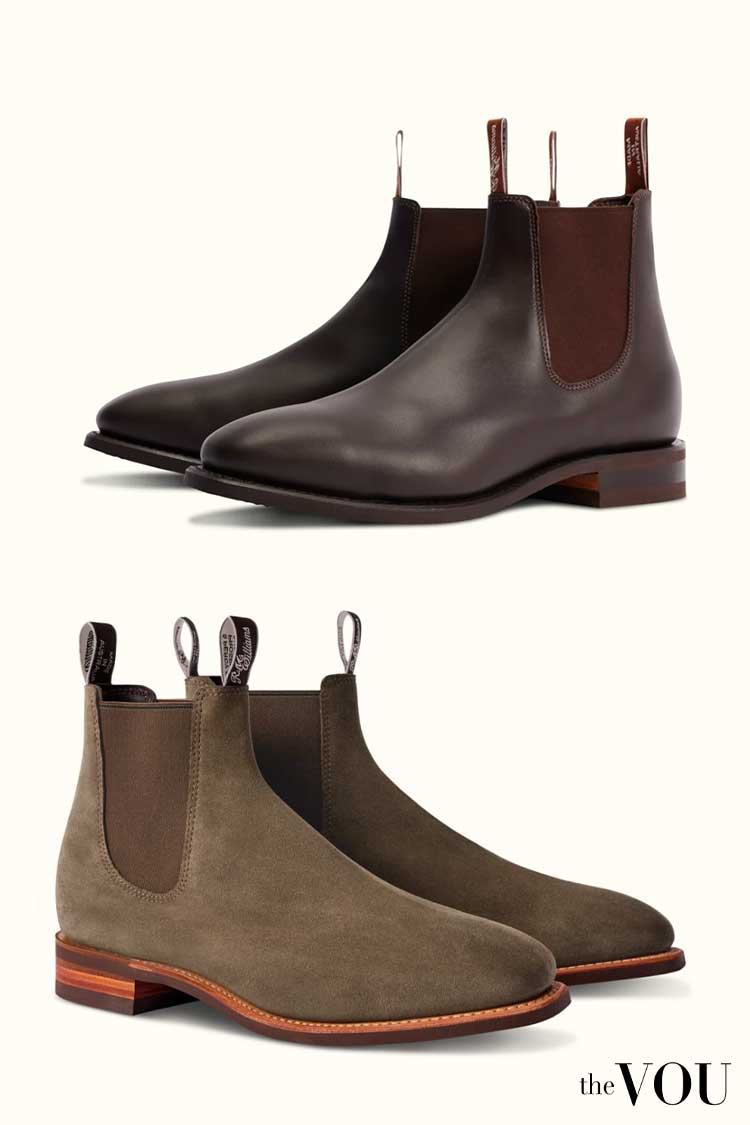
| Design and Features | |
|---|---|
| Chelsea boots are characterised by their ankle height, rounded toe, low heel, and notable absence of lacing, which contributes to their clean, streamlined appearance. | |
| Elastic Side Panels | These boots are easy to slip on and off while offering a snug, comfortable fit around the ankle. |
| Pull Tab | Located at the back of the boot, the pull tab helps people easily put on the boots. |
| Materials | |
| Leather | Offers durability, weather resistance, and a polished look, making leather Chelsea boots a staple for formal and professional settings. |
| Suede | Provides a more casual, tactile appeal, perfect for casual outings and adding texture to an ensemble. |
| Colours | |
| Classic Colours | Black and brown dominate the Chelsea boot palette, ensuring versatility and ease of pairing with various outfits. |
| Bolder Choices | For those looking to make a statement, burgundy or dark green colours can add a unique touch to an outfit without compromising elegance. |
| Occasions | |
| Casual | Suede Chelsea boots can effortlessly elevate a casual look, pairing well with jeans or chinos for weekend outings or casual gatherings. |
| Business Casual to Formal | Leather Chelsea boots transition smoothly from the office to after-hours events, complementing suits, trousers, and smart attire with sleek silhouettes. |
Recommended Brands
- Common Projects
Offers minimalist, contemporary Chelsea boots renowned for clean lines and premium materials. - Church’s
With a heritage of craftsmanship, Church’s Chelsea boots are the epitome of luxury, combining traditional techniques with timeless design. - R.M. Williams
Specialising in Chelsea boots, R.M. Williams crafts classic-style boots of exceptional quality and comfort.
Driving Moccasins
Driving moccasins, also known as driving shoes, are a hallmark of leisurely elegance and comfort, making them a favoured choice for casual wear, especially in warmer climates.
Celebrated in old money circles for their practicality and understated style, driving moccasins embody a relaxed yet sophisticated lifestyle.
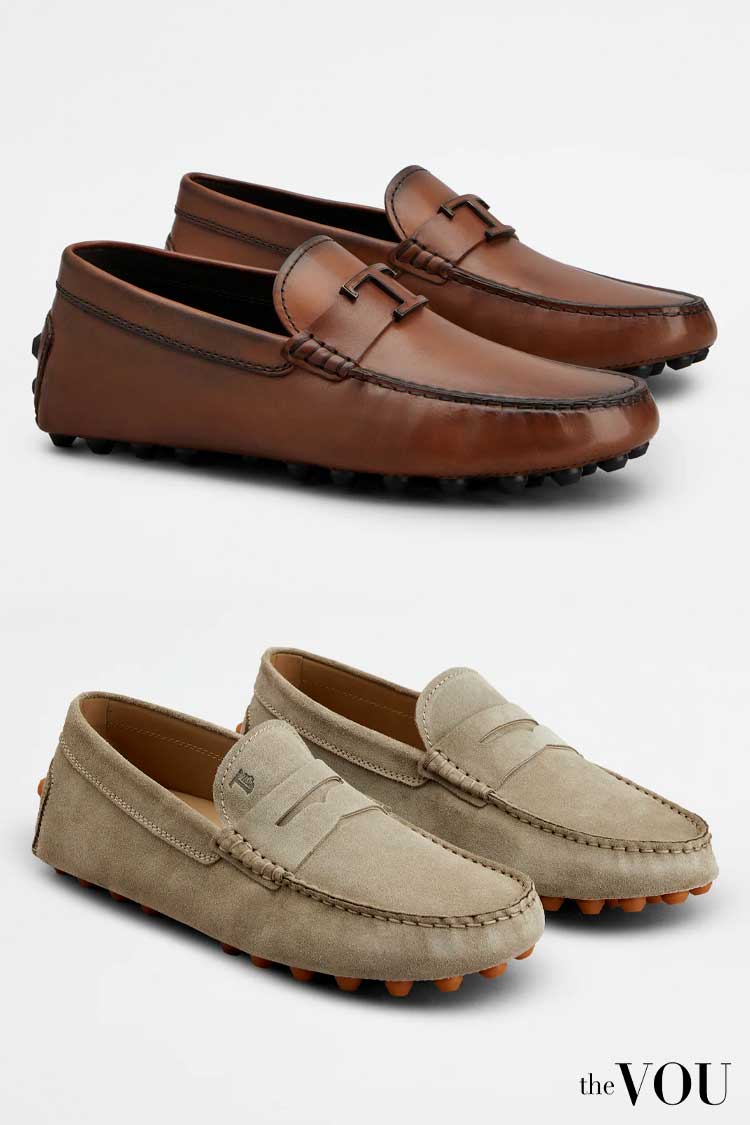
| Design and Features | |
|---|---|
| Driving moccasins are distinguished by their soft leather or suede construction, comfortable fit, and rubber-grommet sole that extends to the heel, designed to provide grip while driving. | |
| Soft Construction | Typically made from supple leather or suede for ultimate comfort and flexibility. |
| Rubber-Grommet Sole | A signature feature of driving moccasins is the pebbled rubber sole extending to the back of the heel, which protects the shoe and provides grip on car pedals. |
| Slip-On Design | Easy to put on and take off, driving moccasins are the epitome of casual convenience and laid-back style. |
| Materials | |
| Leather | Offers a refined look and durability, making leather driving moccasins suitable for various casual settings. |
| Suede | Provides a softer texture and a more relaxed appearance, perfect for casual summer outings and warmer weather. |
| Colours | |
| Classic Colours | Earth tones like browns, tans, and navy are popular choices. They offer versatility and are easy to pair with casual wardrobes. |
| Brighter Shades | To add colour and personality to outfits, driving moccasins come in vibrant red, blue, and green hues. |
| Occasions | |
| Day-to-Day Casual | Perfect for everyday wear, driving moccasins pair well with shorts, chinos, or casual trousers for a relaxed yet polished look. |
| Travel and Leisure | Their comfortable fit and easy slip-on design make driving moccasins ideal for travel and leisure activities, from road trips to strolls in the city. |
Recommended Brands
- Tod’s
Renowned for luxury driving shoes, Tod’s offers high-quality, stylish moccasins that have become synonymous with casual elegance. - Salvatore Ferragamo
Known for their craftsmanship and luxury materials, Salvatore Ferragamo’s driving moccasins blend comfort with a sleek, sophisticated style. - Minnetonka
Offers a range of driving moccasins that emphasise comfort and a casual, laid-back aesthetic, perfect for everyday wear.
Essential Accessories
| Type | Description |
|---|---|
| Leather Belts | In black or brown, that always matches the shoe colour. |
| Silk Ties | Solid colours, subtle patterns, or preppy repp stripes. |
| Pocket Squares | Matched with silk or linen suits and blazers to create a flair touch. |
| Cufflinks | In silver or gold – simple, elegant, ideal for formal occasions. |
| Wristwatches | Classic designs from Rolex, Omega, or Patek Philippe. |
| Writing Instruments | Art creations that symbolise one’s love for traditional tools. |
| Leather Briefcases | Ideally from high-quality leather – to create a professional look. |
| Sunglasses | Classic styles like aviators or wayfarers. |
| Scarves | Wool or cashmere – for warmth in the colder months. |
| Leather Gloves | High-quality leather in colours that match the shoes and the wristwatch strap. |
| Umbrellas | Often overlooked – an essential accessory for the real gentlemen. |
Leather Belts
Leather belts are more than functional accessories in the old-money wardrobe; they are subtle indicators of style, sophistication, and attention to detail.
Leather belts are essential for creating a polished and cohesive look. They are chosen for their quality, durability, and classic appeal.
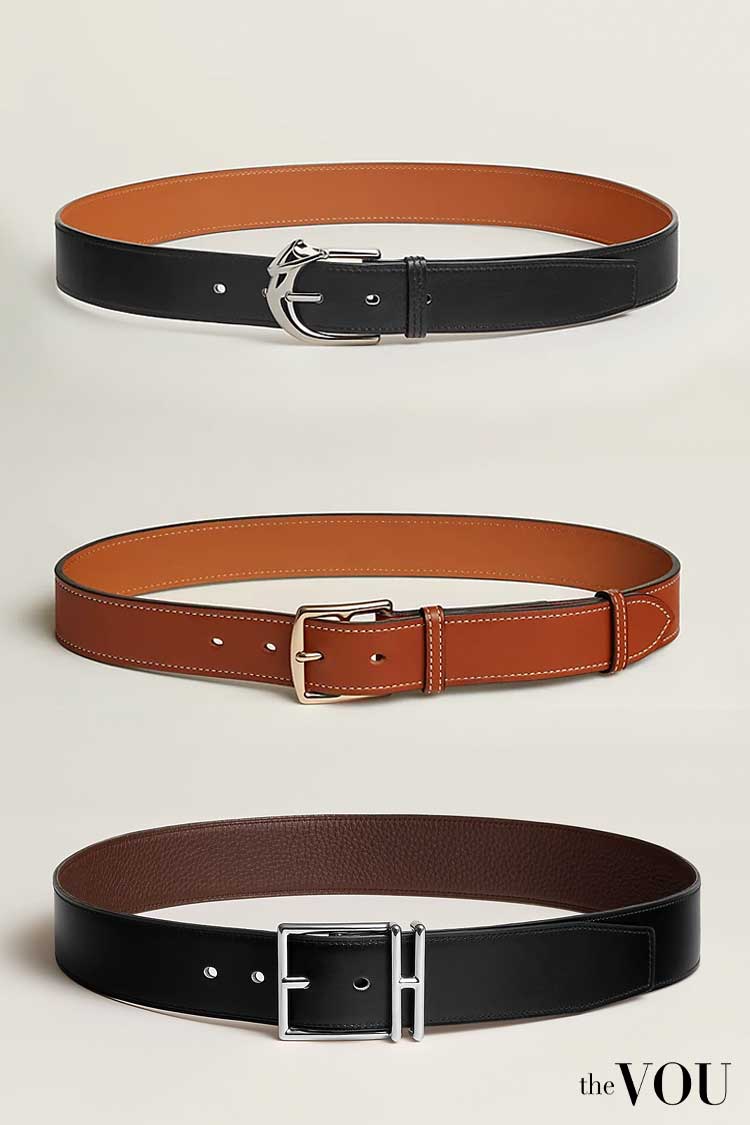
| Design and Features | |
|---|---|
| Well-chosen leather belts complement traditional-style outfits by enhancing the overall aesthetic. High-quality leather belts have certain characteristics. | |
| Classic Buckle | A simple, tasteful buckle in silver or gold-tone metal adds a touch of elegance without drawing undue attention. |
| Width | A moderate width of about 1.25 to 1.5 inches ensures the belt suits casual and formal trousers. |
| Materials | |
| Full-Grain Leather | Premium leather is preferred for excellent durability, texture, and ability to age gracefully, developing a unique patina over time. |
| Vegetable-Tanned Leather | This type of leather is tanned using natural materials, resulting in a rich, organic colour that deepens with age. |
| Colours | |
| Classic Colours | Black and brown are the most versatile and traditional colours for leather belts, easily matched with shoes and other accessories. |
| Matching Colours | The general rule of thumb is to match the belt with the colour of your shoes for a cohesive and harmonised look. |
| Occasions | |
| Casual | Brown leather belts, especially those with a more textured finish or slight distressing, complement casual wear such as jeans and chinos. |
| Business and Formal | A sleek, black leather belt pairs perfectly with formal attire, adding a refined touch to suits and dress trousers. |
Recommended Brands
- Hermes
It is an iconic brand for those seeking luxury, offering exquisite craftsmanship and timeless designs. - Montblanc
While renowned for its writing instruments, Montblanc also produces elegant leather belts combining functionality and luxury. - Brooks Brothers
A classic American brand, it offers a selection of tasteful leather belts suitable for business, casual, and formal wear. - Allen Edmonds
Known for their high-quality men’s shoes, Allen Edmonds also offers a range of premium leather belts designed to match their footwear.
Silk Ties
Silk ties are a quintessential accessory in the old money wardrobe, symbolising refinement, professionalism, and an eye for detail.
Selected for the quality, design, and silent wealth statement they make, silk ties are essential for completing a polished and sophisticated look.
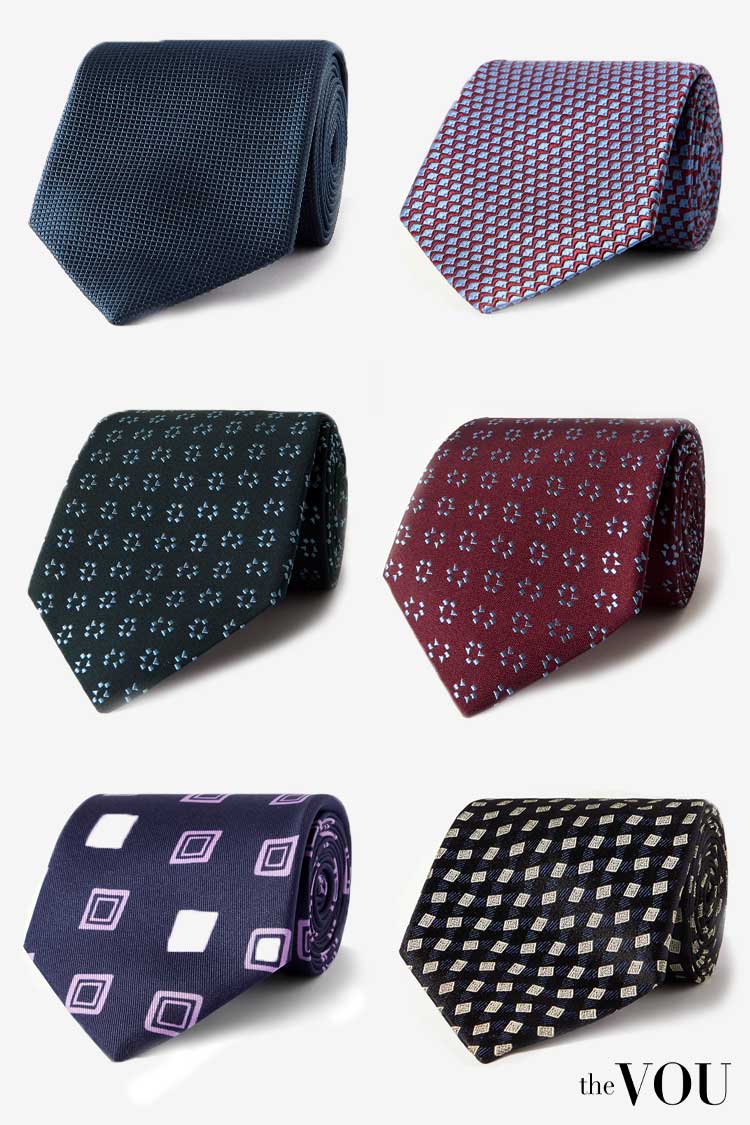
| Design and Features | |
|---|---|
| The perfect silk tie complements the outfit and reflects the wearer’s personal style and the occasion. | |
| Quality | The lustre and softness of high-quality silk add depth and elegance to the tie, enhancing its appearance and feel. |
| Patterns and Colours | From solid colours and classic stripes to subtle patterns, the design choice in silk ties can convey personality and professionalism. |
| Width | The tie’s width should match the suit’s and the wearer’s frame proportions, with classic widths enduring as a staple. |
| Materials | |
| Pure Silk | Renowned for sheen and texture, pure silk is the preferred material for ties, offering a luxurious feel and elegant drape. |
| Colours and Patterns | |
| Classic Colours | A solid-coloured silk tie, especially in deep blues, burgundy, or classic black, is versatile and suitable for various occasions. |
| Classic Stripes | Striped silk ties, often in club or regimental patterns, evoke a sense of tradition and continuity. |
| Subtle Patterns | Small, understated patterns like paisleys, dots, or geometric shapes add interest without overwhelming the ensemble. |
| Occasions | |
| Semi-Formal | Lighter colours or interesting patterns can dress down a suit for semi-formal gatherings, offering a touch of personality. |
| Business and Formal | A well-chosen silk tie adds a finishing touch of elegance for business meetings, formal events, or occasions requiring a suit. |
Recommended Brands
- Hermes
Renowned for exquisite designs and superior quality, Hermes ties symbolise luxury and sophistication. - Charvet
As a pioneer in fine shirtmaking, Charvet also offers a range of elegant silk ties, renowned for unique colours and excellent craftsmanship. - Brooks Brothers
An American classic, Brooks Brothers provides a selection of silk ties that cater to traditional and contemporary tastes. - Drake’s
Celebrated for handcrafted ties, Drake’s combines traditional methods with unique patterns and textures, appealing to the modern gentleman.
Pocket Squares
Pocket squares are the epitome of sartorial finesse in the old-money wardrobe.
They serve not only as a functional accessory but also as an expression of personal style and attention to detail.
Small pieces of fabric, tucked into the breast pocket of a suit or blazer, add a splash of colour, texture, and sophistication, elevating an overall look.
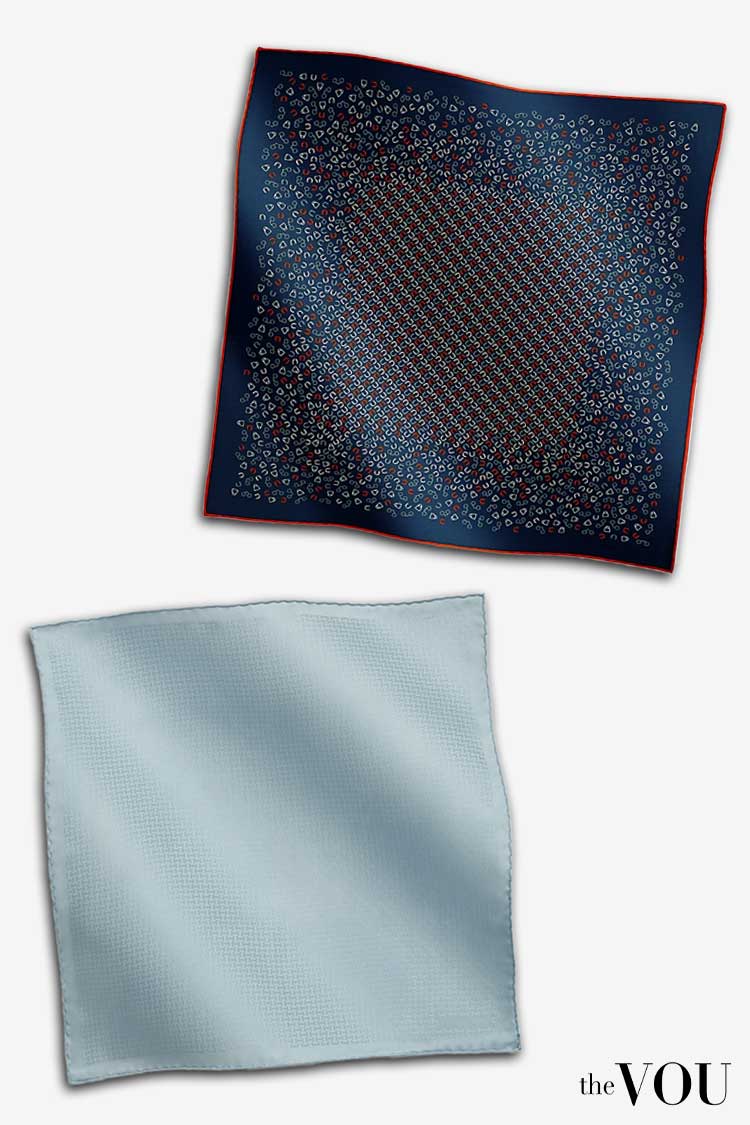
| Design and Features | |
|---|---|
| The charm of pocket squares lies in their ability to complement or contrast with the rest of the outfit, offering a subtle yet impactful statement. | |
| Quality | Silk, linen, and fine cotton are preferred for their texture, appearance, and ability to hold folds and shapes. |
| Variety of Patterns | Pocket squares allow personal expression from solid colours and classic polka dots to intricate paisleys and bold prints. |
| Edge Finishing | Hand-rolled and stitched edges are signs of a high-quality pocket square, adding to its elegance and durability. |
| Materials | |
| Silk | Offers a lustrous sheen and vibrant colours, ideal for formal and semi-formal occasions. |
| Linen | Known for its crisp texture and matte finish, linen pocket squares are perfect for a clean, sophisticated look. |
| Fine Cotton | Provides a softer, more casual appearance, suitable for everyday wear and less formal events. |
| Colours and Patterns | |
| Classic Colours | It is a simple way to add a touch of elegance, especially when chosen to complement or subtly contrast the tie or shirt. |
| Classic Patterns | Stripes, polka dots, and checks offer a timeless appeal, while paisleys and prints can introduce a more dynamic element. |
| Occasions | |
| Casual Outings | For a more relaxed look, playful patterns and colours in any fabric can add personality to casual blazers and sport coats. |
| Business and Semi-Formal | Linen and fine cotton pocket squares can lend an air of professionalism and polish to business and semi-formal attire. |
| Formal Events | A silk pocket square in a classic fold adds a refined touch to formal wear, such as tuxedos and dark suits. |
Recommended Brands
- Hermes
Offers an exquisite selection of silk pocket squares, renowned for their vibrant colours and intricate designs. - Drake’s
Known for their craftsmanship, Drake’s pocket squares feature a variety of handcrafted patterns and textures suitable for every occasion. - Simonnot Godard
Specialises in fine linen and cotton pocket squares, offering exceptional quality and classic designs for the discerning gentleman. - Tom Ford
Provides luxurious pocket squares that embody modern sophistication, focusing on rich colours and premium materials.
Cufflinks
Cufflinks symbolise sophistication and are an essential accessory in the old money wardrobe, adding a touch of elegance and personality to formal and business attire.
Cufflinks secure the cuffs of a dress shirt and allow one to express individual style and attention to detail.
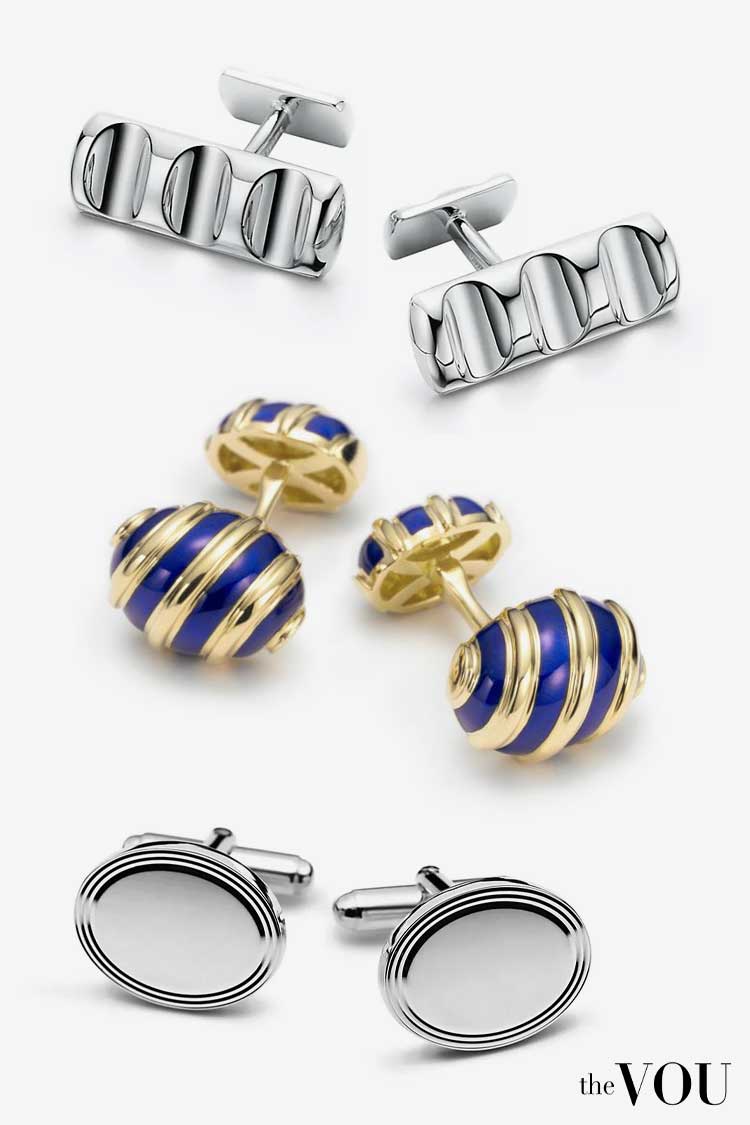
| Variety and Selection | |
|---|---|
| Cufflinks come in many designs, materials, and finishes, allowing for personal expression while adhering to the tenets of classic style. | |
| Designs | From simple and understated to ornate and decorative, cufflinks can reflect personal interests, heritage, or a preference for a particular aesthetic. |
| Materials | Precious metals like gold and silver are traditional choices, while mother-of-pearl, enamel, and semi-precious stones add colour and texture. |
| Finishes | Polished, matte or textured finishes can complement other accessories and the overall look of an outfit. |
| Occasions | |
| Casual Gatherings | More casual settings allow for creativity and personal expression in the choice of cufflinks, including playful designs or colourful materials. |
| Business Settings | Cufflinks should be understated in professional environments, favouring simple designs and materials that convey sophistication without ostentation. |
| Formal Events | For black-tie or formal occasions, wear cufflinks in gold, silver, or mother-of-pearl to ensure they match the tone and elegance of the event. |
Recommended Brands
- Tiffany & Co.
Offers a range of luxury cufflinks that combine timeless elegance with the brand’s signature craftsmanship. - Cartier
Known for their exquisite jewellery, Cartier’s cufflinks are a statement of luxury, featuring premium materials and elegant designs. - Montblanc
Montblanc produces sophisticated cufflinks that complement its pens and leather goods. - Paul Smith
Provides a selection of cufflinks with unique and whimsical designs, perfect for adding a touch of personality to any outfit.
Wristwatches
In old-money fashion, watches are not merely tools for telling time but an integral aspect of personal style and heritage.
Classic timepieces are valued for rare craftsmanship, design, and the stories they tell, as most Old Money-style watches are heirlooms passed down through generations.
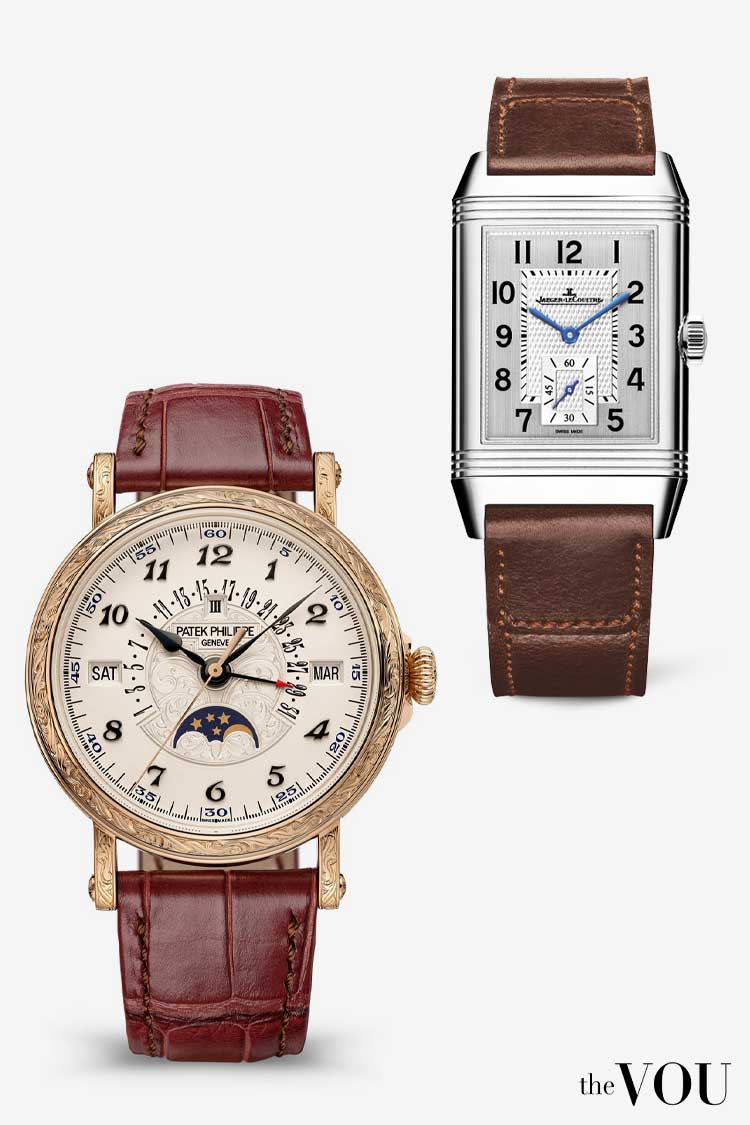
| Selection Criteria | |
|---|---|
| When selecting a watch, several factors come into play, reflecting not just personal taste but also an appreciation for the art of watchmaking: | |
| Mechanism | Mechanical watches, both manual and automatic, are prized for their intricate movements and the skill required to craft them. |
| Design | Classic and understated designs that emphasise elegance and readability over ostentation are preferred. |
| Brand Heritage | Watches from brands with a long history of craftsmanship and innovation are preferred as signs of legacy and the value they retain. |
| Material | Quality materials such as stainless steel, gold, and platinum are common, and they are chosen for their durability and aesthetics. |
| Occasions | |
| Casual Outings | More casual or sporty watches can be worn in less formal settings, though the old money preference leans towards timeless design, even in leisure. |
| Business Settings | A classic, understated watch with a simple dial is suitable for professional environments. It reflects reliability and attention to detail. |
| Formal Events | A slim, elegant dress watch with a leather strap or a discreet metal bracelet complements a suit or tuxedo perfectly for formal occasions. |
Recommended Brands
- Rolex
Known for its iconic designs and unparalleled durability, Rolex watches symbolise success and craftsmanship. - Patek Philippe
The pinnacle of watchmaking excellence, with timepieces seen more as investments than wrist accessories. - Omega
Combines a rich history of innovation with classic design, making it a favourite for formal and casual occasions. - Jaeger-LeCoultre
Offers a range of sophisticated watches known for their technical prowess and elegant aesthetics.
Classic Style Writing Instruments
In an age dominated by digital communication, the choice of writing instruments among those who appreciate the old-money aesthetic speaks volumes about tradition, personal style, and the value placed on the written word.
High-quality pens are not only writing tools but also considered works of art and symbols of one’s regard for thoughtfulness and the tactile experience of writing.
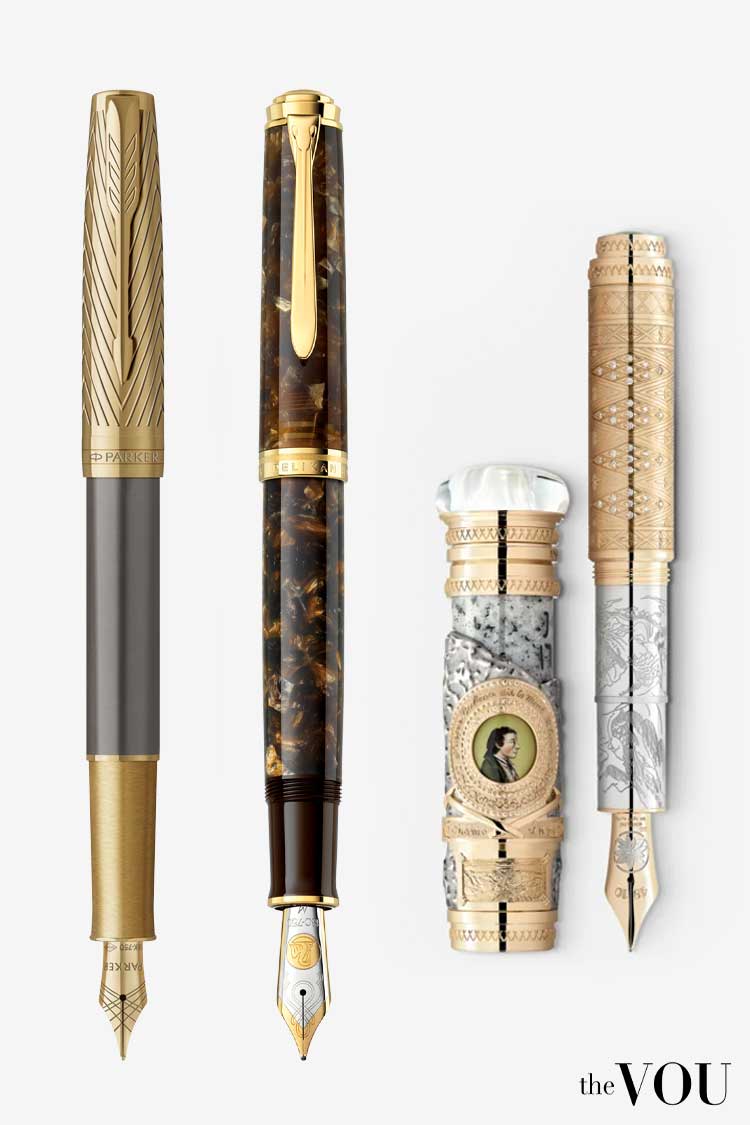
| Selection Criteria | |
|---|---|
| Selecting a writing instrument involves consideration of its functionality, craftsmanship, and the statement it makes. | |
| Type | Fountain pens are highly regarded for their elegance, writing quality, and tradition. Rollerball and ballpoint pens offer convenience and a different writing experience. |
| Material | Quality materials such as precious metals, resin, and celluloid add to the pen’s aesthetic and weight, influencing the writing experience. |
| Brand Heritage | Brands with a long history of crafting fine writing instruments are often preferred for their expertise and legacy. |
| Design | Classic designs that have stood the test of time are favoured for their elegance and understated sophistication. |
| Occasions | |
| Everyday Use | Rollerball or ballpoint pens can be practical for daily use, offering ease and reliability with a touch of class. |
| Formal Signings | Fountain pens, with their refined appearance and smooth writing, are ideal accessories for important occasions where a hand-written signature is required. |
| Gifts and Heirlooms | A well-crafted pen can be a meaningful gift, symbolising respect and high regard and serving as a cherished heirloom. |
Recommended Brands
- Montblanc
Synonymous with luxury writing instruments, Montblanc pens are celebrated for their craftsmanship and iconic design. - Pelikan
Known for exceptional fountain pens, Pelikan offers a range of beautiful and functional pens. - Parker
With a history of innovation, Parker pens are recognised for their quality, durability, and classic style. - Waterman
Offers a selection of elegant pens that combine tradition with modern writing technology, appealing to a wide range of preferences.
Essential Leather goods
Leather goods are special in the old-money aesthetic, embodying durability, functionality, and timeless style.
From wallets and briefcases to travel bags and accessories, leather accessories of high craftsmanship have a timeless elegance suitable for any respectable gentleman.
The careful selection of leather goods is crucial for those who appreciate the old-money lifestyle, with a focus on items that combine practicality with an understated luxury.
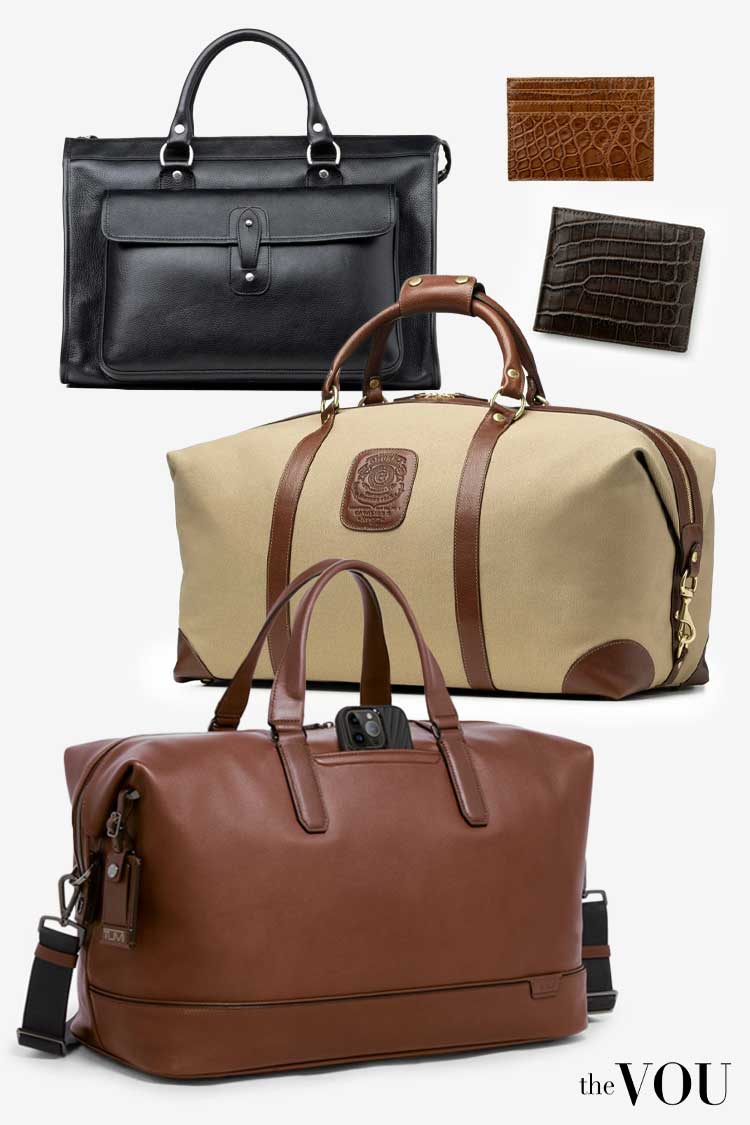
| Types | |
|---|---|
| Wallets | Slim, well-crafted leather wallets that age gracefully, accommodating essentials without unnecessary bulk. |
| Briefcases | Classic, structured briefcases in fine leather, designed for durability and a professional appearance. |
| Travel Bags | High-quality leather duffel bags or weekenders that blend functionality with style for sophisticated travel. |
| Accessories | Leather belts, watch straps, and folios complement the overall aesthetic and serve practical purposes. |
| Materials and Craftsmanship | |
| Premium Leather | Full-grain or top-grain leather is preferred for its durability, texture, and ability to develop a patina over time. |
| Handmade Craftsmanship | Items crafted by skilled artisans, emphasising traditional techniques, are sought after for their quality and uniqueness. |
Selecting Leather Goods
When selecting leather goods, the focus is on timeless design and functionality, ensuring that each item is both a practical and stylish addition to the wardrobe or collection:
- Choose items that are versatile and can be used in various settings, from formal to casual.
- Opt for classic colours like black, brown, and tan, which age well and match easily with other accessories.
- Consider the item’s purpose and how it will be used to ensure it meets practical needs while also reflecting personal style.
Recommended Brands
- Ghurka
Offers a range of premium leather goods known for their craftsmanship and timeless design. - Smythson
A British luxury brand that provides a selection of refined leather accessories, combining functionality with elegance. - Tumi
While known for their travel luggage, Tumi also offers high-quality leather bags and accessories designed for durability and style. - Moore & Giles
Specialises in luxurious leather goods, emphasising natural textures and handmade quality.
Sunglasses
In old-money aesthetics, sunglasses are not mere protective eyewear but a statement of style and sophistication.
Sunglasses of the wealthy have a timeless design – aviators or wayfarers – reflecting a preference for traditional styles over fleeting fashion trends.
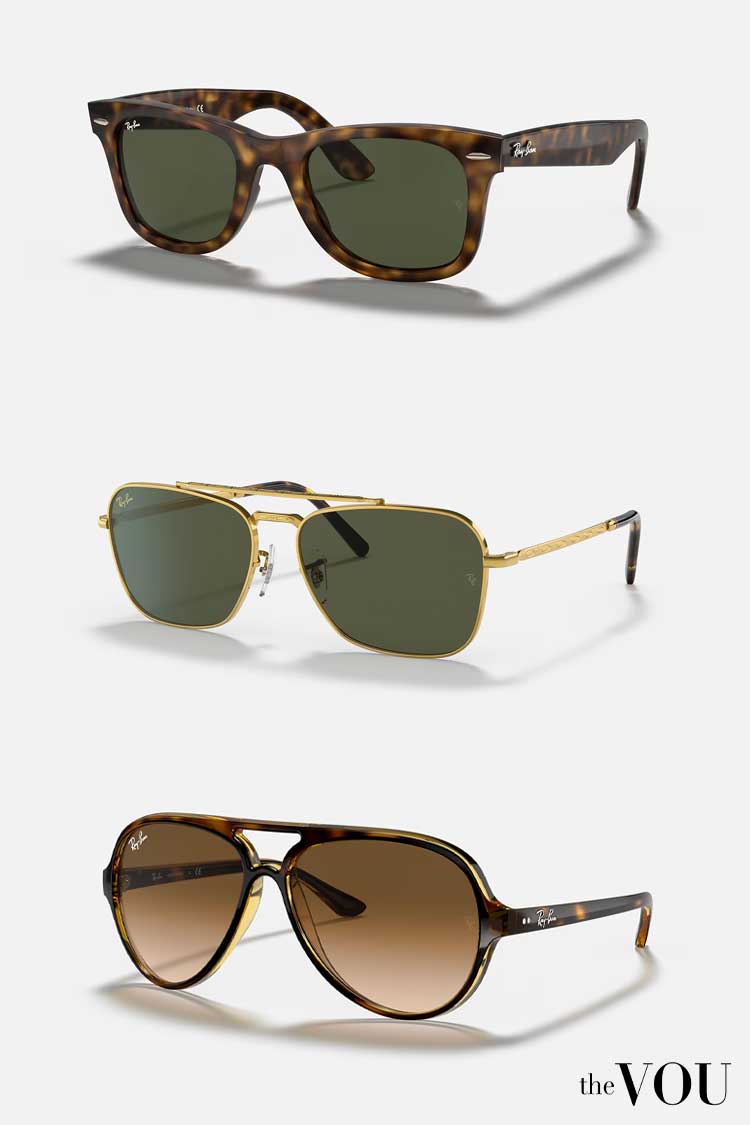
| Ideal Sunglass Styles | |
|---|---|
| The selection of sunglasses within the old-money aesthetic focuses on classic shapes that offer both functionality and a nod to historical elegance: | |
| Aviators | Originally designed for pilots, aviators are known for their distinctive teardrop shape and metal frames, embodying a blend of function and timeless appeal. |
| Wayfarers | Characterised by a sturdy frame and slightly rounded shape, wayfarers symbolise effortless style since inception. |
| Quality | |
| Premium Materials | Full-grain or top-grain leather is preferred for its durability, texture, and ability to develop a patina over time. |
| Durability | Well-constructed sunglasses that withstand daily use and maintain their shape and finish over time. |
Choosing the Right Sunglasses
Choosing the right pair of sunglasses involves considering both the aesthetic appeal and the practical aspects of eyewear:
- Opt for classic designs that complement various outfits and occasions, from formal to casual.
- Ensure that the sunglasses provide adequate UV protection, a crucial factor for maintaining eye health.
- Select a frame colour and lens tint that suits your style while offering versatility and wearability.
Recommended Brands
- Ray-Ban
Iconic for their wayfarer and aviator styles, Ray-Ban sunglasses are synonymous with classic American cool. - Persol
Italian craftsmanship and timeless design define Persol sunglasses, favoured for their quality and elegant aesthetics. - Oliver Peoples
Offers a range of sophisticated eyewear designs, focusing on attention to detail and vintage-inspired styles.
Scarves
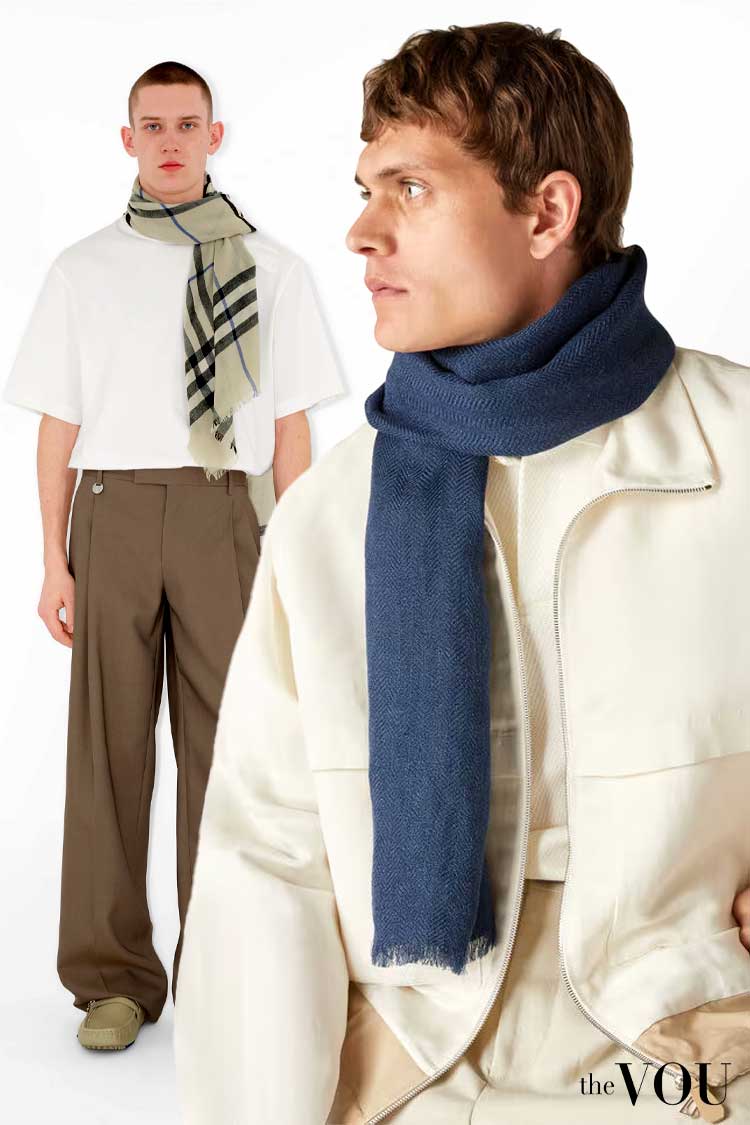
Scarves, made from wool or cashmere, are indispensable accessories in the old money wardrobe, especially during the colder months.
Beyond their practical use for warmth, scarves offer an opportunity to add a layer of sophistication and subtle flair to any outfit.
The choice of a scarf speaks to an appreciation for fine materials, craftsmanship, and the timeless elegance that characterises the Old Money aesthetic.
| Essential Scarf Qualities | |
|---|---|
| When it comes to selecting scarves, there are a few key qualities that are prioritised to ensure functional and stylistic needs. | |
| Material | Wool and cashmere are preferred for their warmth, softness, and durability. These natural fibres offer superior comfort and insulation compared to synthetic alternatives. |
| Design | Classic patterns such as herringbone, plaid, and solid colours are favoured for their versatility and timeless appeal. Subtle branding or no branding is often preferred to maintain an understated look. |
| Craftsmanship | High-quality scarves are characterised by their attention to detail, including fine stitching and finishes that ensure longevity and a luxurious feel. |
Choosing the Right Scarf
The selection of a scarf is not just about warmth but also about complementing the wardrobe and enhancing personal style.
- Consider the colour and pattern of the scarf to ensure it pairs well with the outerwear and suits your wardrobe.
- Opt for scarves of a suitable length and width for versatile styling, whether worn draped, knotted, or wrapped.
- Invest in quality to ensure the scarf looks elegant and stands the test of time, becoming a staple in the cold-weather wardrobe.
Recommended Brands
- Burberry
Known for their iconic check pattern, Burberry scarves are crafted from cashmere, offering warmth and a touch of British elegance. - Loro Piana
It specialises in luxury cashmere and wool scarves and is renowned for its exceptional quality and timeless designs. - Johnstons of Elgin
It offers a range of finely crafted wool and cashmere scarves from the finest natural fibres in Scotland. - Drake’s
Provides a selection of handcrafted scarves that blend traditional weaving techniques with contemporary designs.
Leather Gloves
Within the Old Money aesthetic, leather gloves represent a blend of functionality, luxury, and a meticulous approach to personal style.
High-quality leather gloves are considered essential accessories to a gentleman’s refined wardrobe. They reflect attention to detail and appreciation for classic elegance.
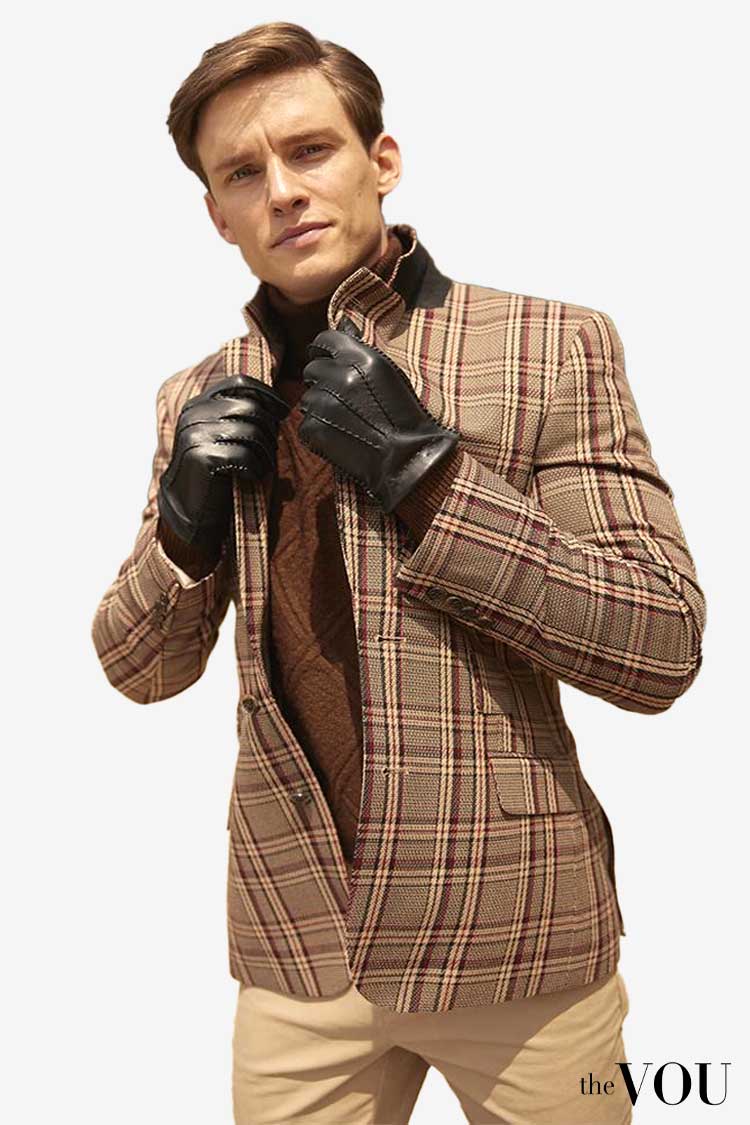
| Characteristics of Premium Leather Gloves | |
|---|---|
| Those who embrace the old-money lifestyle select leather gloves based on several key characteristics that ensure they are stylish and durable. | |
| Material | The best gloves are made from high-quality leather, such as lambskin or deerskin, known for their softness, flexibility, and durability. These materials ensure comfort and a snug fit while allowing the hands to breathe. |
| Colour | Classic colours such as black, brown, and tan are preferred, as they can easily match various shoes and wristwatch straps, ensuring a cohesive and polished look. |
| Lining | The lining of the gloves is equally important for warmth and comfort. Natural fibres like silk, wool, or cashmere are favoured for their insulation properties and softness against the skin. |
| Craftsmanship | Hand-stitched gloves are highly prized for their superior construction and attention to detail. Features like precise stitching and elegant button closures add to their appeal. |
Selecting the Right Leather Gloves
Choosing the right pair of leather gloves involves more than just finding a pair that fits; it’s about selecting gloves that enhance one’s style and meet practical needs.
- If available, ensure a proper fit by measuring your hand and consulting the brand’s sizing chart. Well-fitting gloves offer better warmth and more elegant lines.
- Consider the occasions on which the gloves will be worn. More formal gloves might have minimal detailing, while casual gloves can feature stitching and other decorative elements.
- The choice of lining can greatly affect the gloves’ insulating properties.
Recommended Brands
- Dents
A historic brand known for crafting fine leather gloves since 1777, offering a range of styles combining traditional craftsmanship and modern design. - Hestra
A family-owned company with a reputation for high-quality gloves made from carefully selected leathers and lined with natural materials. - Peccary
It specialises in luxurious and durable peccary leather gloves, known for its unique texture and warmth. - Merola Gloves
Offers a selection of handcrafted Italian leather gloves renowned for their fit, comfort, and elegant designs.
Umbrellas
Although an often-overlooked accessory in modern times, the umbrella is important in the old-money aesthetic, symbolising keen attention to detail and respect for tradition.
In the context of the old money aesthetic, the umbrella depicts one’s attention to detail, appreciation for quality craftsmanship, and adherence to a lifestyle that values practicality and elegance.
A well-chosen umbrella symbolises preparedness and a commitment to maintaining a polished appearance regardless of the weather.
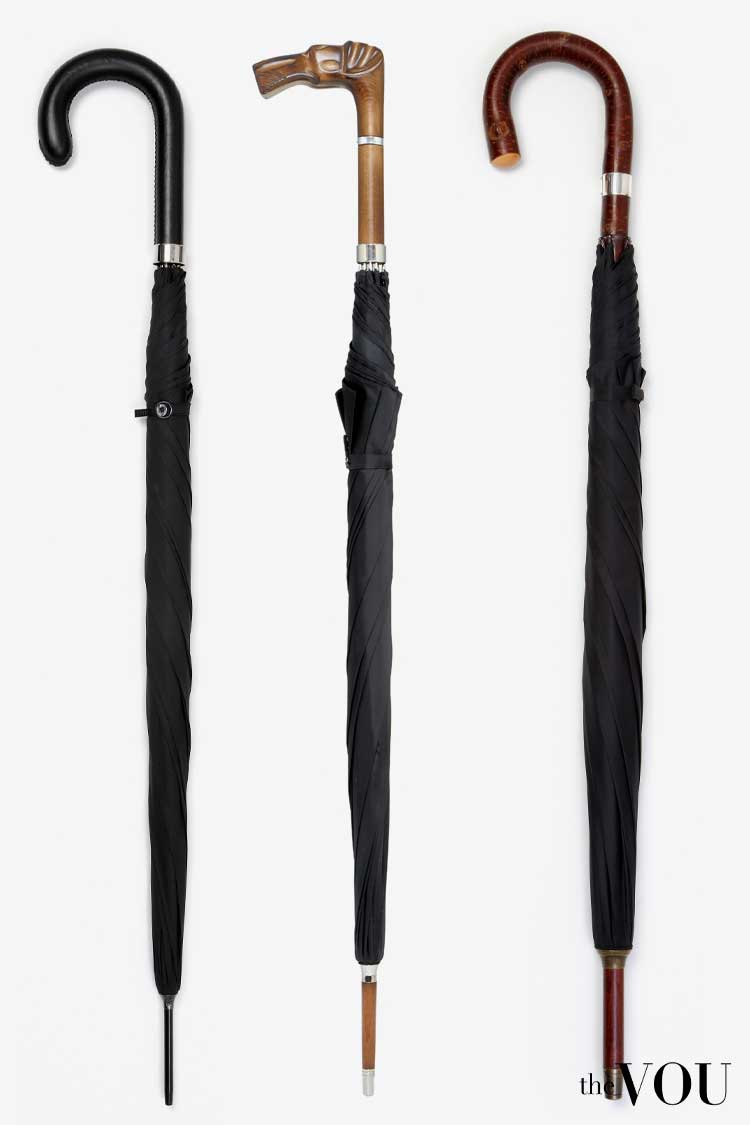
| Key Features of a Quality Umbrella | |
|---|---|
| When selecting an umbrella, several features are prioritised to ensure it meets the durability, functionality, and style standards. | |
| Material | The canopy should be high-density fabric like Pongee to ensure water resistance and durability. The frame is ideally crafted from strong materials such as fibreglass or steel to withstand wind. |
| Design | Classic designs and colours, such as solid blacks, dark blues, or traditional British tan, are preferred for their timeless appeal and versatility. |
| Mechanism | A smooth, reliable opening and closing mechanism is essential for convenience and longevity. Automatic mechanisms are appreciated for their ease of use. |
| Handle | The handle is a functional part of the umbrella and a style statement. Wooden and leather-wrapped handles are favoured for their elegance and comfort. |
Selecting Your Umbrella
Choosing the right umbrella goes beyond its rain-protective value – it’s more about complementing your overall look and style.
- Consider the size of the umbrella when open and closed. A compact, foldable design may be preferred for those on the go, while a classic stick umbrella may be chosen for its elegance at more formal occasions.
- The quality of construction is paramount. An umbrella that can withstand the test of time is a valuable accessory.
- Opt for an umbrella with a tasteful, understated design that complements your old-money outerwear and suits collection.
Recommended Brands
- James Smith & Sons
One of the oldest umbrella makers, offering a range of handcrafted umbrellas known for their quality and classic style. - Swaine Adeney Brigg
They are renowned for their luxury umbrellas, made with meticulous craftsmanship and available in various elegant designs. - Davek
Offers umbrellas that combine strength, durability, and style with a focus on modern technology and materials. - Fulton Umbrellas
Known for their reliability and the choice of the British Royal Family, Fulton provides a range of umbrellas that blend functionality with classic designs.
Old Money Style Grooming
Now, let’s address the role of grooming and personal care in the Old Money aesthetic and how attention to these details contributes to the overall sense of refinement and sophistication that defines this style.
While fashion choices are central to the Old Money look, the importance of grooming and self-care cannot be overstated.
The Old Money approach to personal care is rooted in the idea that looking one’s best is a matter of respect for oneself and others and that the details of one’s appearance reflect one’s character and values.
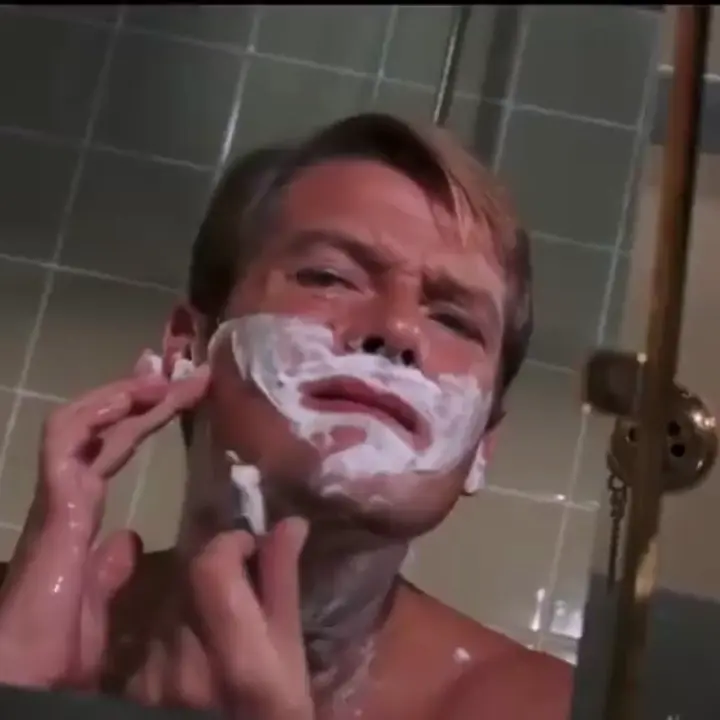
One critical aspect of old-money grooming is focusing on classic, timeless hairstyles that prioritise neatness, simplicity, and a certain degree of polish.
For men, this might mean a well-trimmed, side-parted hairstyle or a clean, close crop, while women should favour elegant updos, soft waves, or sleek, straightened locks.
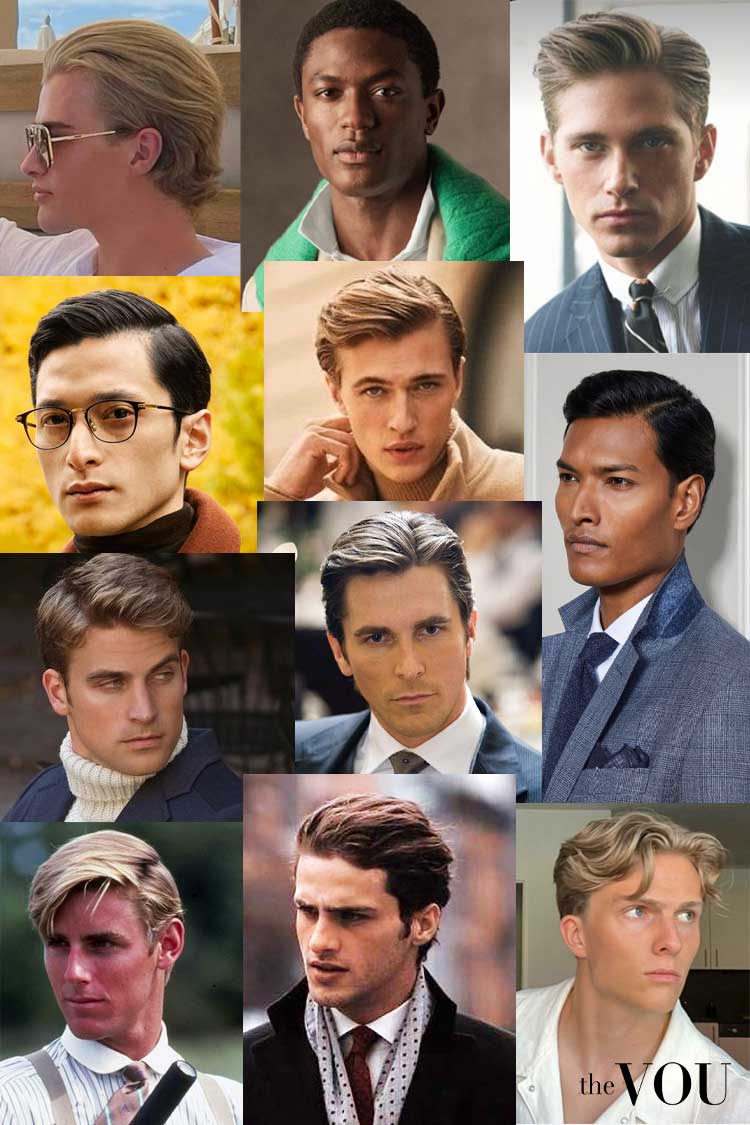
Skincare is another essential facet of the Old Money lifestyle.
The focus is on healthy, glowing skin through good habits, proper nutrition, and high-quality, often natural or organic skincare products.
The Old Money aesthetic eschews heavy, conspicuous makeup in favour of a more natural, understated look emphasising one’s innate beauty and radiance.
Attention to detail is paramount in old-money grooming, focusing on the small touches that contribute to an overall sense of polish and refinement, such as well-manicured nails, carefully groomed eyebrows, or subtle makeup.
The goal is not to create a mask or a persona but to present the best, most authentic version of oneself.
Old Money gentlemen tend to favour timeless fragrances like Creed Green Irish Tweed, or Acqua di Parma Colonia, known for their sophistication and enduring appeal.
The key is to choose a scent that complements one’s natural essence without overpowering or drawing undue attention.
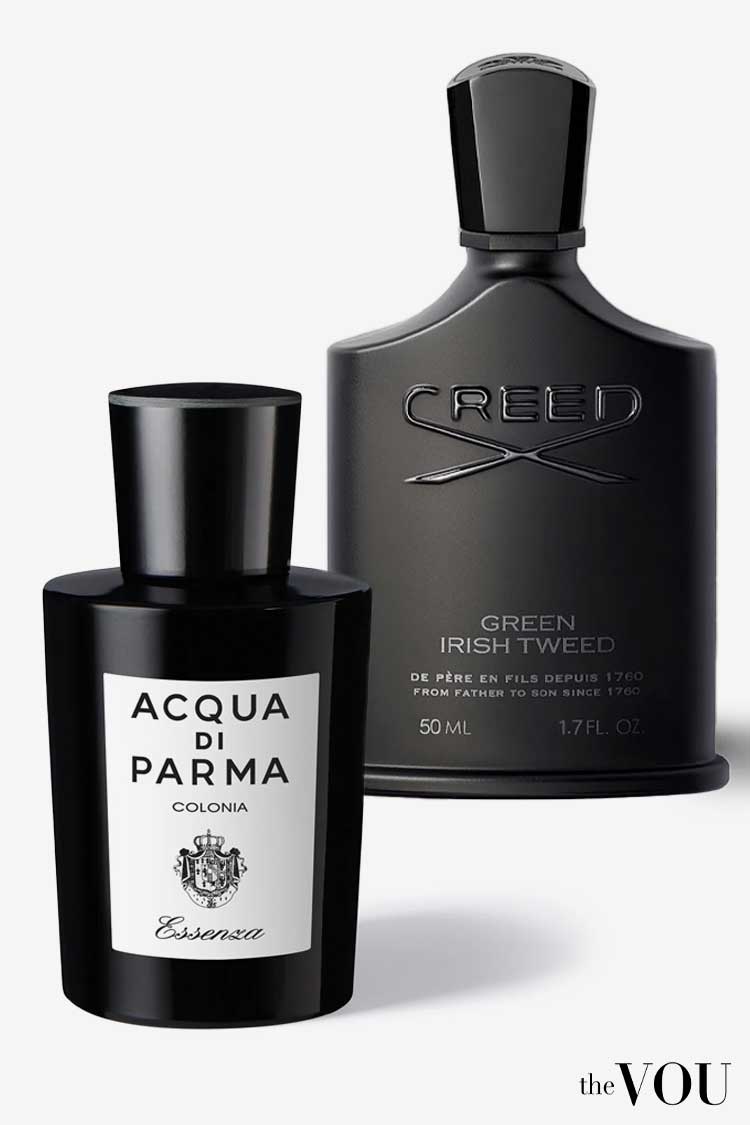
The Old Money approach to grooming and personal care also extends to one’s overall lifestyle and habits.
Regular exercise, a balanced diet, and good sleep hygiene are all essential components of the old money ethos, reflecting a commitment to health, vitality, and longevity.
By caring for themselves from the inside out, old-money individuals cultivate a sense of well-being and self-assurance that radiates through their appearance and demeanour.
Iconic figures like Audrey Hepburn and Cary Grant embodied the old-money approach to grooming and personal care, with their impeccable sense of style and commitment to presenting a polished, refined image to the world.
Old Money Style Icons
The Duke of Windsor and Cary Grant are two old-money iconic figures who epitomised this aesthetic in their respective eras.
The Duke of Windsor
The Duke of Windsor, formerly King Edward VIII before his abdication in 1936, was renowned for his impeccable taste and sartorial influence.
As a young prince, he popularised trends like the Windsor knot (a wide, triangular tie knot) and the Prince of Wales check (a glen plaid pattern).
His style was characterised by a mix of classic British tailoring and bold, modern touches, such as his preference for double-breasted suits and his experimentation with colour and pattern.
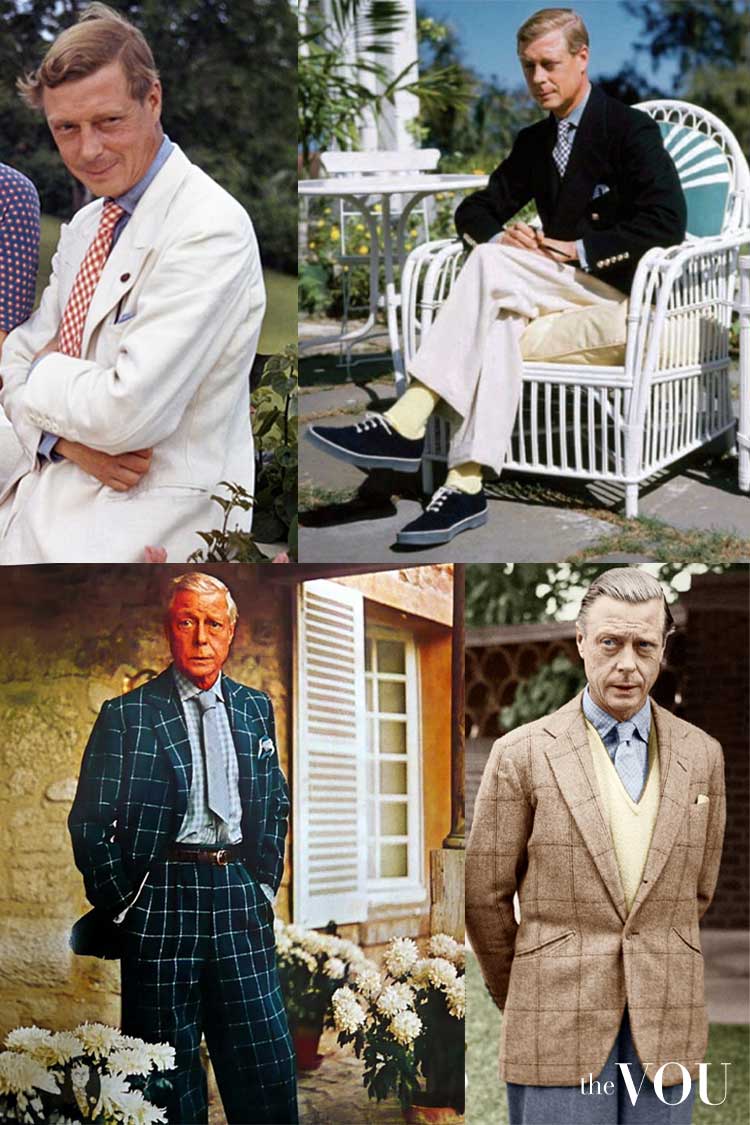
The Duke’s wardrobe was a study in the art of dressing well, focusing on quality, fit, and attention to detail.
He favoured bespoke suits from Savile Row tailors like Scholte and Huntsman, and his accessories – from his silk pocket squares to his carefully chosen cufflinks – always added a touch of understated elegance.
Even in exile, the Duke remained a fashion icon, embodying the essence of old money style with his timeless, effortless approach to dressing.
Cary Grant
Across the Atlantic, there was Cary Grant, a British-American actor who rose to prominence in the 1930s and remained a Hollywood icon until his retirement in 1966.
Known for his debonair charm, quick wit, and impeccable sense of style, Grant became a symbol of masculine elegance and sophistication, embodying the essence of old money aesthetics on and off the screen.
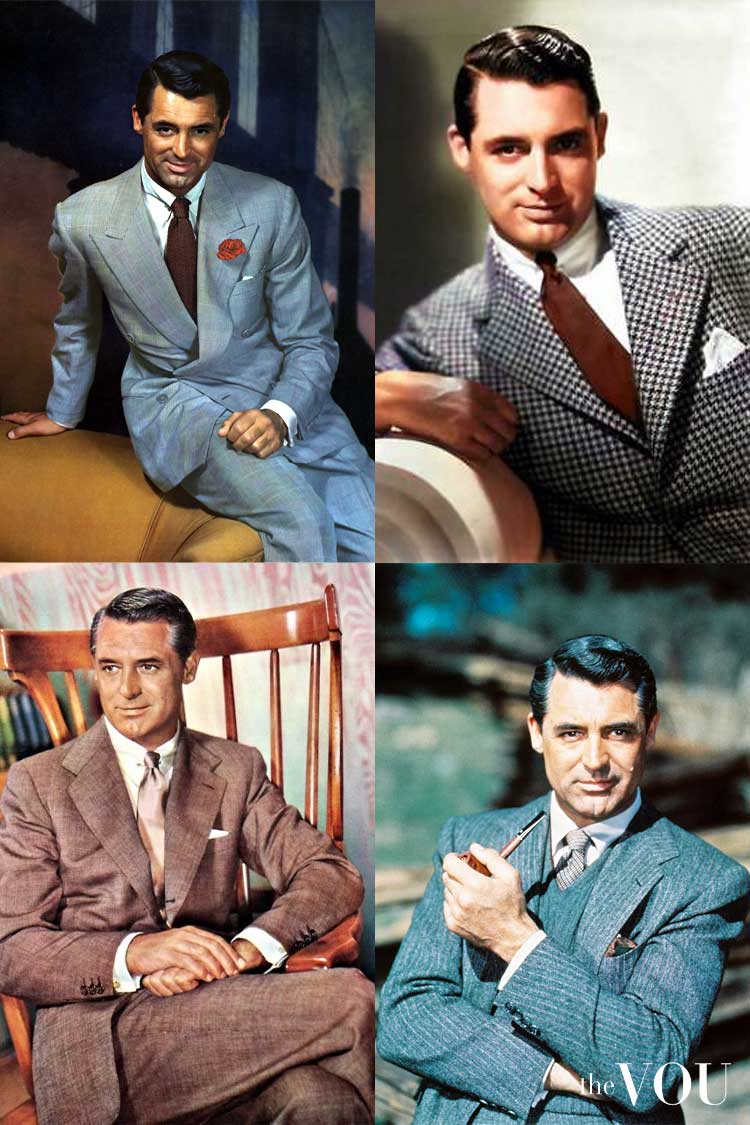
Throughout his career, Grant was celebrated for his sartorial choices, which blended classic British tailoring with a distinctly American sense of ease and informality.
His wardrobe was characterised by perfectly fitted suits, crisp white shirts, and understated accessories, all combined to create an image of effortless refinement and timeless style.
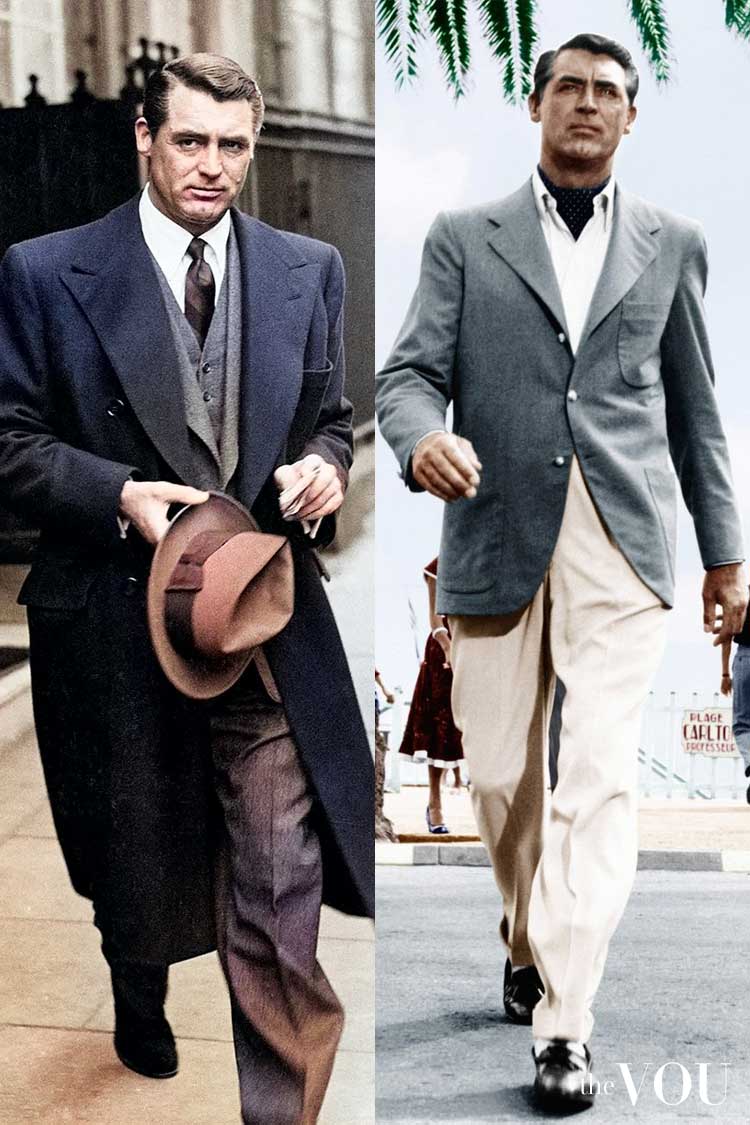
One of Grant’s most iconic fashion moments came in the 1955 film “To Catch a Thief,” where he starred opposite Grace Kelly.
In the film, Grant’s character, a retired cat burglar, epitomises Riviera chic, sporting impeccably tailored suits, casual yet elegant sportswear, and even a daring (for the time) pair of swim trunks.
The film’s costume design, overseen by the legendary Edith Head, has become a touchstone for men’s resort wear and continues to inspire fashion enthusiasts.
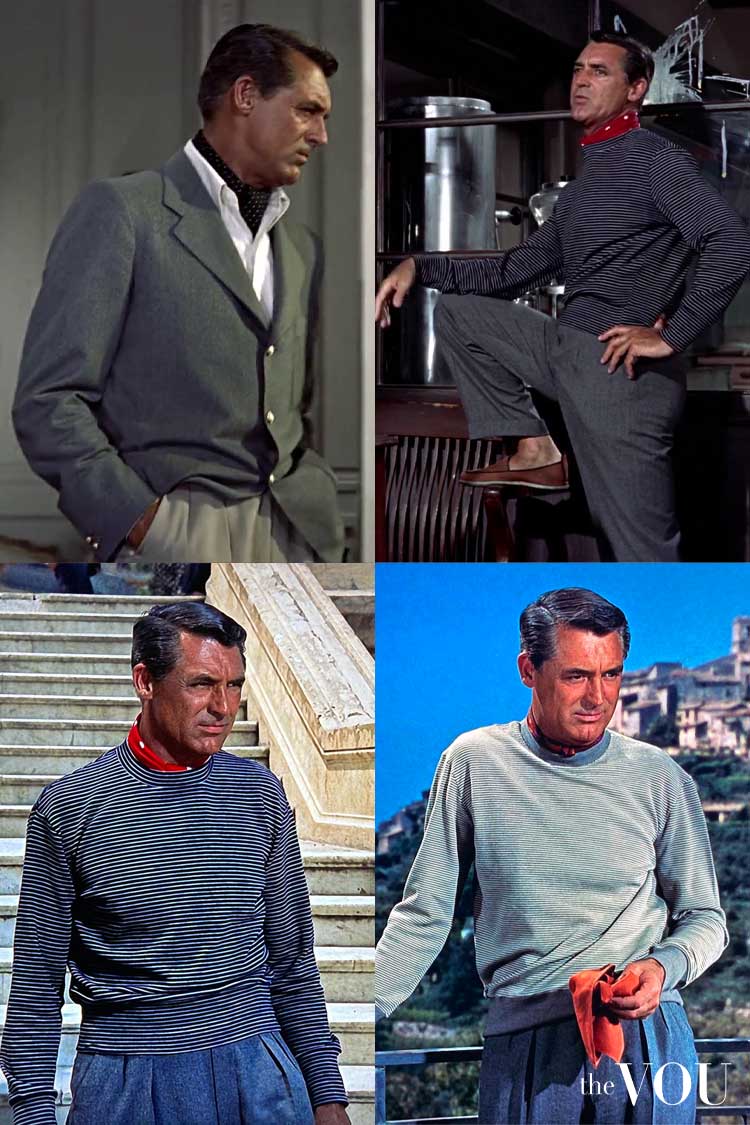
Off stage, Grant was a longtime client of the famed Savile Row tailoring firm Kilgour, French & Stanbury, which crafted many of his most iconic suits and overcoats.
Grant was also known for his love of classic accessories, such as his signature grey fedora and his ever-present sunglasses, which lent an air of mystery and allure to his charismatic persona.
Beyond his sartorial choices, Grant embodied many other qualities associated with the old money style, such as his impeccable grooming, cultured tastes, and gentlemanly demeanour.
Grant was a true icon of his era, representing the height of masculine sophistication and setting a standard for elegance and refinement that continues to inspire men today.
Old Money in the East
Concurrent with the American and European Old Money styles, similar aristocratic looks emerged from Japan and India, sporting the same principles of elegance, quality, and heritage.
Despite the visual differences and unique cultural contexts, the Old Money styles of Japan, India, and the Western world share the same principles.
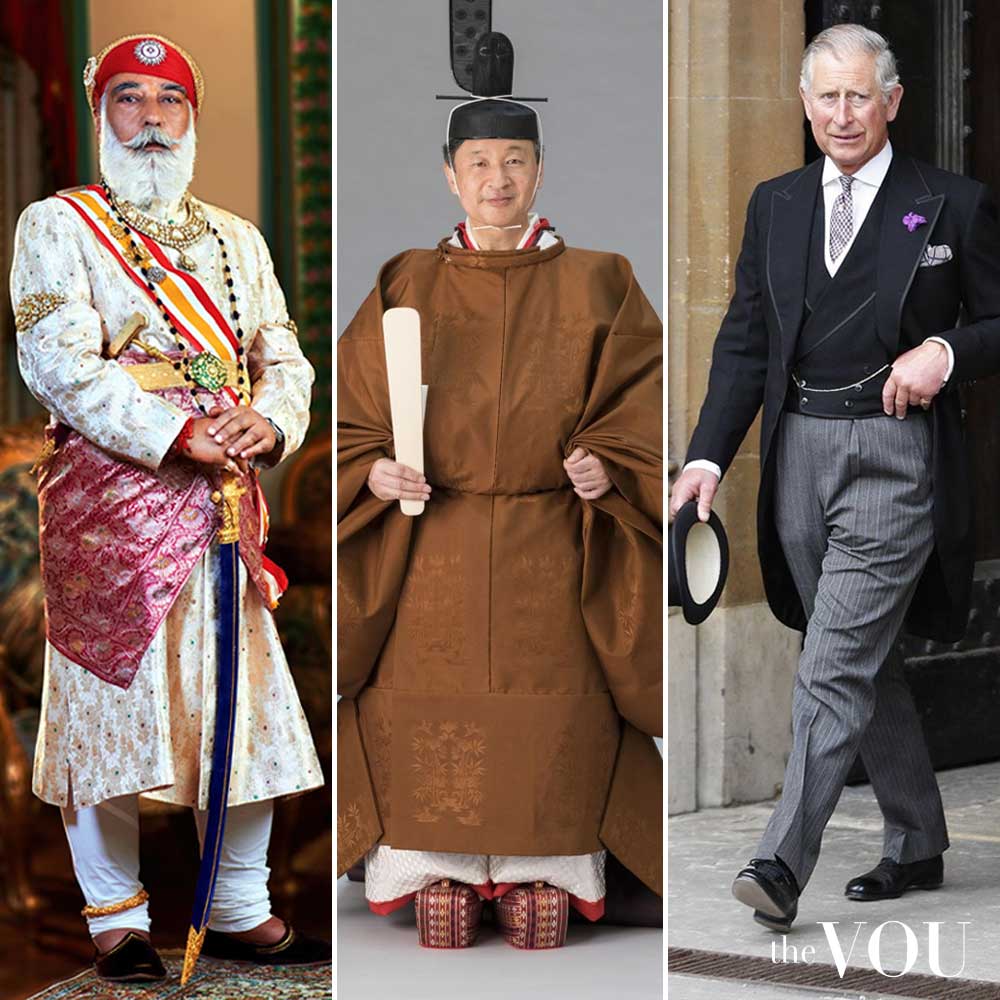
Yet, both looks emphasise heritage, quality, and the art of dressing as an expression of identity and status.
Each places a high value on heritage and quality, using garments, footwear, and accessories as links to family history and tradition.
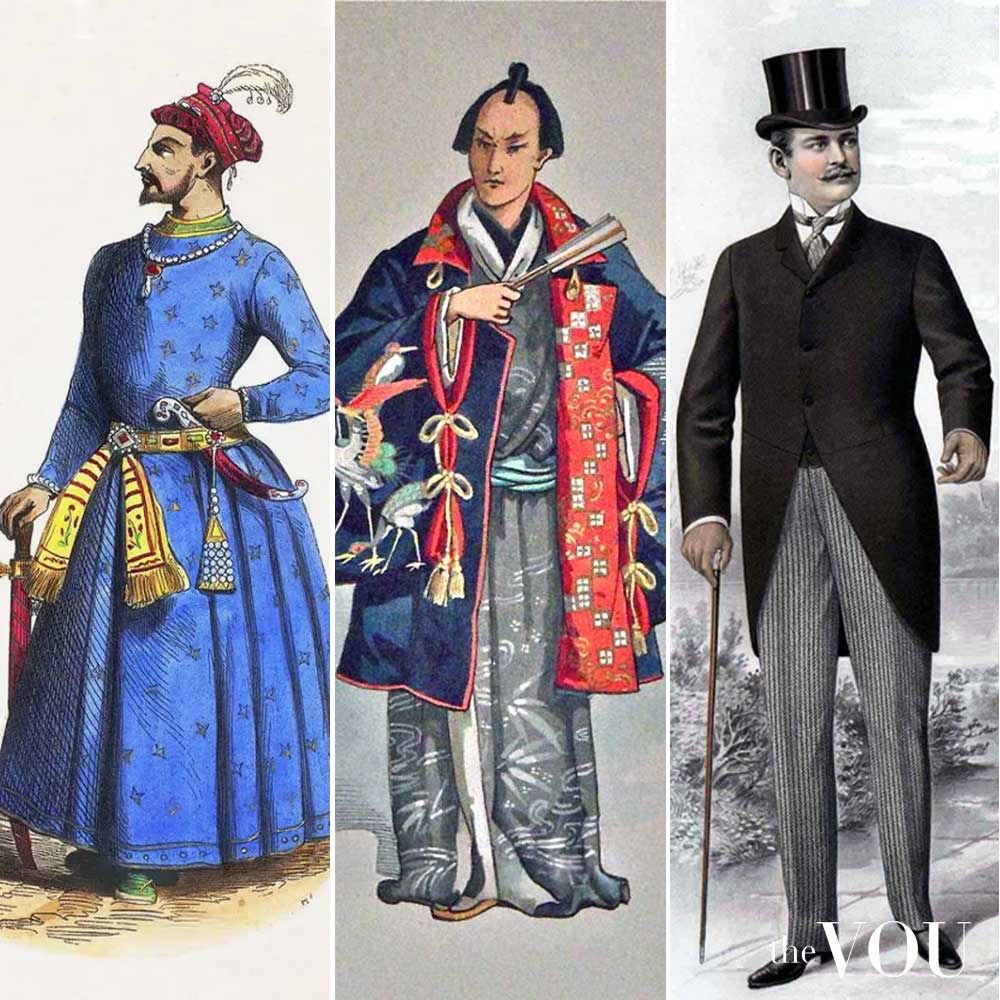
Quality and craftsmanship are paramount, reflecting a deep respect for the art of fashion and the skills of artisans.
Additionally, fashion is a subtle marker of social status, conveying messages about identity, values, and belonging without needing ostentatious display.
Japanese Old Money
In Japan, the kimono – particularly those worn by the samurai class – embodies a philosophy of elegance, status, and tradition that parallels the Old Money style.
With intricate designs, rich fabrics, and meticulous craftsmanship, the kimono marks social status and identity in Japanese culture.

The samurai class, much like the European aristocracy, adhered to strict codes of conduct and dress, favouring garments that reflected their values of honour, discipline, and refinement.
The kimono’s subtle beauty, understated colours, and patterns with deep symbolic meanings mirror the old money’s preference for garments that convey status without ostentation.
Indian Old Money
Indian royal families have long been patrons of the country’s rich textile traditions, favouring luxurious fabrics like silk and muslin adorned with intricate handwoven patterns and embroidery.
The preference of Indian aristocracy for handwoven textiles showcases a commitment to craftsmanship and quality that aligns with old-money values.

Garments like the sherwani, a long coat-like garment worn by Indian royalty and nobility, exemplify this blend of luxury, tradition, and understated elegance.
The rich colours and elaborate patterns in Indian aristocratic attire contrast with the softened palette of the Western old-money style.
Old Money Mastery with The VOU
Gentlemen, crafting an old-money look is all about paying attention to the finer details, and your choice of dress shoes plays a pivotal role.
Whether you are on a budget or looking to splurge, our expert stylists are dedicated to helping you navigate the world of classic footwear and ensure that you always step out in style.
From a formal gala to a business meeting, or a relaxed social gathering, we’ll guide you in selecting the perfect pair of dress shoes to complement your ensemble.
From the timeless elegance of Oxfords to the laid-back sophistication of loafers, we’ll help you build a shoe collection that reflects your unique personality and aspirations.
Find your unique style with The VOU’s styling services today and embark on a journey of sartorial discovery.
Until next time, keep putting your best foot forward!



Love this, finally able to understand the origin of the style, the connections with Preppy, Sloane, and much more. Great work, I wonder if you guys have something like a monthly styling subscription pack? All the best from Florida, US!
Hey Laurent and Ru, this is such a great write up guys! I never knew why it was called old money but now it makes sense. I’d love a comparative article between old and new money fashion, covering everything from the history of the styles to some very relevant outfit ideas. Many thanks for these in-depth articles, I’ve sent you an email asking for a custom styling service for me and my business partner, waiting for your reply.
I think this is one of the best guide for young men seeking to achieve that unique look that portrays classic luxury and elegance. It’s an excellent guide that takes the time to explain the origin of the look and what clothes you need to put it together to look wealthy and successful. Thanks a lot to Laurenti and Ru (we met in Oxford a couple of times on Little Clarendon street – hope you remember me) for putting such a masterpiece together, you guys rock!
Hi there fellow old money style connoisseurs, James here from Herne Bay in Auckland, New Zealand. I have a quick question for you all, hope you can help. Do you wear socks with loafers and if yes, in what kind of context? Many thanks in anticipation and also many thanks to the team for making this styling blog for men a reality!
Old readers here, we really appreciate this article to help us decide on classic fashion styles for my man and myself, for a special event. We sent you an email, please reply!
This has to be the best old money guide for stylish gentlemen online by far. I wonder if you would kindly allow us to introduce ourselves to your audience, please?! Petersign is not just another online fashion retailer – we’re on a mission to redefine your shopping experience. We’re obsessed with delivering the leather jackets you’ve been dreaming of and ensuring your absolute satisfaction. Our top-quality products are just the beginning – our exceptional customer support and comprehensive policies set us apart from the rest. We’re fully committed to making your fashion dreams a reality.
Here’s a little confession I have to make…pls don’t judge. I am from Istanbul, Turkey and I’ve always aspired to have a classic fashion style but didn’t know where to start or how. I’ve wasted too much money on fast fashion in the past, only to find myself disappointed with the fit, durability, and overall look. I am not sure what to buy and from where, I remember last time trying on countless blazers at Zara but none of them sit right and had no idea why. By the way, Zara is considered a high end brand here in my country so pls don’t judge. Anyway. now I know so I want to send a heartfelt thank you to The VOU for this article, more than a guide, this is a style manual! Thanks to you I feel like I’ve finally found a blueprint to achieving that unique elegance I’ve been yearning for so I sent you an email regarding your styling service, please pick it up and get back to me so we can work together, I am very excited about creating my new look.
I am a big follower of Jordan Peterson, Andrew Tate (I know, I know they don’t like each other but it’s more about the message they convey) and both insist to act like a man, think like a man and look like a man. For that I’ve been recommended your styling agency by Dilian J. a client of yours advising me to start with the articles to learn more about these classic styles before I place an order. I just want to say that I really appreciate you putting these articles out there for free, for young pups like me to learn how to dress and style and I am ready to order to complete styling package – but I wonder if you can give me a small discount as I am at the beginning of my stylistic journey. Many thanks! RAVI
Great article, VOU! Loved the depth on how men can achieve this classic and yet sophisticated look and the touches on Preppy and BCBG fashion styles for a perfect blend of timeless style and modern elegance.
Can someone that makes less than 3000 euros a month afford to look old money or I guess what I am trying to as is that if I wear cheaper brands people will know?
Got my seasonal color palette for men and I just wanted to say that you guys are freaking amazing. Colors match me to perfection, great compliments, I’ll buy the full styling guide
so if i get this right, old money is not a fashion syle per say but a look? and the fashion styles i can wear to create this kind of rich and wealthy look are preppy, sloane ranger, bcbg and a few others? is this right?
This looks good, too good for where I live. If I dress like this in Mumbai I either get arrested or mugged.
Hey guys, me again. Can you write the same article but for women? I’ve been reading your articles for a long time, since you’re covering boho, goth and all other styles for women but me and my partner really like this old money look and while he’s sorted, I want to know more about how, what, and when to wear it, please help?
This is game changer article for the readers interested in classic fashion styles like the money look and preppy and I can’t wait to see the upcoming one you will deliver for us.
Guys, can I introduce our Eras Tour Dublin Pink Blazer to your readers and clients, please? They can step into the spotlight with our exclusive collection of blazers that blend iconic style with modern sophistication. Whether attending a concert or making a fashion statement in the city, The Eras Tour Dublin Pink Blazer is a statement piece for every occasion. Embrace elegance and boldness with this iconic blazer that promises to turn heads and redefine your look.
Man, this article is pure gold